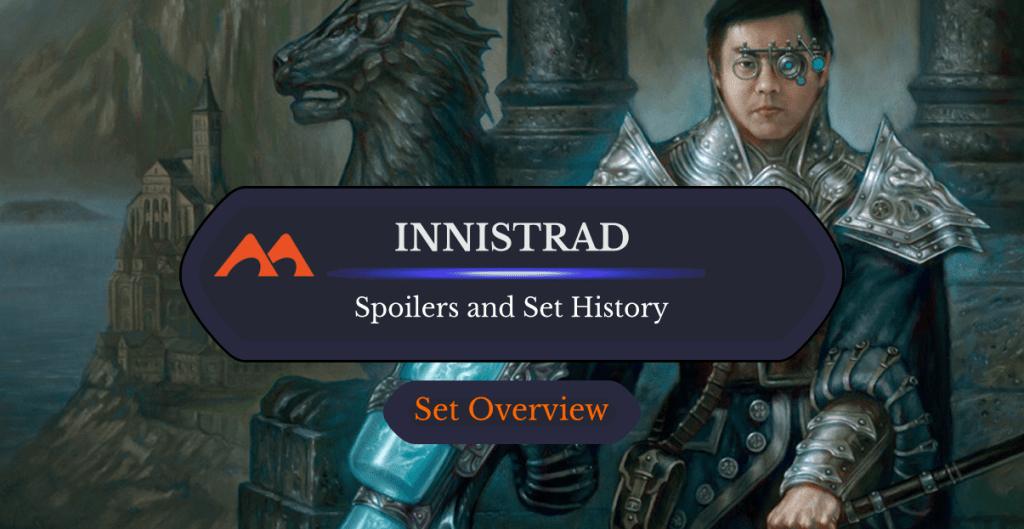
Snapcaster Mage | Illustration by Volkan Baga
Innistrad is one of Magic’s most strongly defined planes. Its gothic horror setting and uniquely designed denizens stand out so clearly that you can probably tell a card is from an Innistrad set by just seeing the artwork. This was actually the whole idea behind the set, to design a plane based on story and flavor first and allow the mechanics of the set to enhance that feeling.
Innistard is the first set where players got to visit the titular plane, and it sure made a great first impression. This set introduced several cards that became major powerhouses in competitive play, as well as some Commander staples like Blasphemous Act.
Let’s look at Magic’s first foray into this world of vampires, werewolves, and all things classic horror.
Innistrad Basic Information
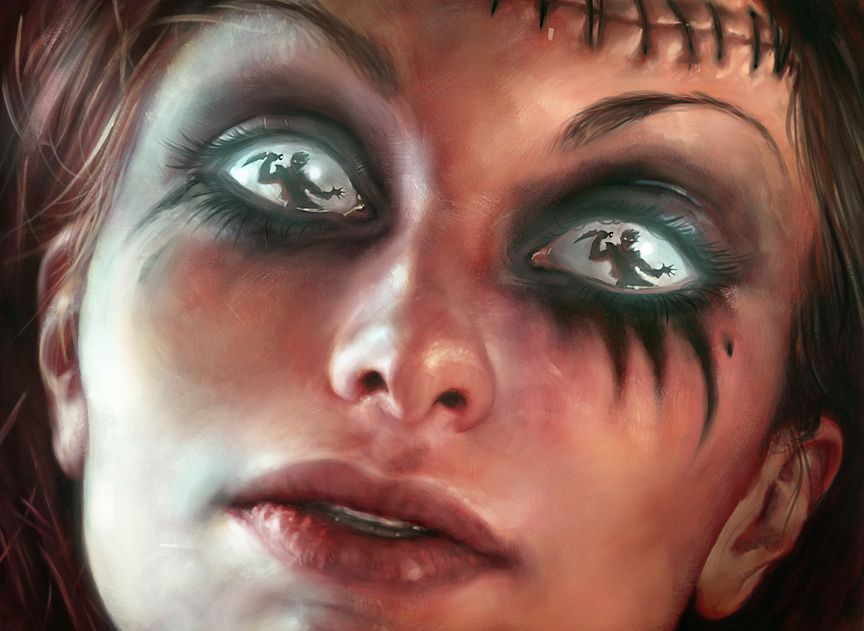
Frightful Delusion | Illustration by Anthony Palumbo
Set Details
| Set Symbol | |
| Set Code | ISD |
| Number of Cards | 264 |
| Rarities | 15 basic lands, 107 commons, 67 commons, 59 rares, 16 mythic rares |
| Mechanics | Double-faced cards, Curses, Graveyard Matters, Typal (Vampires, Zombies, Werewolves, Spirits, and Humans) |
Important Dates
| Event | Date |
|---|---|
| Prerelease Date | September 24-25, 2011 |
| Paper Release Date | September 30, 2011 |
| Launch Party | September 30, 2011 - October 3, 2011 |
| Magic Online Release | October 17, 2011 |
| Game Day | October 29 - 30, 2011 |
About the Set: The Story
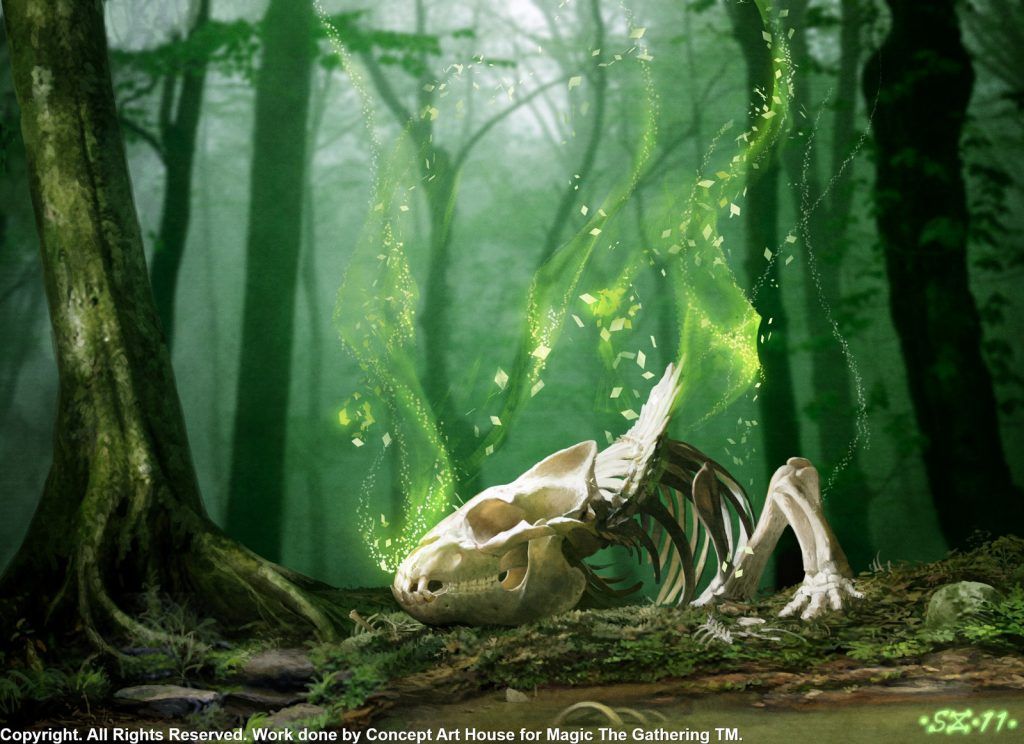
Gnaw to the Bone | Illustration by Scott Chou
Innistrad was the first set to introduce players to the gothic horror-inspired plane of the same name. The plane is populated by all your favorite types of classic horror creatures like vampires, werewolves, Frankenstein-inspired zombies, and spirits.
The set’s story provides some background on the archangel Avacyn who, long before the set takes place, attempted to rid Innistrad of its demons. Avacyn had to fight each demon in single combat to defeat them, but even when their physical form was killed, their essence would simply manifest as a new demon somewhere on the plane. Realizing she couldn’t destroy the demons, Avacyn decided to lock them away.
Avacyn locked the demons she defeated away in a massive chunk of pure silver, which came to be known as the Helvault. She managed to successfully seal most of the plane’s demons away, until she was confronted by the elder demon Griselbrand. She and Griselbrand fought atop the Helvault for days. In a last-ditch effort to defeat him, Avacyn used all of her energy to cast a binding spell that would seal the demon away in the Helvault. However, Griselbrand was expecting this, and thrust his spear through Avacyn at the moment she cast the spell. This caused both Avacyn and the demon to be trapped in the Helvault.
With Avacyn now gone, the humans of Innistrad noticed that the magical wards she had created were beginning to fail. Horrific creatures they had previously been protected from began to appear, attacking the humans now that their guardian angel was gone.
Around the same time, the planeswalker Liliana Vess was attempting to kill the four demons who held a contract with her. She had given the demons her soul in exchange for power and everlasting beauty, but decided she didn’t like having to do their dirty work anymore. Having already killed one of the demons, Kothophed, Liliana came to Innistrad seeking Griselbrand, another of the demons holding her to her contract.
Shortly after arriving on the plane, Liliana was attacked by a planeswalker she’d previously encountered, Garruk Wildspeaker. Liliana had used the powerful dark magic of an artifact called the Chain Veil to curse Garruk. The curse caused Garruk to become violent and hunt down other planeswalkers, but it also had a dampening effect on his powerful nature magic. This curse made it easier for Liliana to best Garruk on Innistrad before continuing her hunt for Griselbrand.
Innistrad’s story would continue in the subsequent sets from the block, Dark Ascension and Avacyn Restored.
Set Mechanics
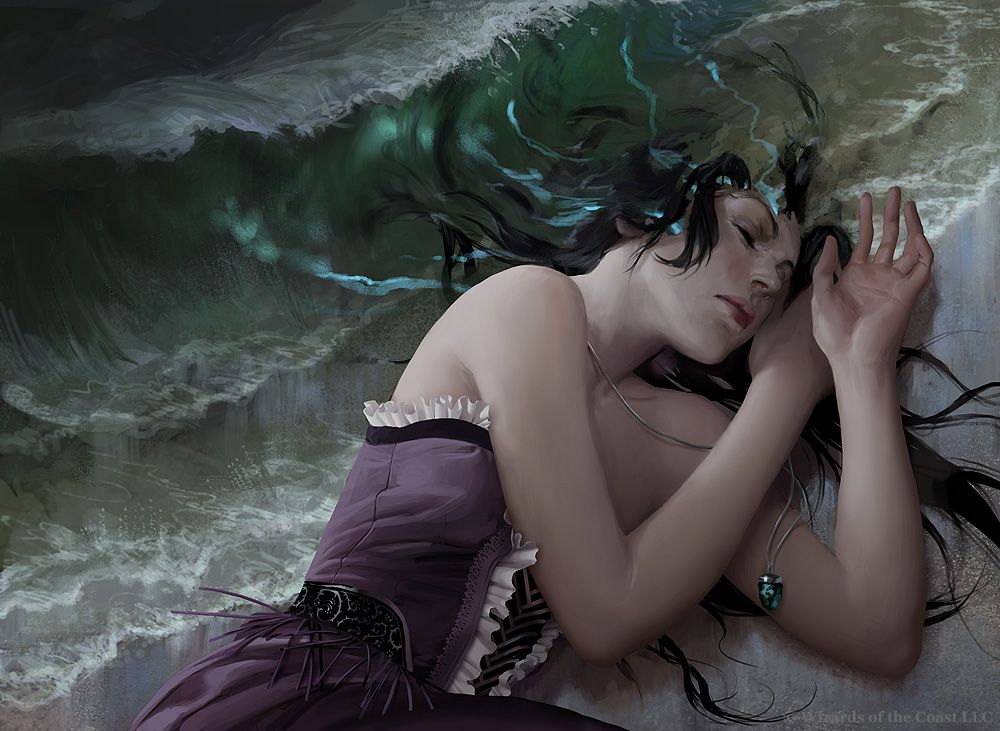
Curse of Oblivion | Illustration by Jana Schirmer & Johannes Voss
Innistrad is an example of what Magic designers call a “top-down” set. The set’s flavor and themes were thought of first, and then its mechanics were specifically designed to fit into that theme. This led to some interesting new mechanics that would return in future visits to the plane and reshape the game in big ways.
Transform
The transform mechanic may have been the biggest shakeup to Magic’s design introduced in Innistrad. This was the first time Magic cards had two faces, instead of a card face and the generic card back. This design element has since grown beyond the original transform mechanic and has also come been used on modal double-faced cards.
The transformation mechanic was meant to represent the residents of Innistrad that went through some sort of horrific transformation. Whether that was werewolves like Kruin Outlaw // Terror of Kruin Pass, or the result of horrific experiments like Delver of Secrets // Insectile Aberration, a clear reference to The Fly.
Each transform card also had a new sun symbol added to the top left corner of the card’s front and a moon symbol added to the top left of its back. This would indicate which side was preceded and which followed the transformation.
Additionally, some boosters included checklist cards which could be slotted into a deck in place of a double-faced card. This way, players who weren’t using opaque card sleeves could replace the double-faced card in their deck, indicating on the checklist which card it was meant to be. They could then replace the checklist with the actual card once they cast it and it entered the battlefield.
Curses
This set also was the first to introduce the enchantment subtype of curse. A curse is a card that’s used to enchant a player and stick them with an effect that would negatively impact their game. For example, Curse of Death's Hold gives the enchanted player’s creatures -1/-1.
Like transform, curse cards became a bigger part of the game in the future, and they’re an especially fun inclusion in the Commander format. Commander 2017 gave us a cycle of curses with cards like Curse of Bounty and Curse of Verbosity which each feature the same man nicknamed The Unluckiest. Each card depicts this character on a different plane suffering a different terrible fate.
On a recent visit to Innistrad, the Midnight Hunt Commander specific cards gave us Lynde, Cheerful Tormentor, a curse themed commander who is torturing a doll of The Unluckiest in its artwork.
Typal Mechanics
Innistrad focused on five main creature types in this set, each belonging to one of the allied color pairs. Spirits were Azorius, zombies were Dimir, vampires were Boros, werewolves were Gruul, and humans were Selesnya. This gave the set very clear draft archetypes, making it a good fit for players looking to get into Limited formats.
Within these five different types, there were cards like Moonmist or Olivia Voldaren which were made to synergize or interact with specific creature types in the set. Future sets on Innistrad, even outside the initial block, would keep these typal colors consistent, giving the plane a very cohesive feel across multiple visits.
Flashback
Cards with flashback can be cast for their flashback cost from your graveyard, and they’re then exiled from the game. This gives you a chance to cast the same spell twice or cast a spell you were forced to mill or discard. The mechanic appeared in a few forms in this set. It appeared in mono-color cards like Cackling Counterpart, cards with an allied color identity like Feeling of Dread, and cards with enemy color identities like Unburial Rites.
Morbid
Morbid was a new ability word. Ability words, like landfall, serve as shorthand to remember what triggers these abilities. For morbid, it’s triggered by a creature dying during a specific turn. Cards like Reaper from the Abyss had morbid abilities that could be triggered each turn, whereas instants and sorceries like Brimstone Volley had morbid abilities that have a supplemental or replacement ability based on whether a creature died the turn it was played.
Card Gallery
White Cards
Blue Cards
Black Cards
Red Cards
Green Cards
Multicolor Cards
Colorless Cards
Notable Cards
Snapcaster Mage
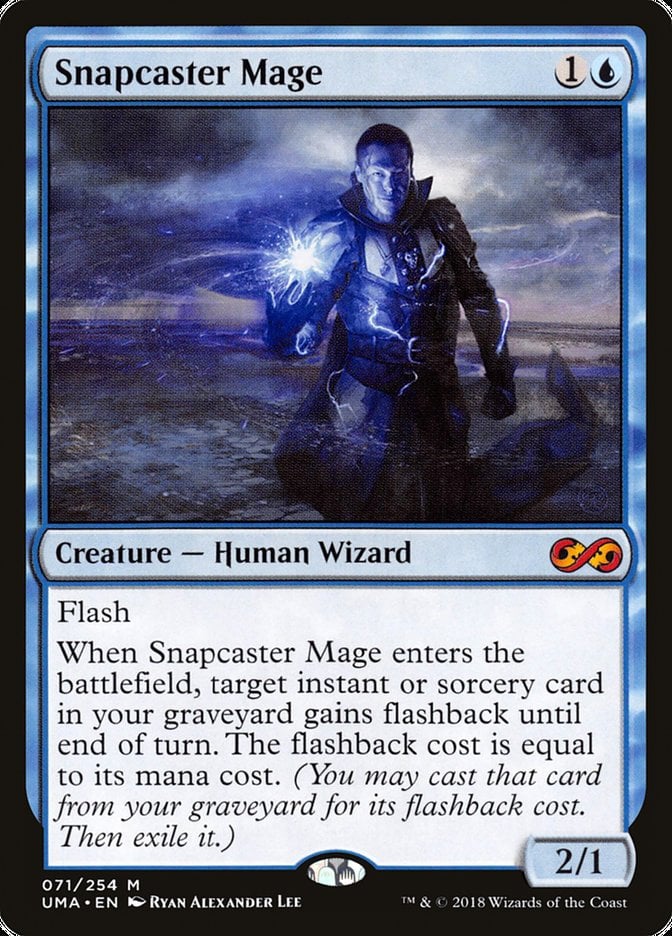
Snapcaster Mage’s ability to give an instant or sorcery flashback can be incredibly helpful if you missed a chance to play an important spell or just want to cast it again. Aside from being a powerful creature, Snapcaster Mage is also an interesting piece of Magic’s history, as it’s also a Magic Invitational prize card created by Invitational winner Tiago Chan who also serves as the inspiration for the card’s original art.
Delver of Secrets

Delver of Secrets is a great piece for any blue tempo deck because it can become a pretty big threat for a very low cost. It recently enjoyed a bit of a comeback when it returned to Standard with Innistrad: Midnight Hunt.
Liliana of the Veil
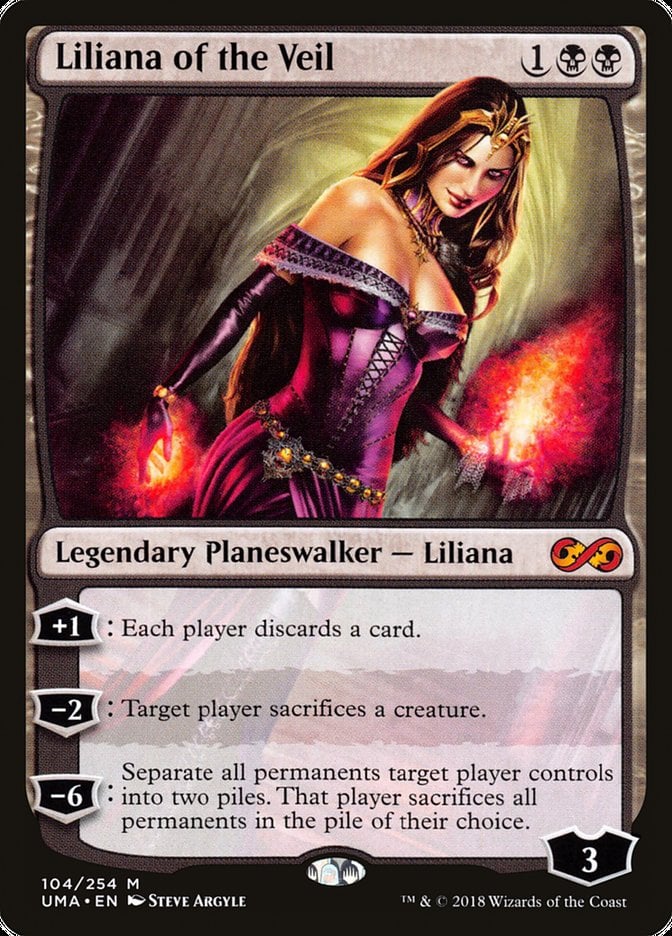
Although not as infamous as it once was, Liliana of the Veil was almost as powerful and popular as Jace, the Mind Sculptor used to be. This card was a Modern staple for a good amount of time, especially when planeswalker removal was far less common than it is now.
Laboratory Maniac
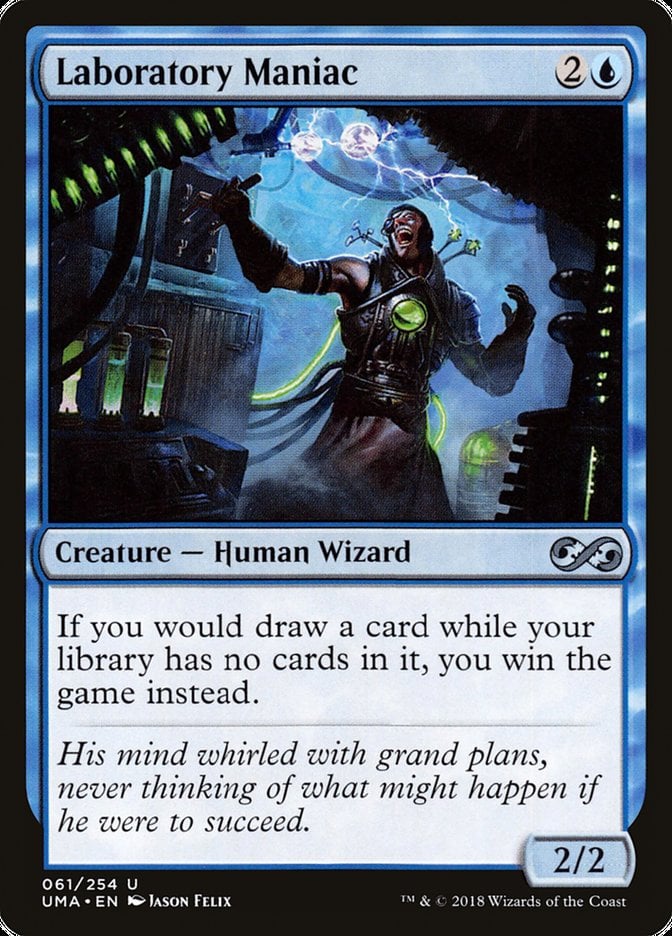
Laboratory Maniac, sometimes shortened to Lab Man, was the first alternate win con for decking yourself. Though Thassa's Oracle or Thoracle is a much more common version of this win con, you may still hear older players refer to this type of win as a “Lab Man” effect.
Available Products
Draft Booster Packs

The main product released for Innistrad were the typical 15-card draft booster packs, which at the time were just called booster packs. These could be bought individually or in boxes of 36.
- The Innistrad set contains 264 cards (107 common, 67 uncommon, 59 rare, 16 mythic rare, and 15 basic land).
Innistrad Fat Pack
The Innistrad Fat Pack was a bundle that came with 9 booster packs and 70 basic lands. The pack came with a hard cardboard box, the same as bundles do now, where you could store your cards. It also came with a spindown life counter, two deck boxes, and a player’s guide. You can still find these on Amazon, but seeing as they cost only about $200 less than a full booster box, they aren’t really worth it as the price of each individual booster here is about doubled.
6-Card Booster Packs
Project Booster Fun wasn’t the first time Wizards of the Coast experimented with other styles of booster packs. Back in the day, they also sold 6-card booster packs. While I can’t find an exact price of what these cost, old forum posts claim they cost more than half the price of a regular booster, despite having less than half the cards.
These boosters also didn’t guarantee you’d pull a rare card. Instead there was a slot that had an equal chance of being a rare, common, or uncommon slot. From what I can tell based on these old discussions, these booster packs were a bit of a contentious topic amongst fans. There are also the typical “if you don’t like it, don’t buy it,” comments that remind you the conversation surrounding the game hasn’t really changed all that much over the years.
Intro Packs

Intro Packs were preconstructed decks that would release alongside sets. Innistrad had five decks: Carnival of Blood, a Rakdos vampire deck; Deathly Dominion, a Golgari deck focused on the morbid mechanic; Eldritch Onslaught, an Izzet deck focused on flashback; Repel the Dark, a Selesnya humans deck; and Spectral Legions, an Azorius spirits deck.
Strangely enough, despite having five creature types that the main set focused on, not all five were represented in the decks themselves as there were no werewolves. It’s possible that the Intro Packs intentionally stayed away from including double-faced cards to be more user friendly for new players, but it still seems like a strange choice for a top-down set to abandon one of its most flavorful types in these Intro Packs.
Event Decks
Innistrad also had two Event Decks. Event Decks are also preconstructed decks, but unlike Intro Packs, they were designed for experienced players and more competitive play. This means they usually cost more and include more powerful cards. The two Event Decks for Innistrad were a Sultai graveyard matters deck called Deathfed, and a mono-white aggro humans deck called Hold the Line.
Wrap Up
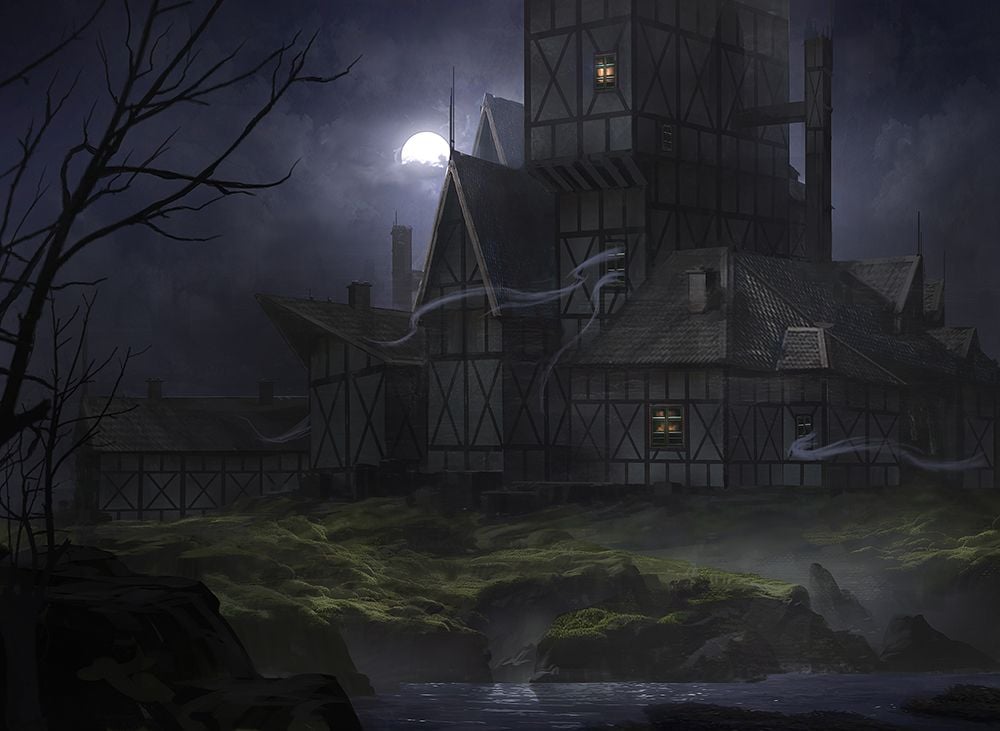
Moorland Haunt | Illustration by James Paick
Innistrad set out to be a flavorful set that captured the feeling of gothic horror, and in that regard it was incredibly successful. It also did a good job creating a fun draft environment, although some players aren’t a fan of sets that present such clear directions for drafting. It also introduced some pretty major elements of the plane’s lore, like Avacyn, and some iconic cards like Liliana of the Veil and Snapcaster Mage.
Are you a fan of Innistrad as a Draft set? Would you like to see future visits to the plane explore new typal groupings or stick to the same ones established here? Let me know in the comments or on Draftsim’s Twitter.
Thank you for reading and I’ll see you next time!
Note: this post contains affiliate links. If you use these links to make a purchase, you’ll help Draftsim continue to provide awesome free articles and apps.
Follow Draftsim for awesome articles and set updates: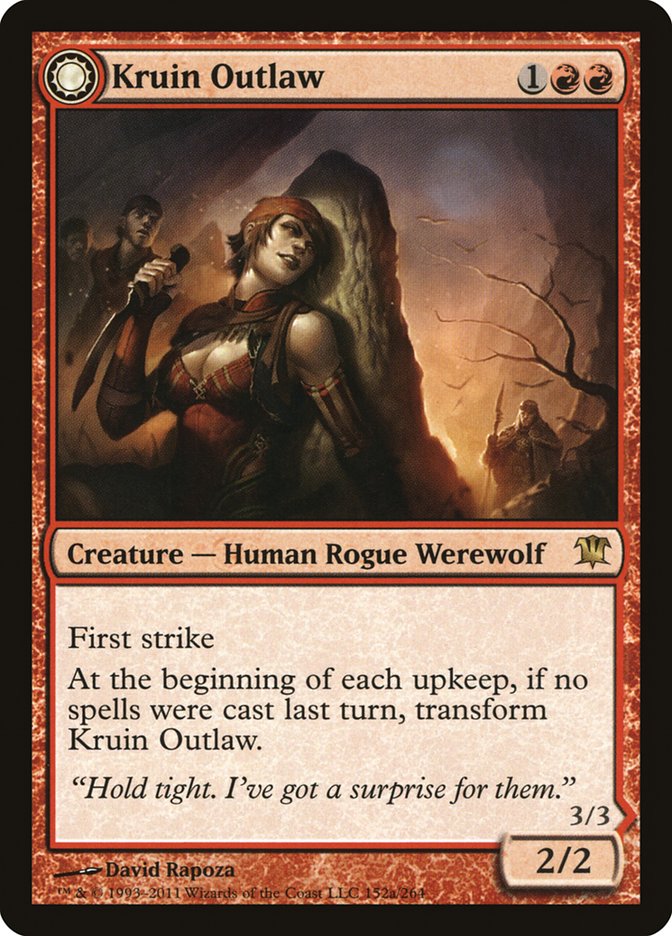

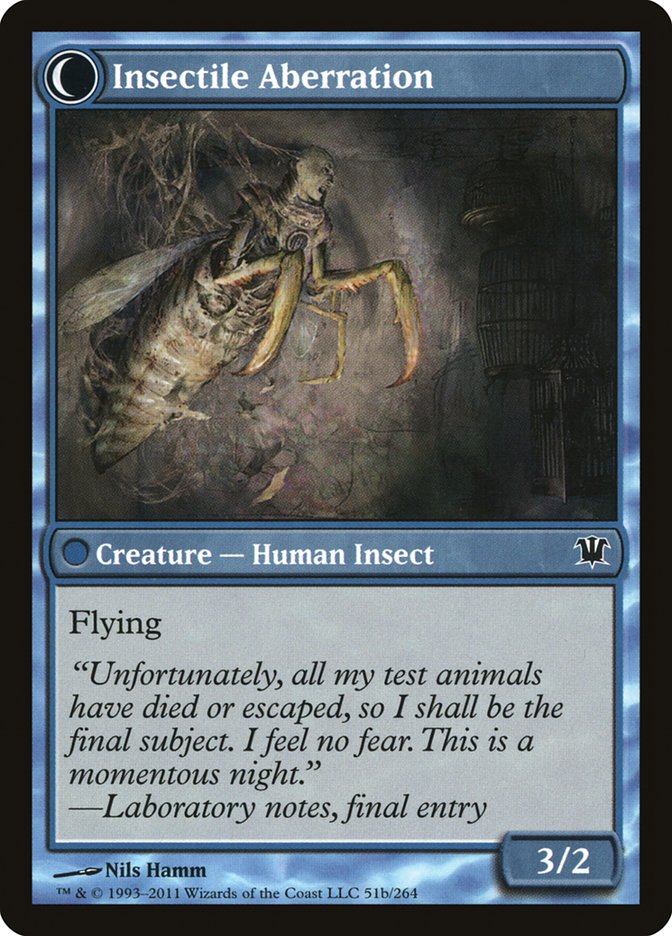
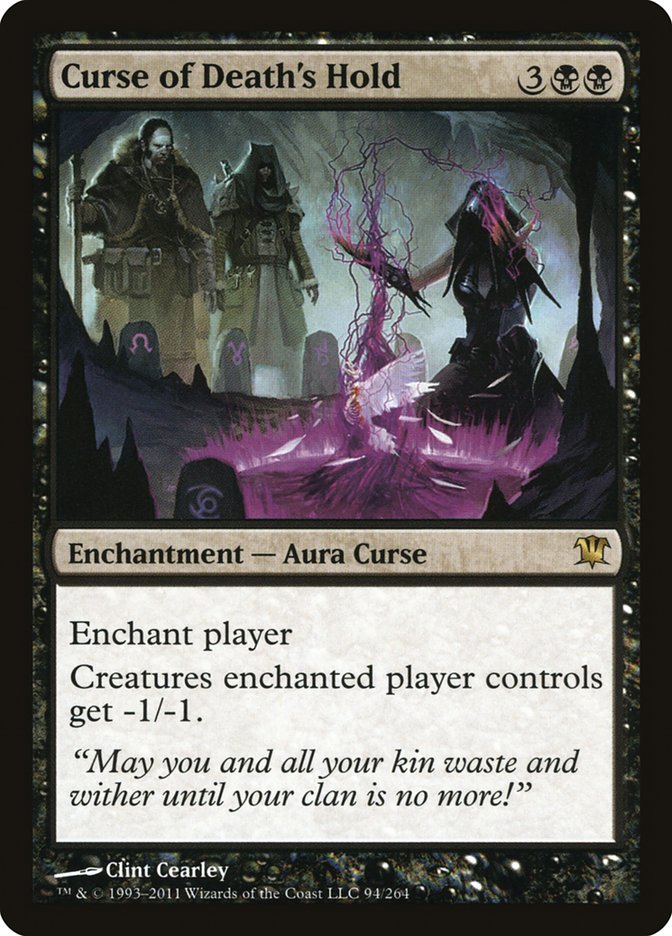

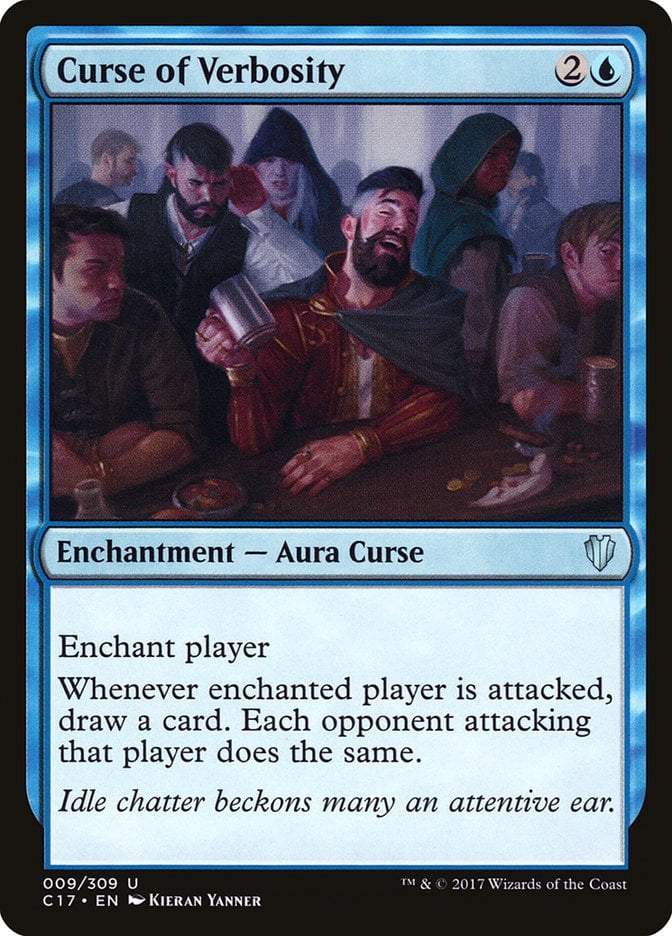

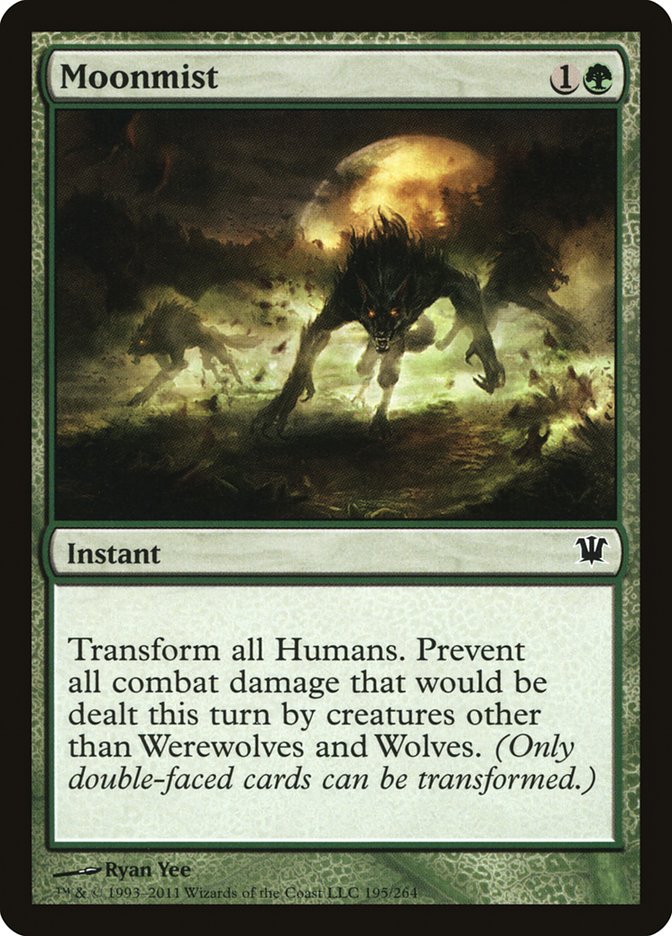
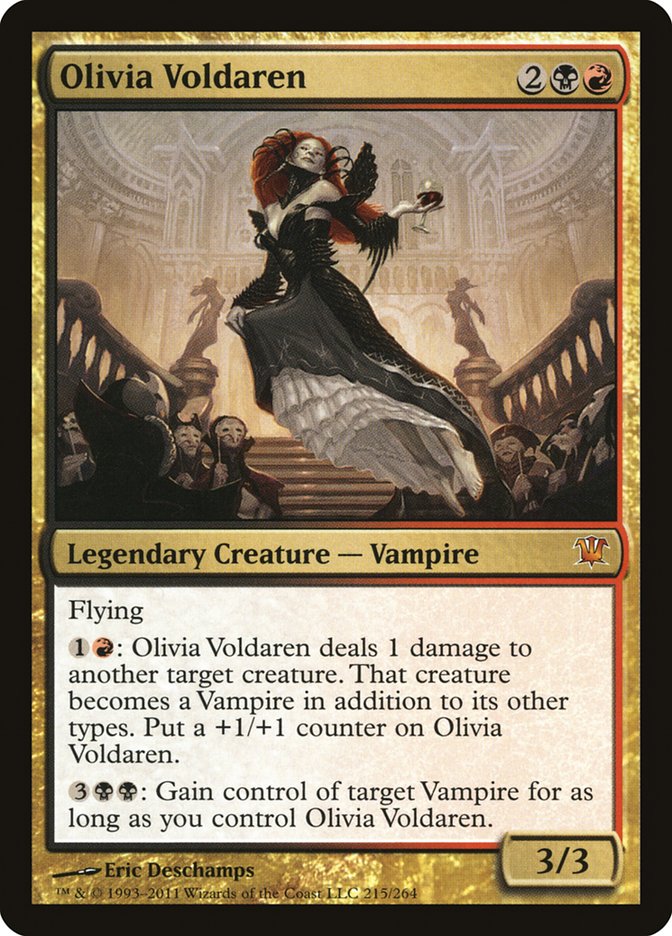
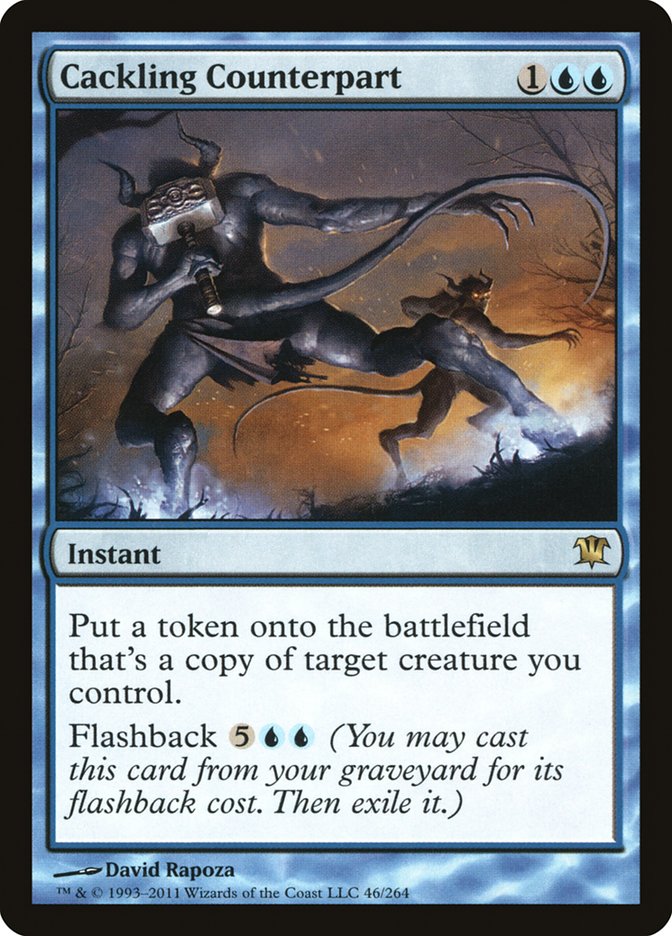


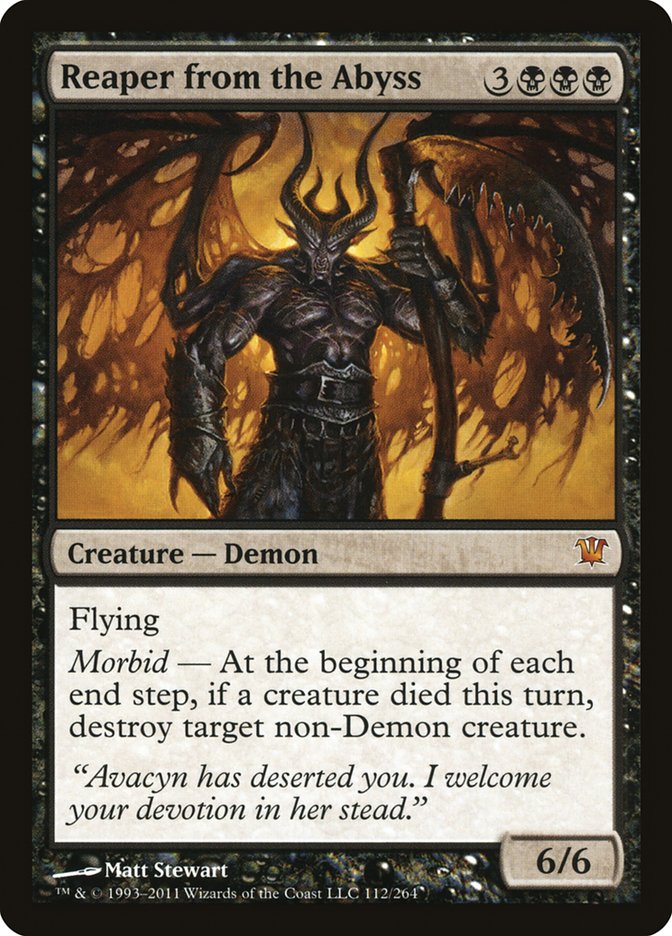

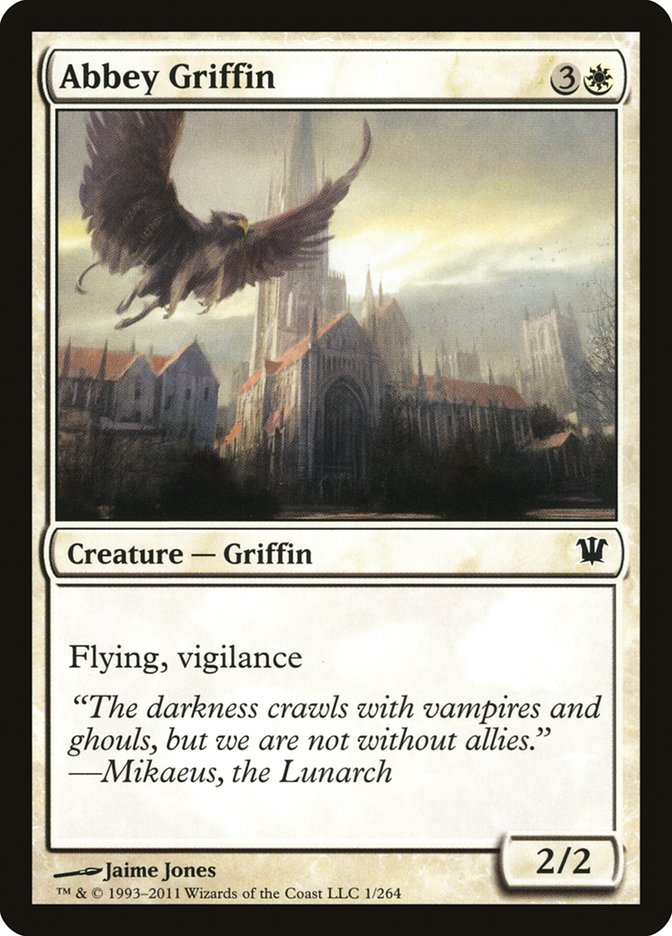

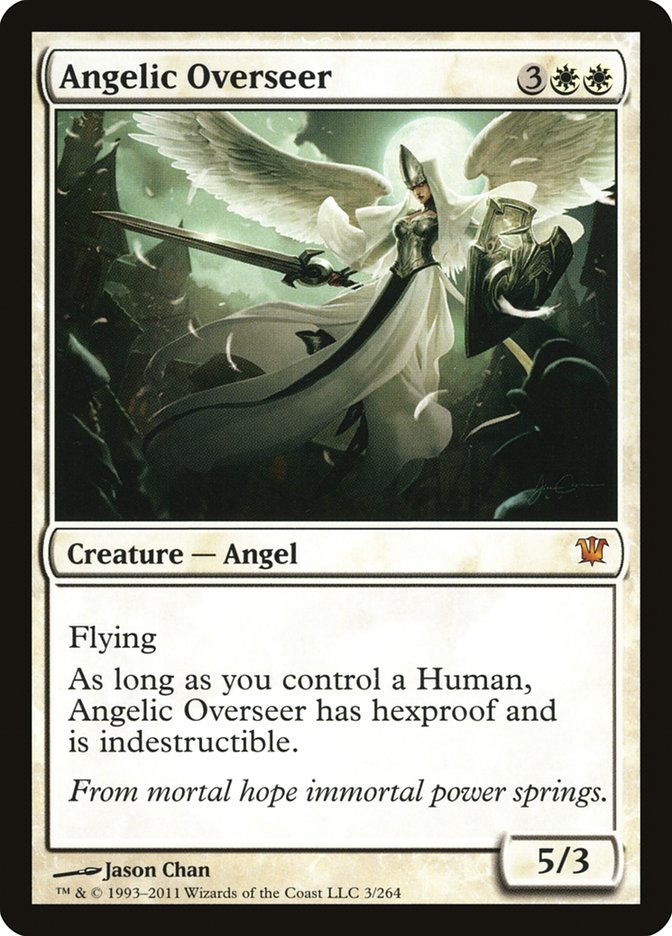
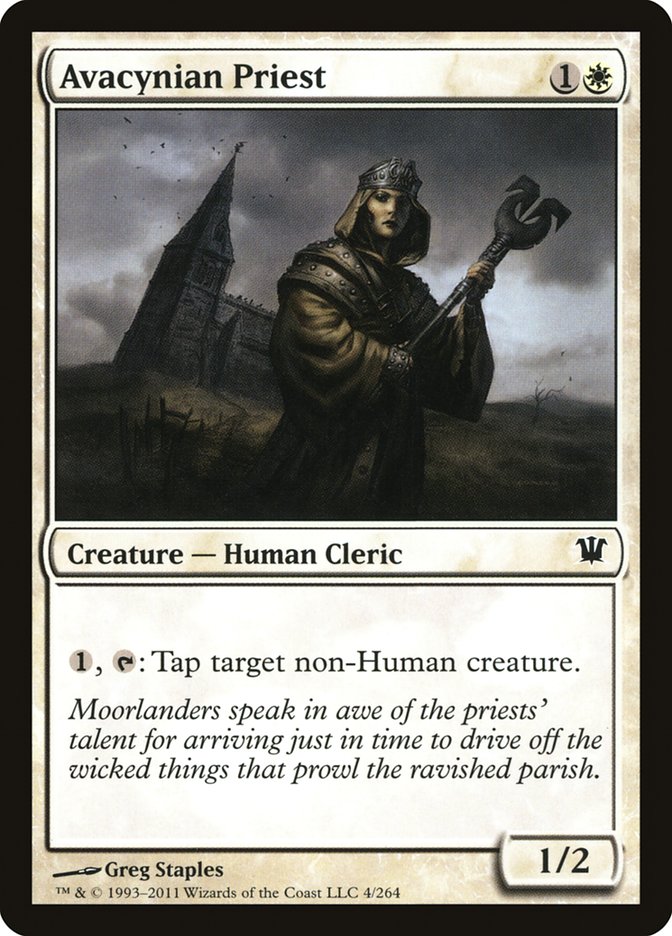

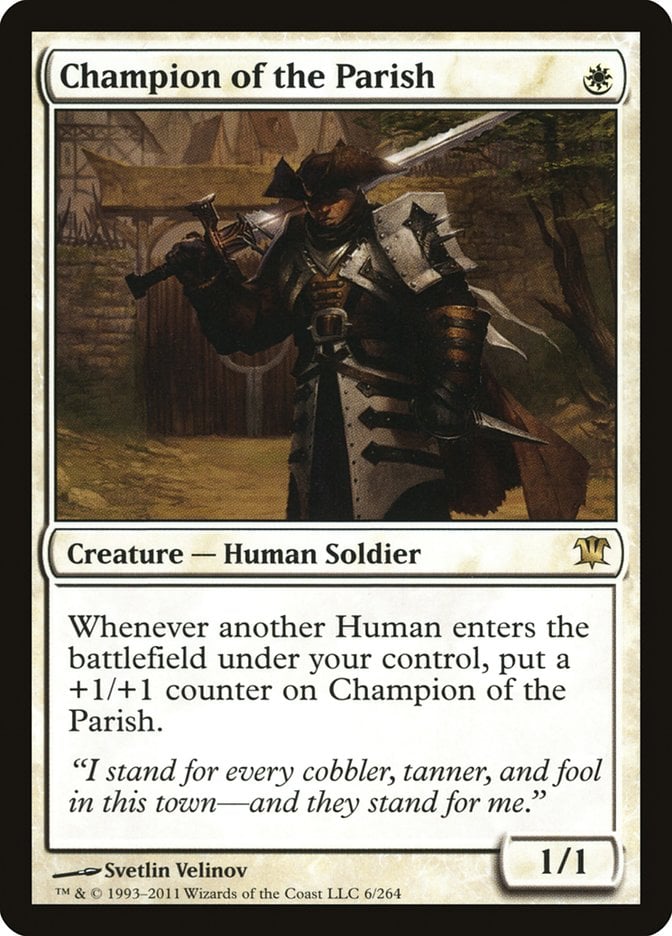
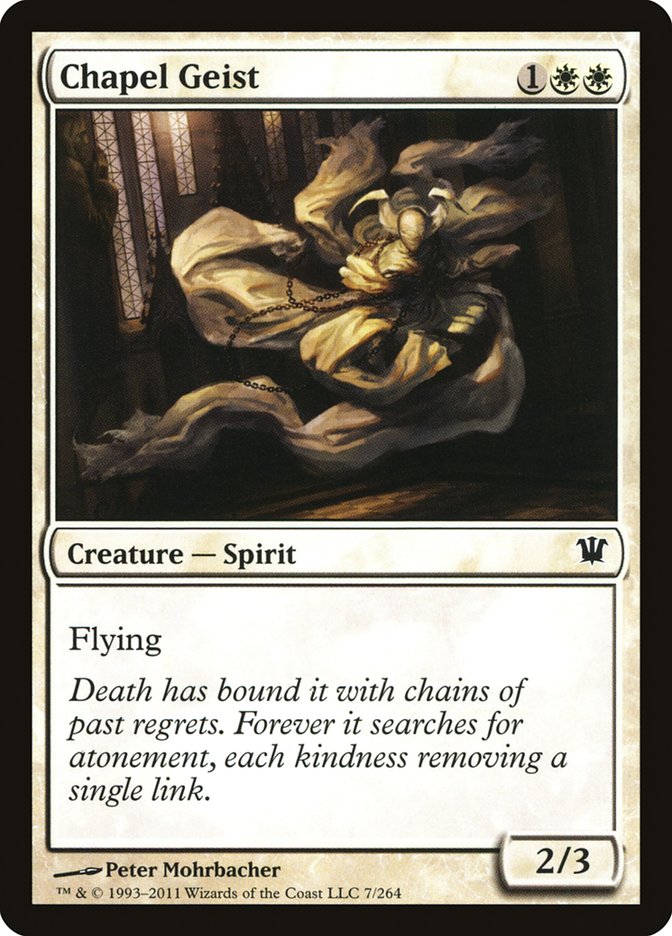

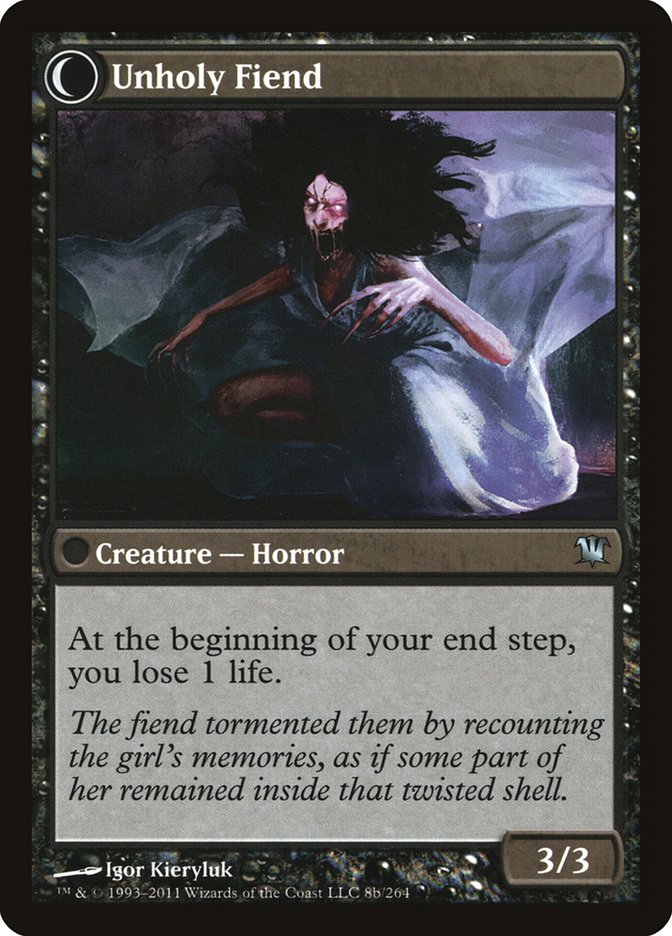
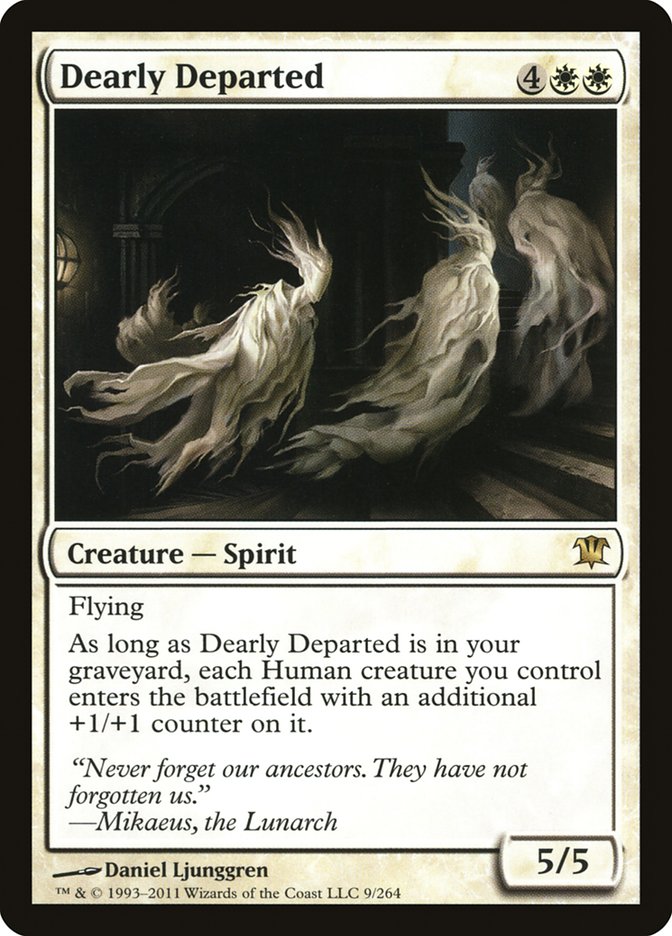


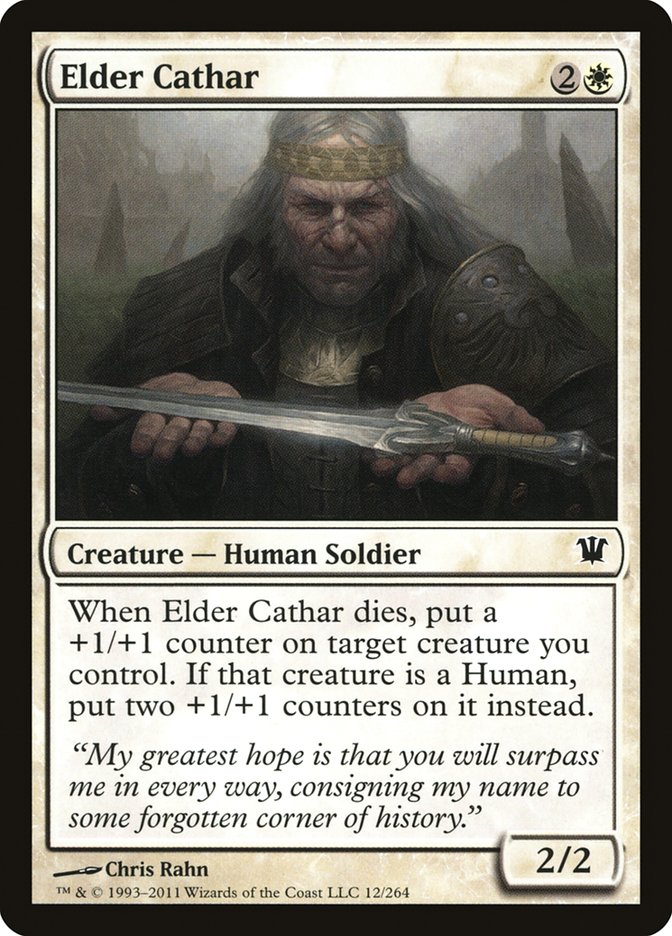

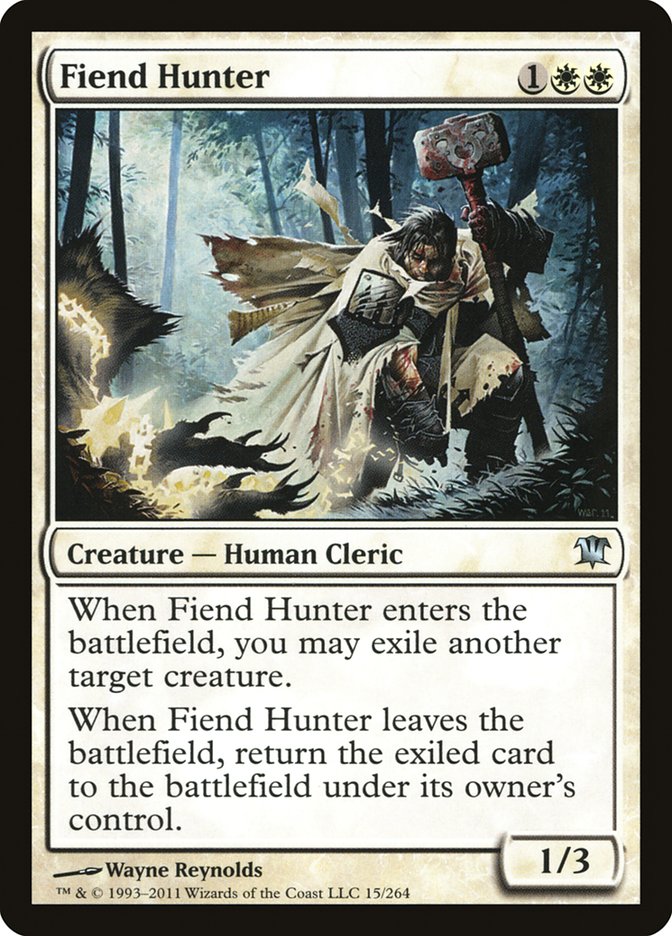
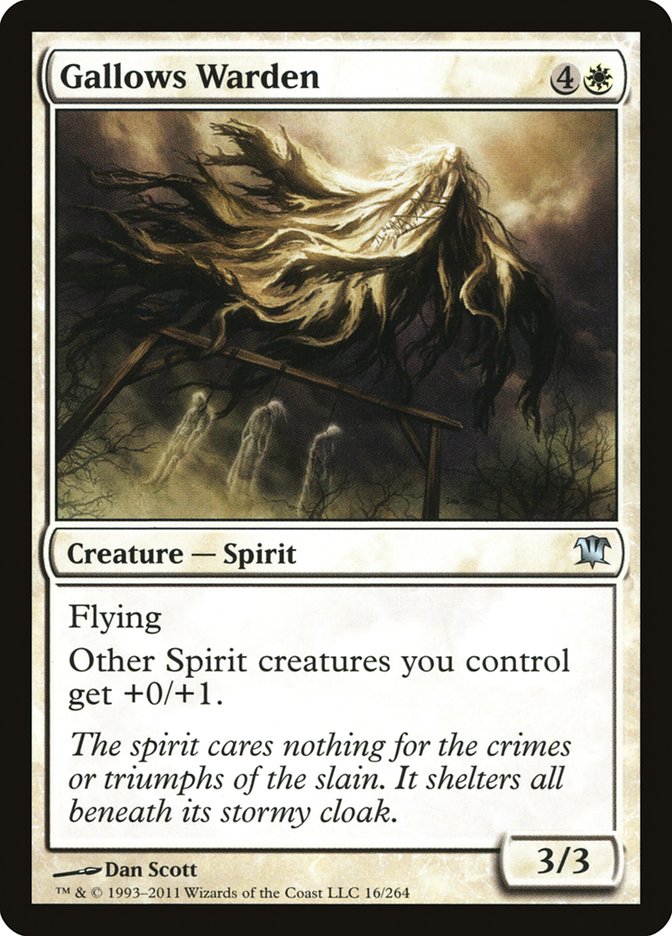
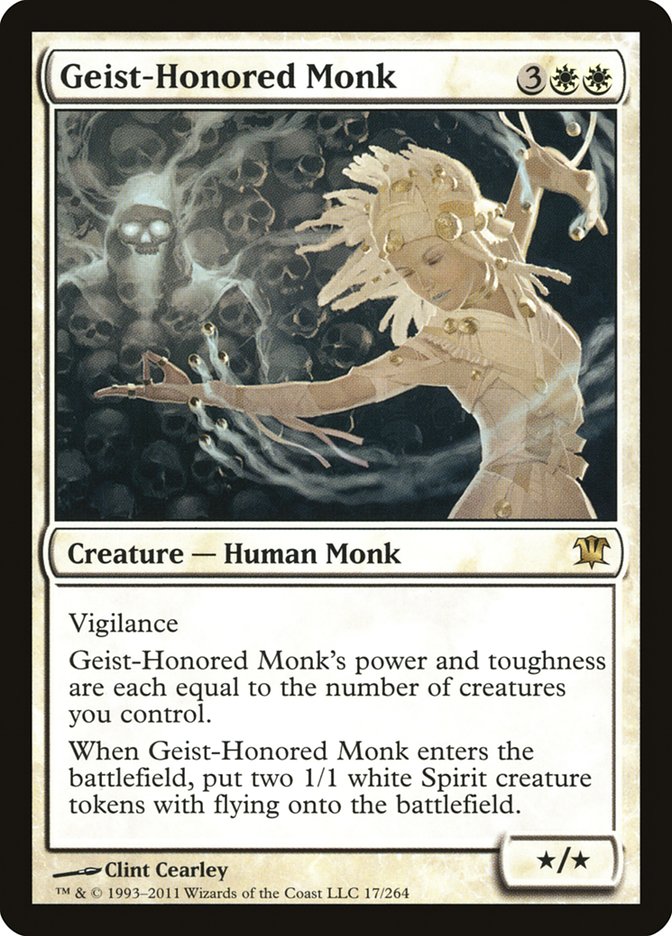
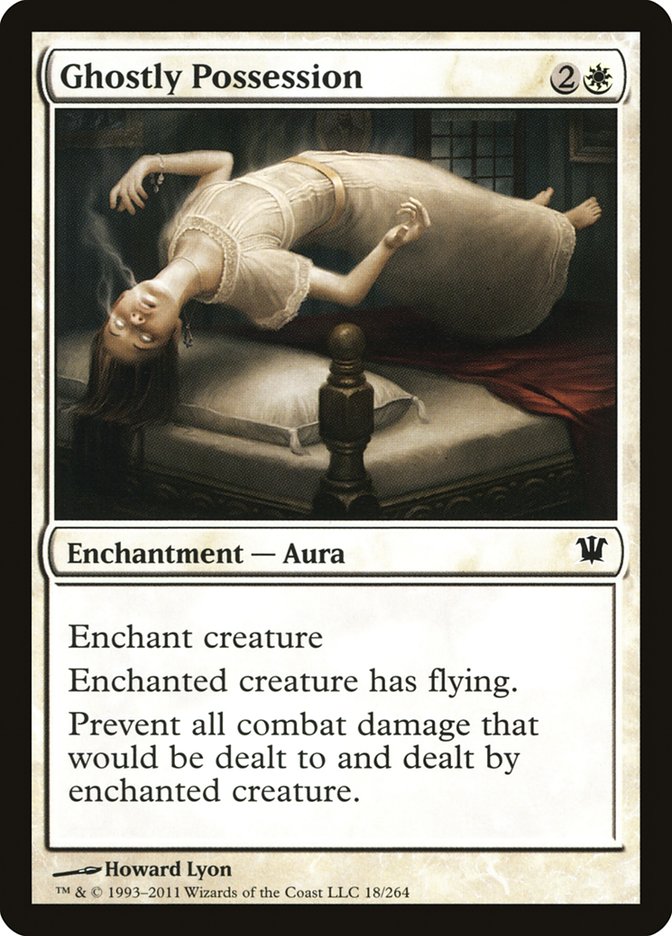
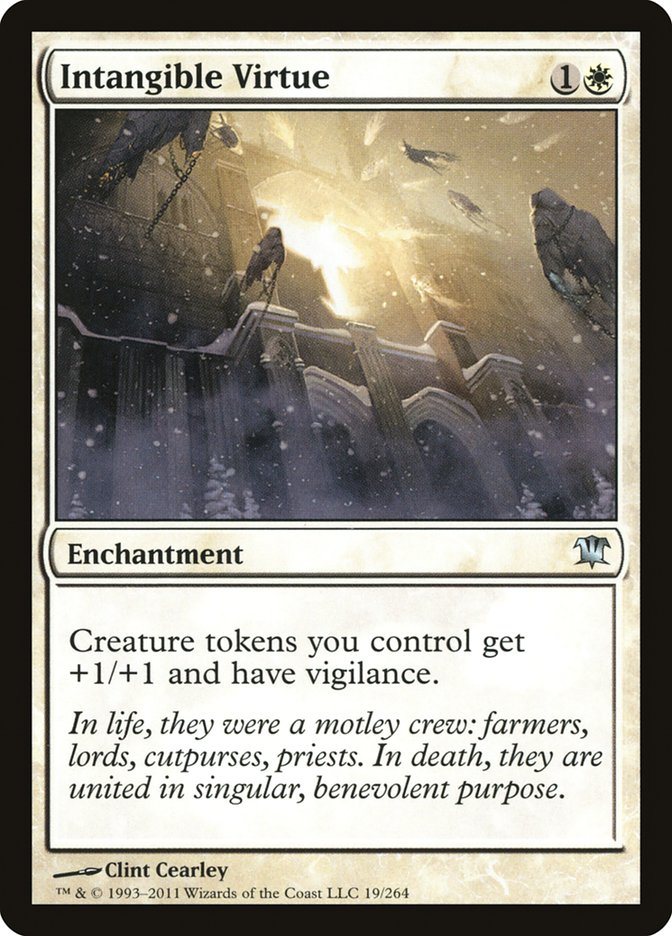
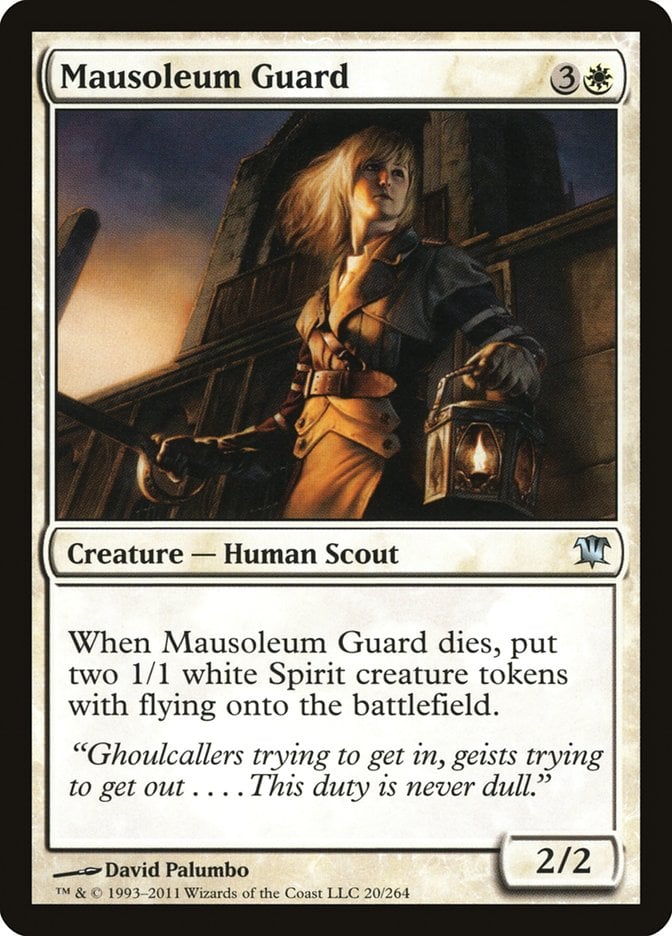

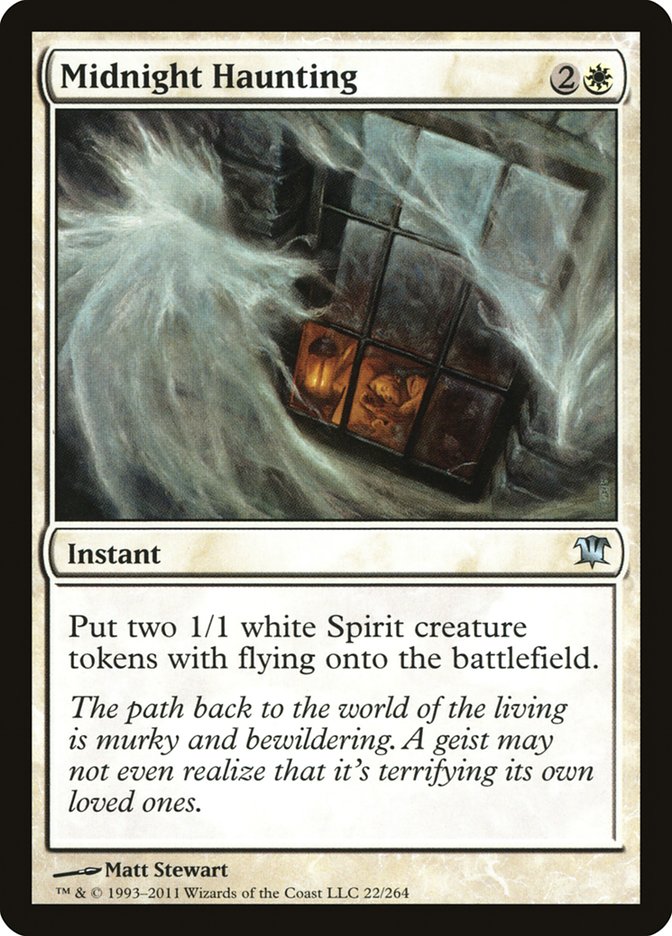
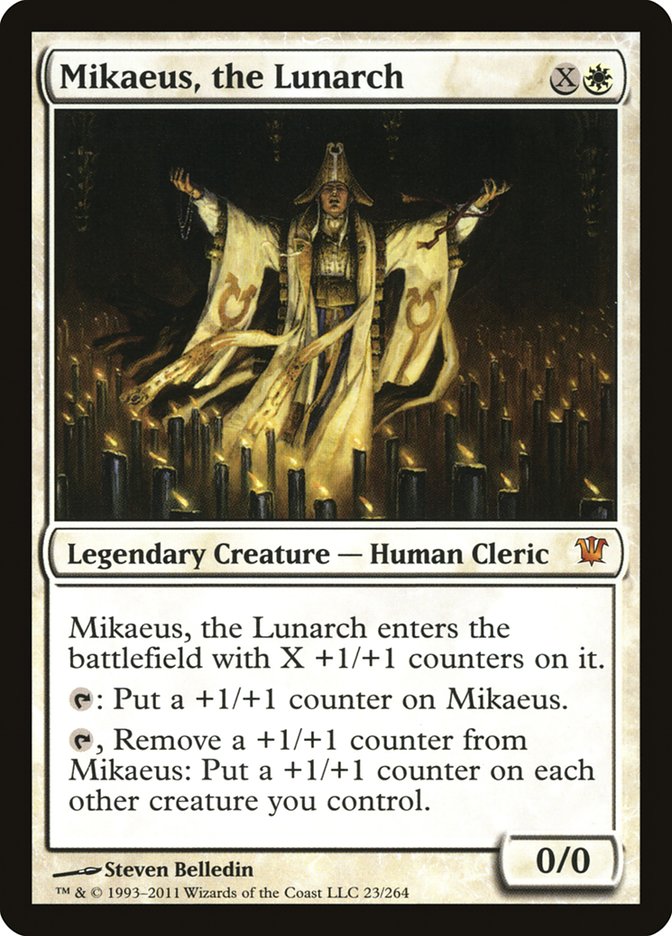
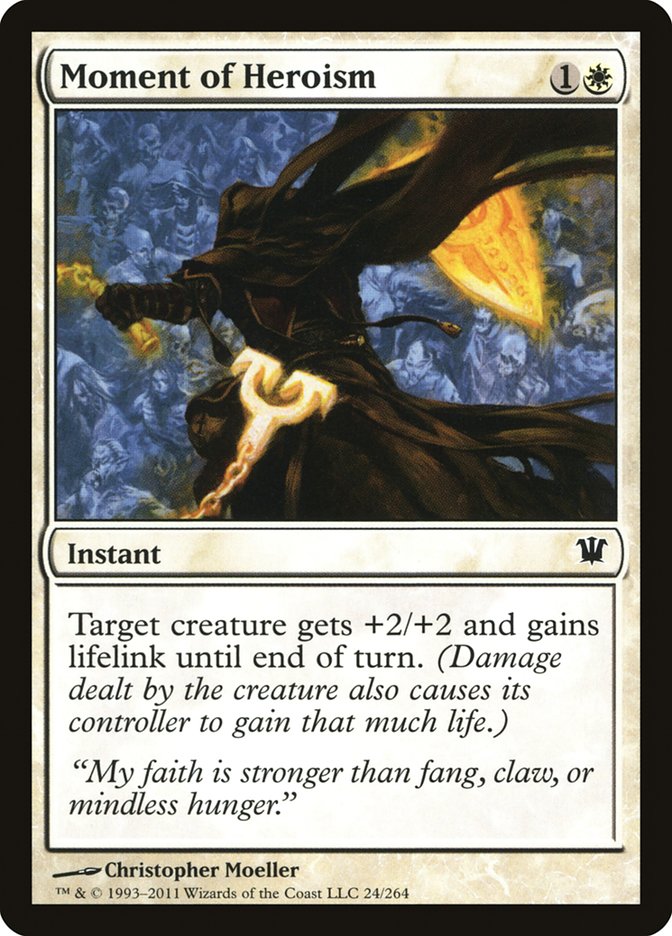

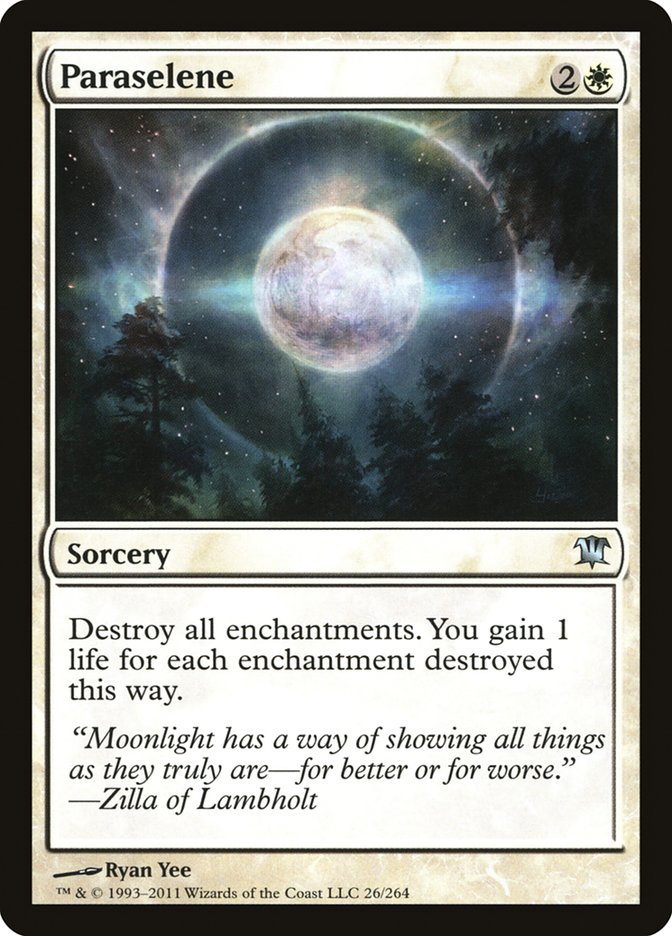


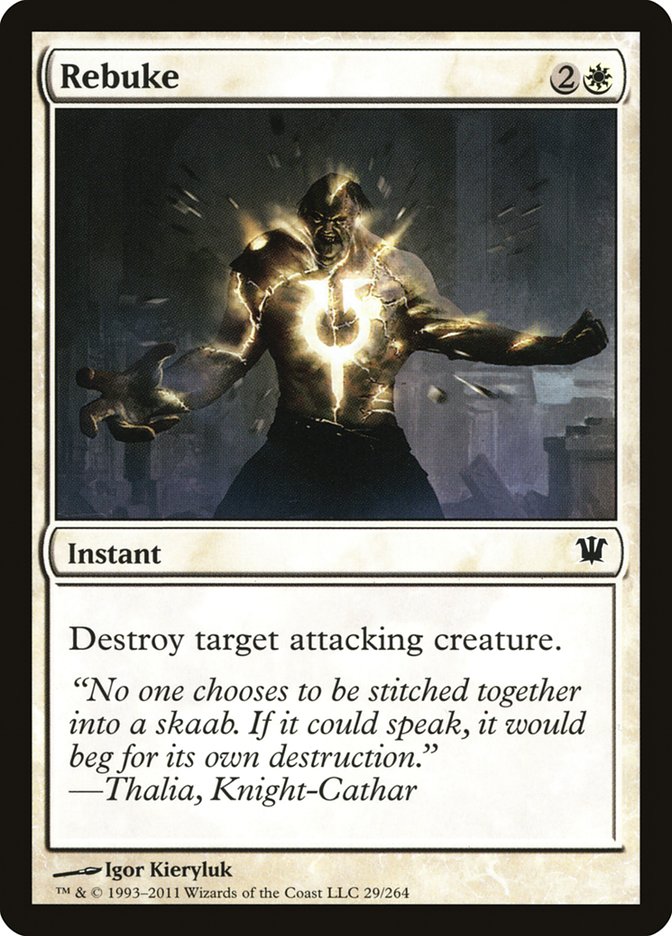
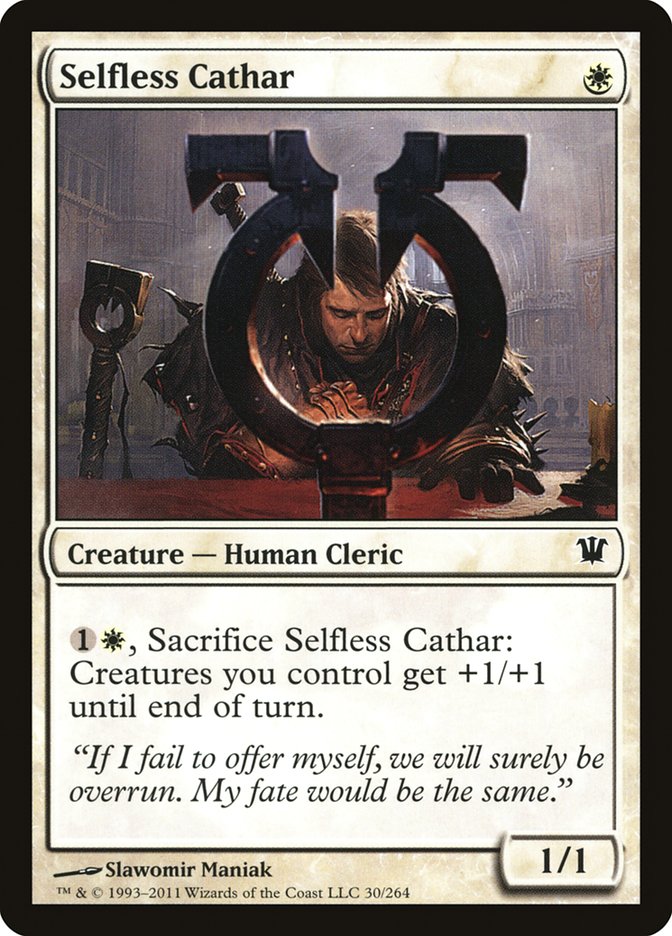


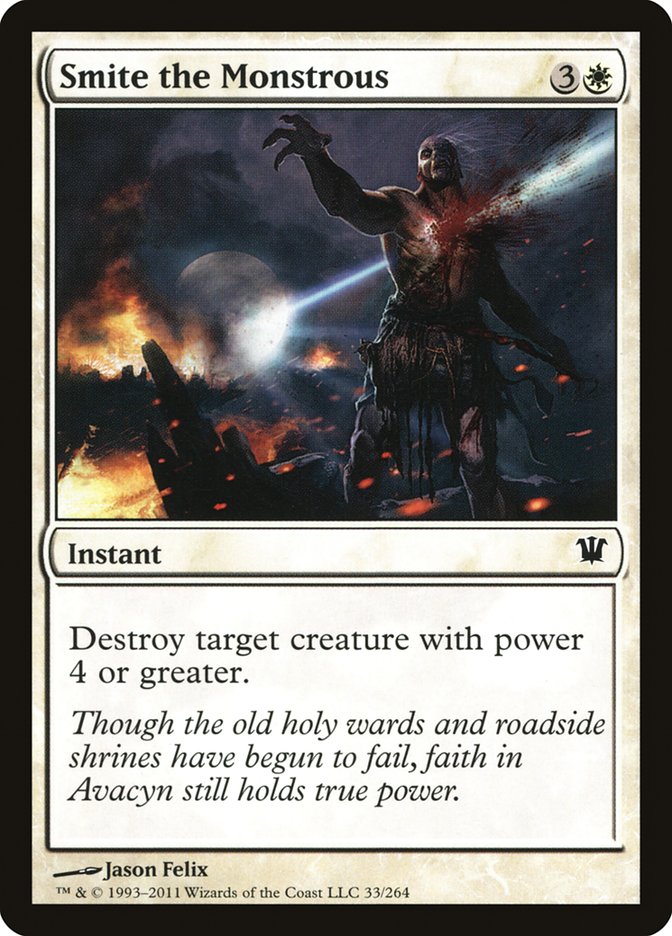
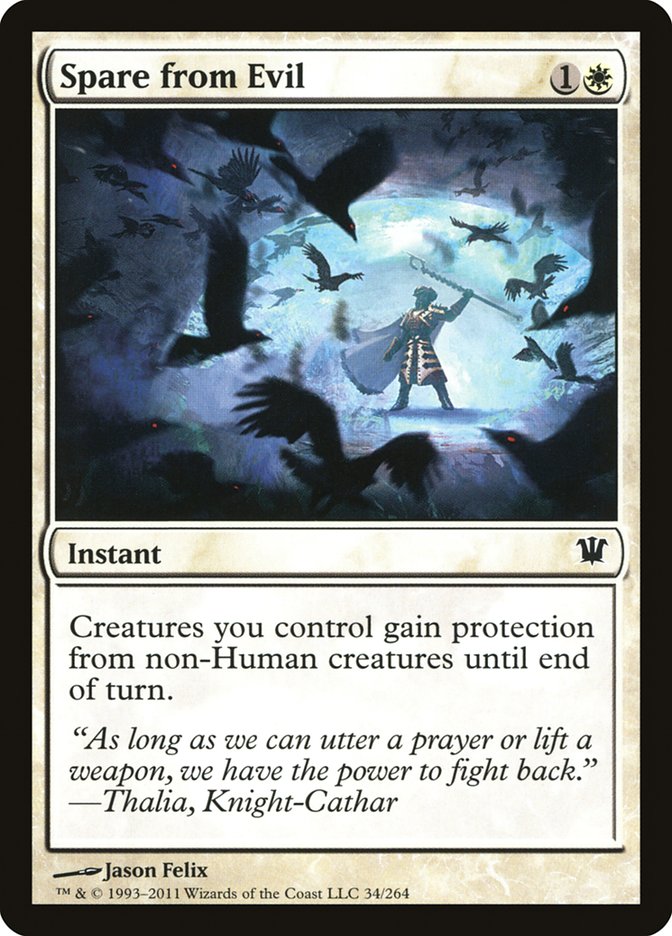


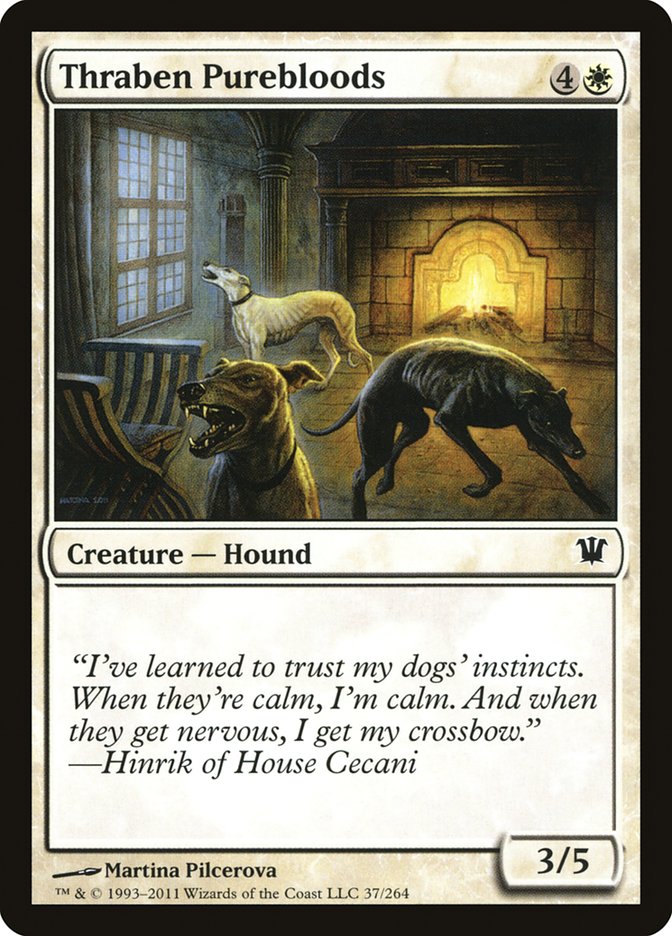
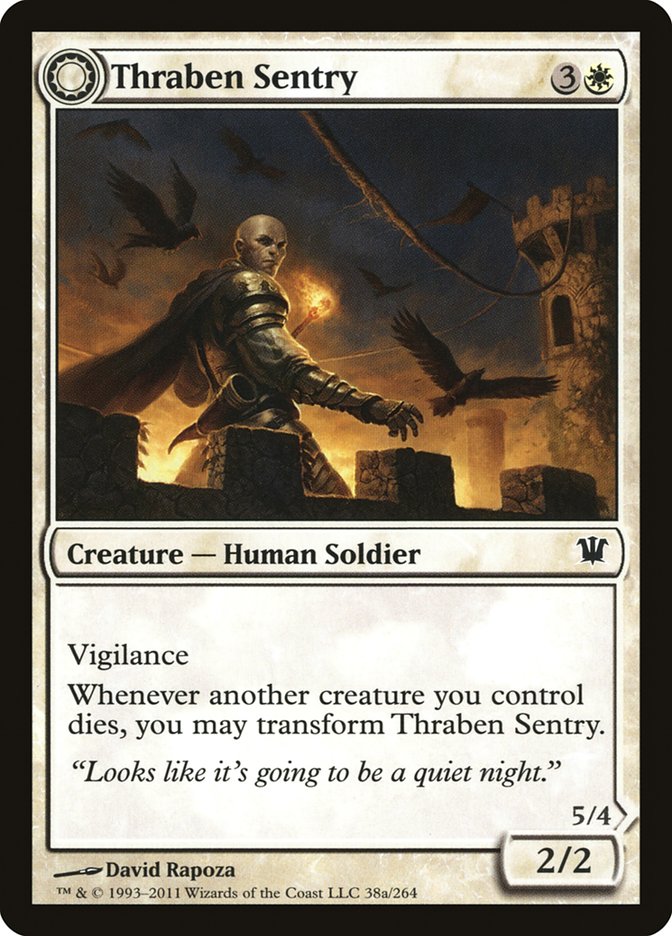




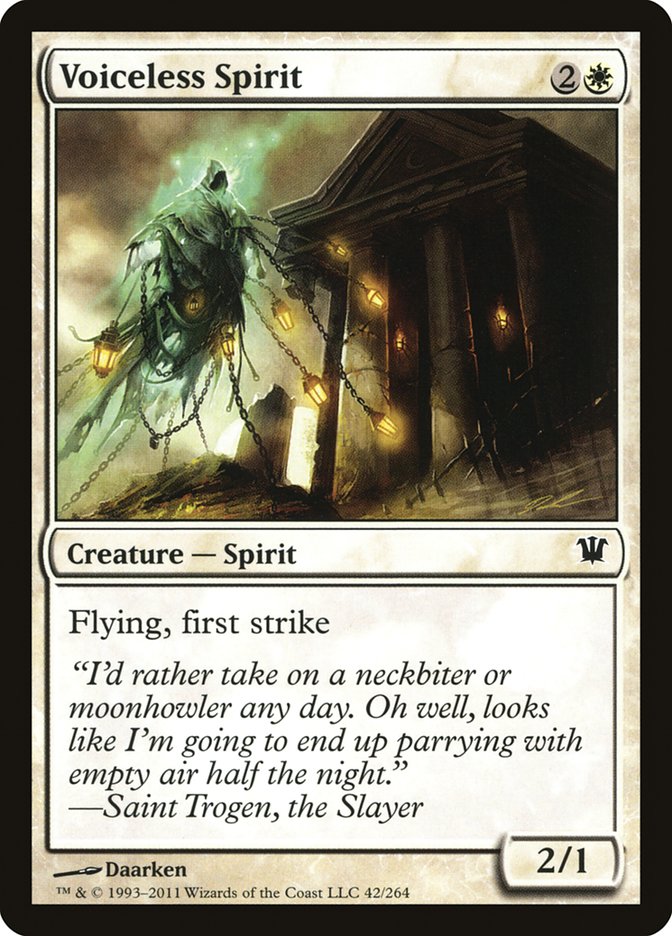
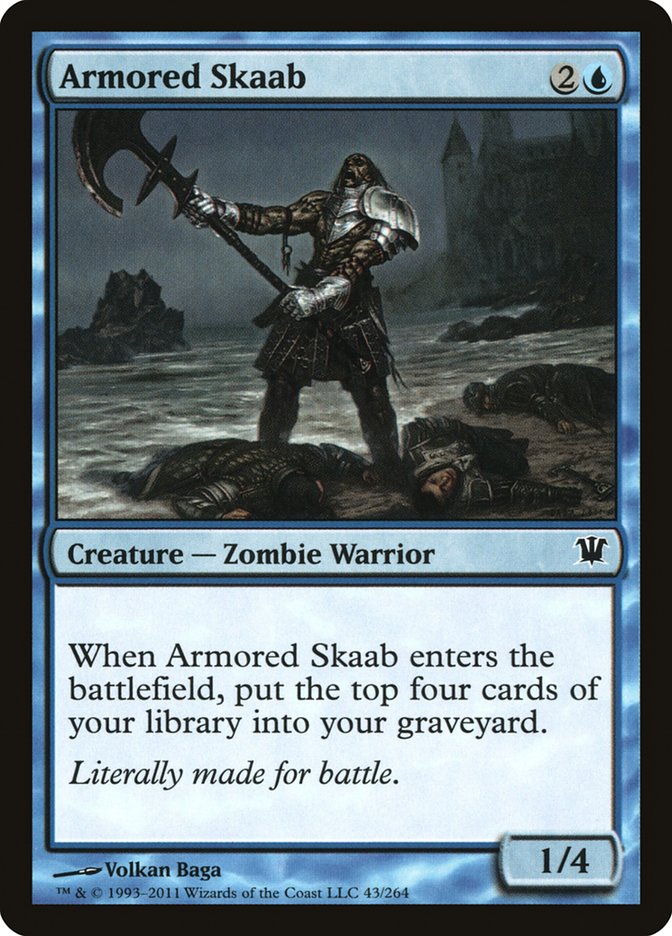
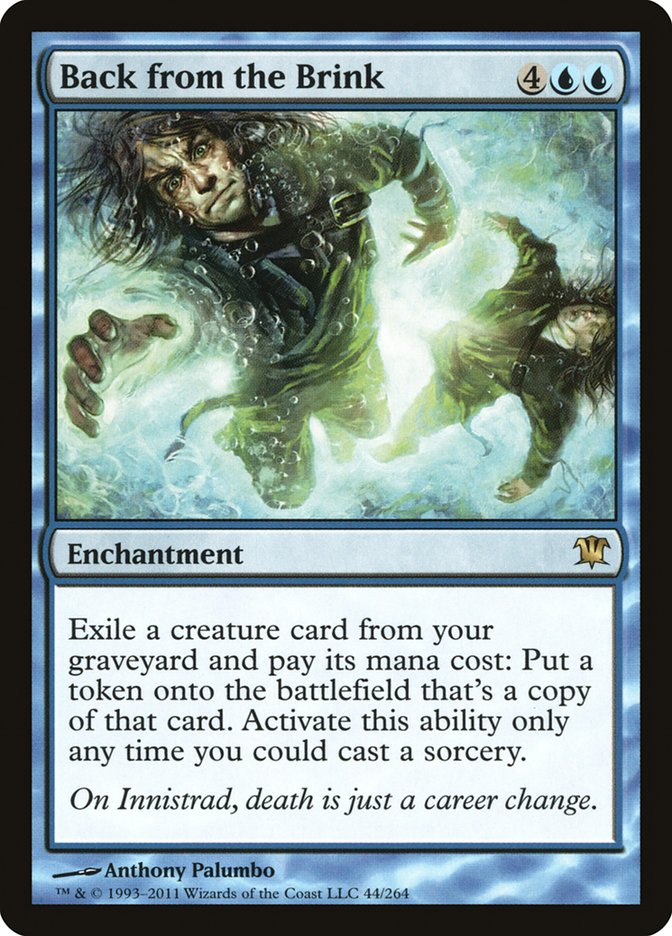
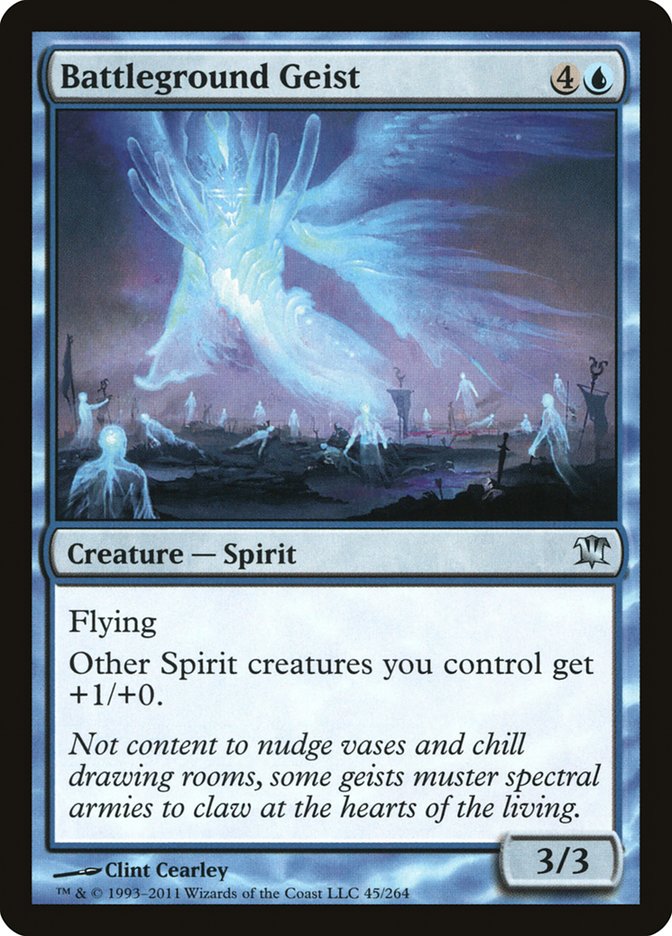
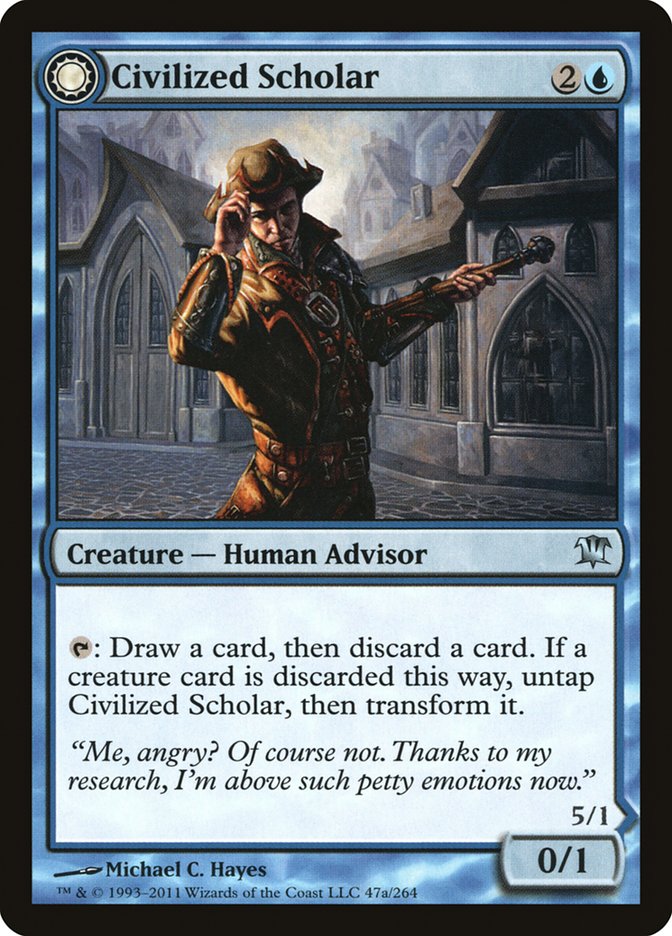

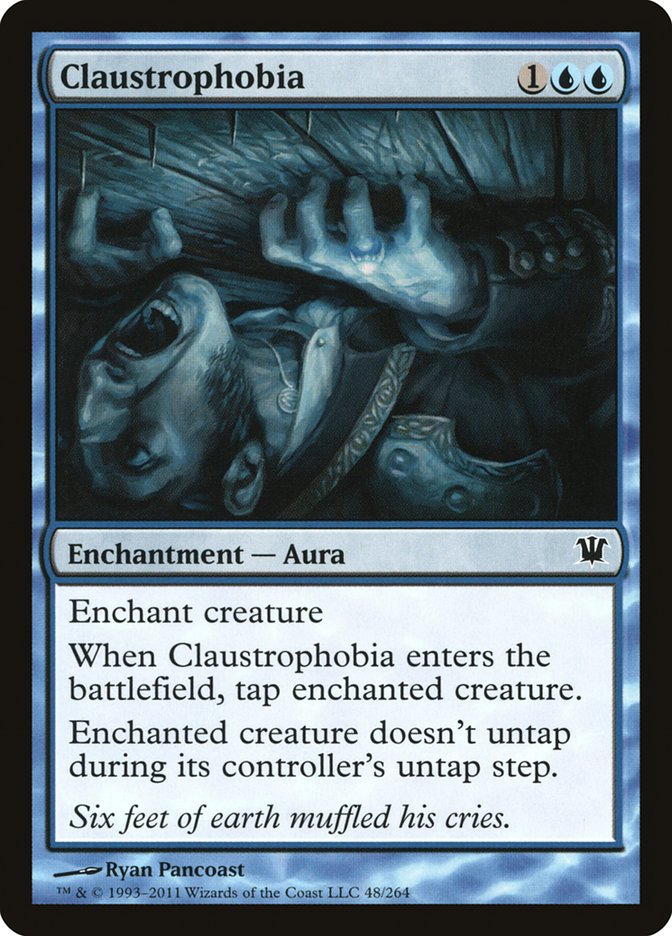
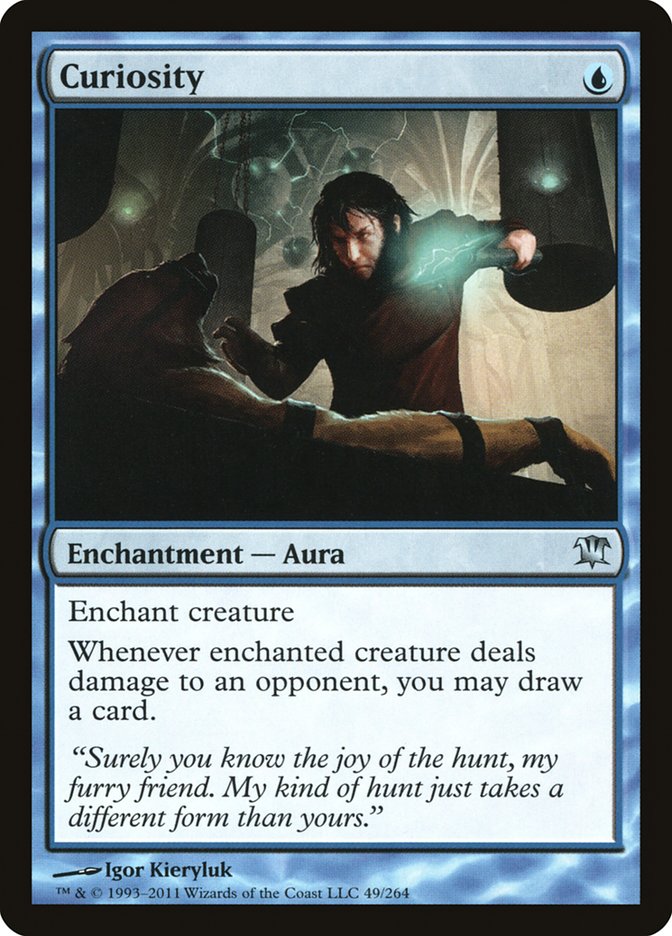

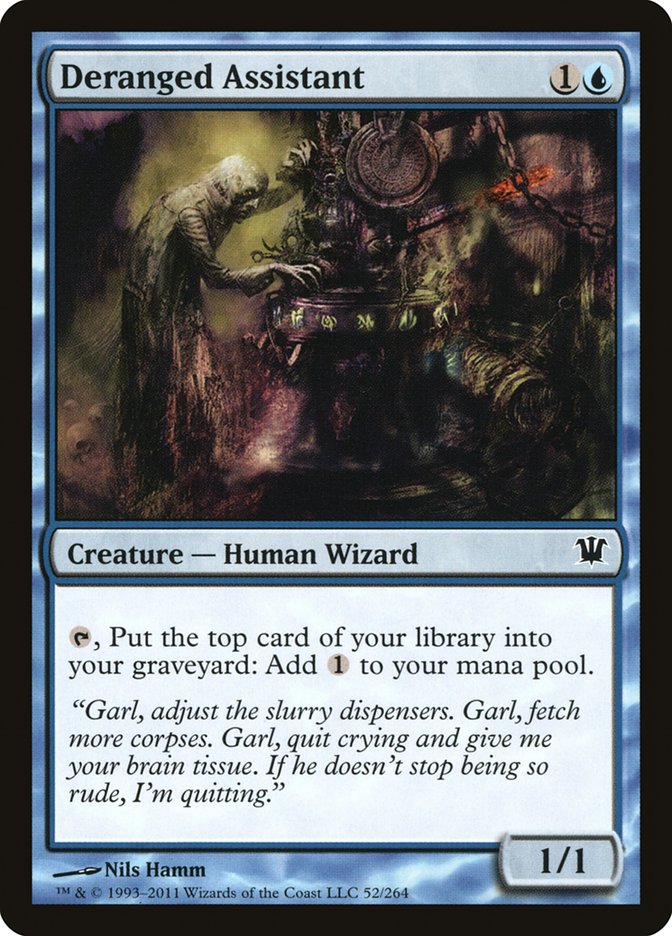
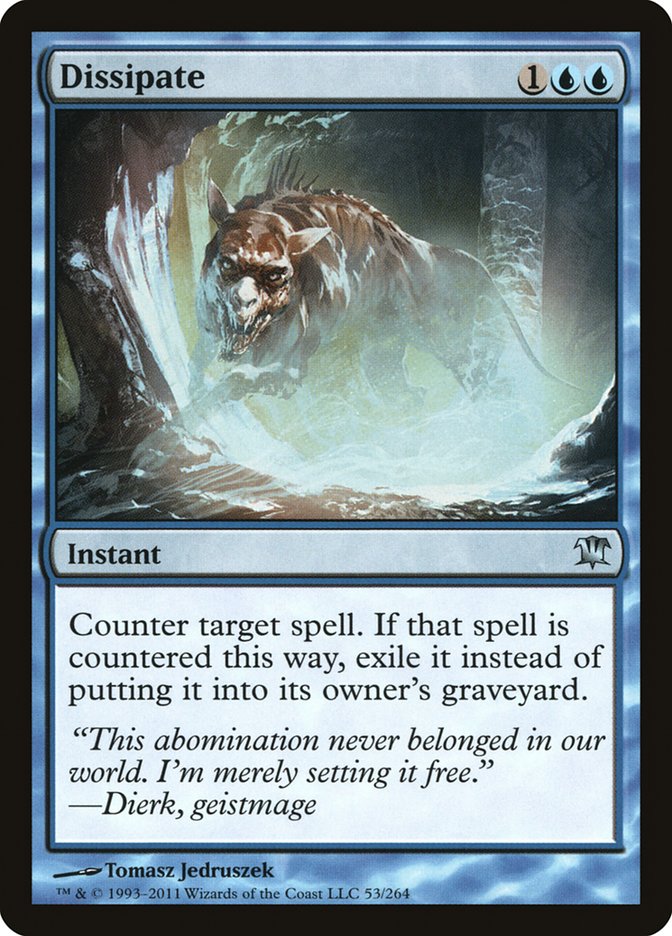
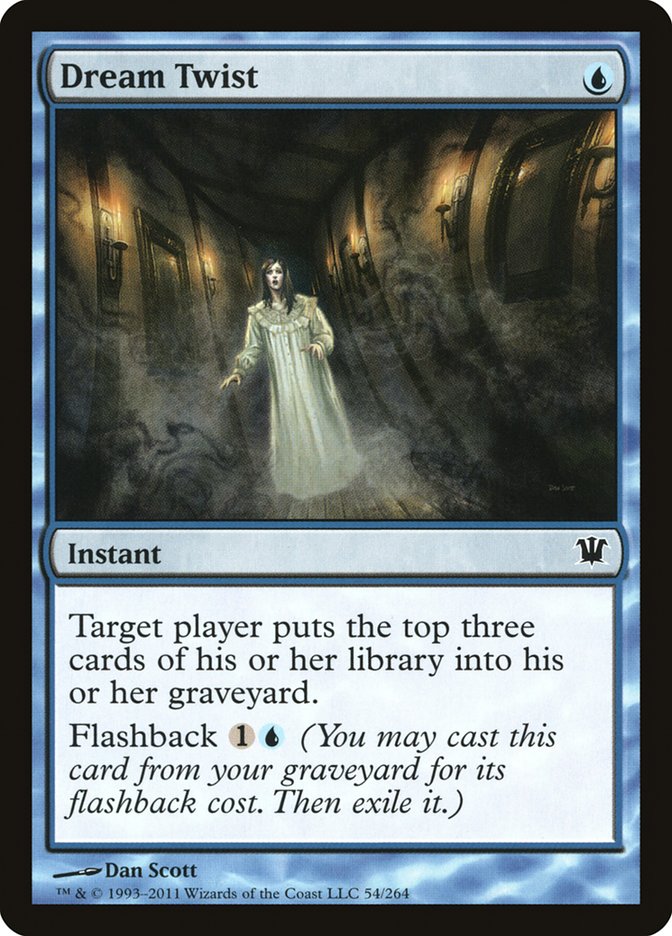
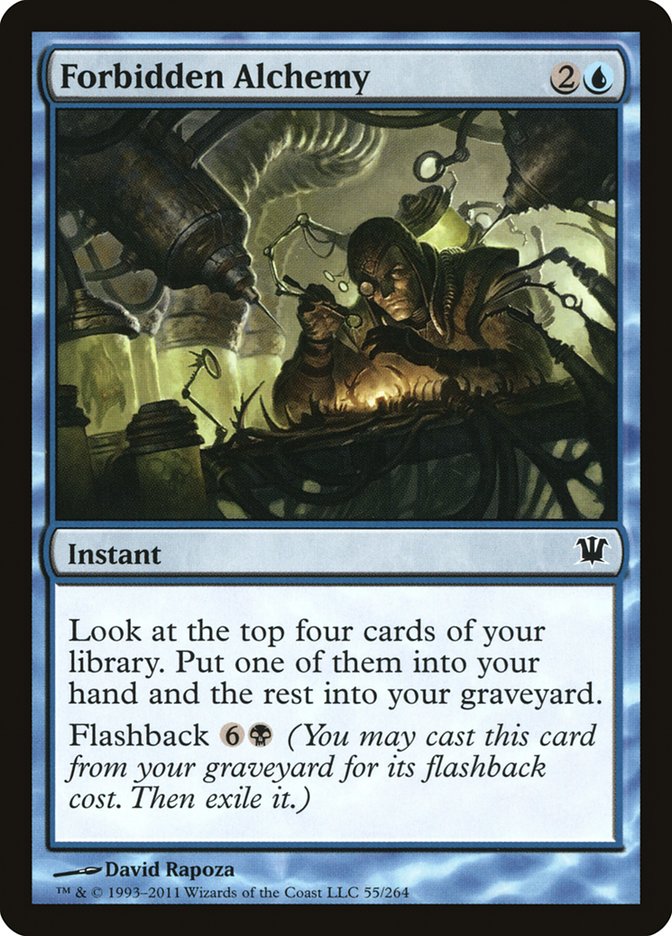
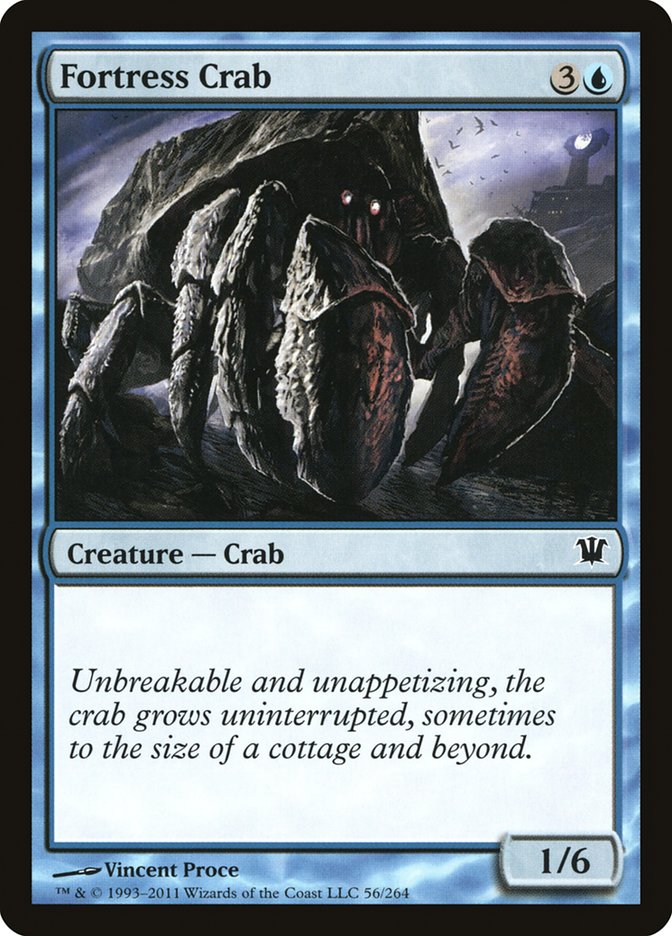


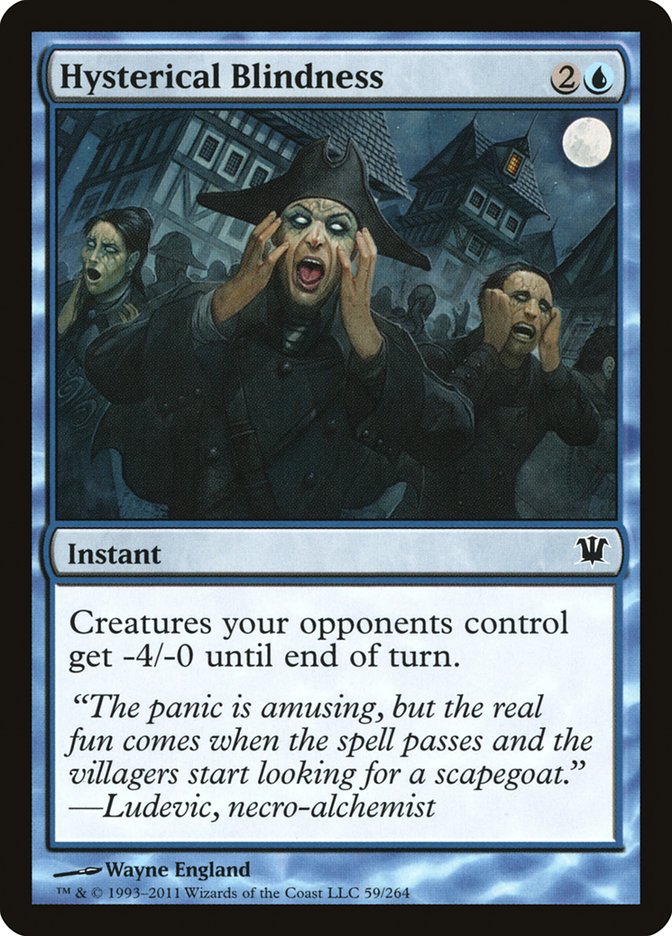
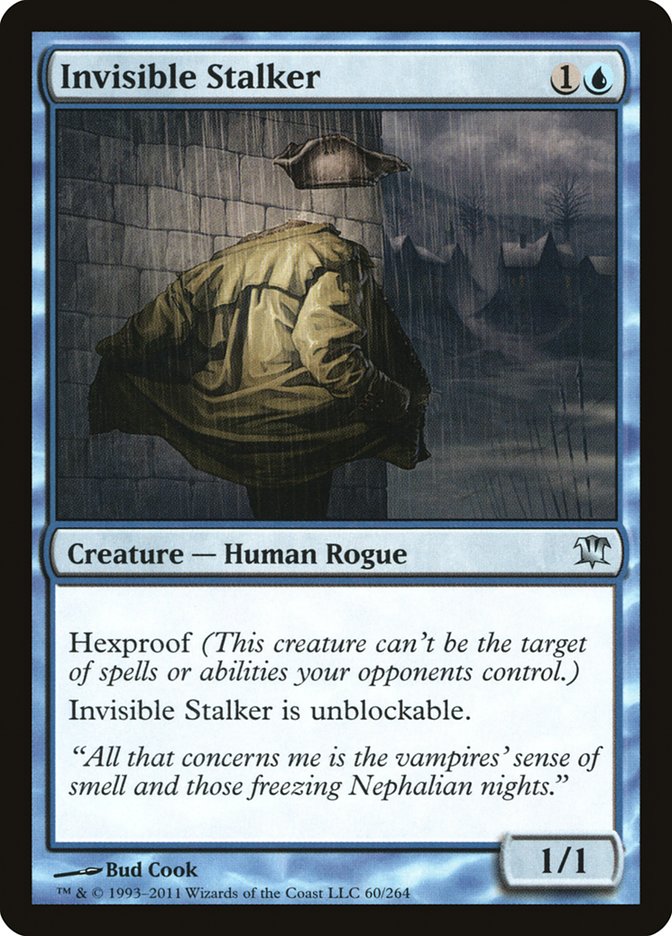
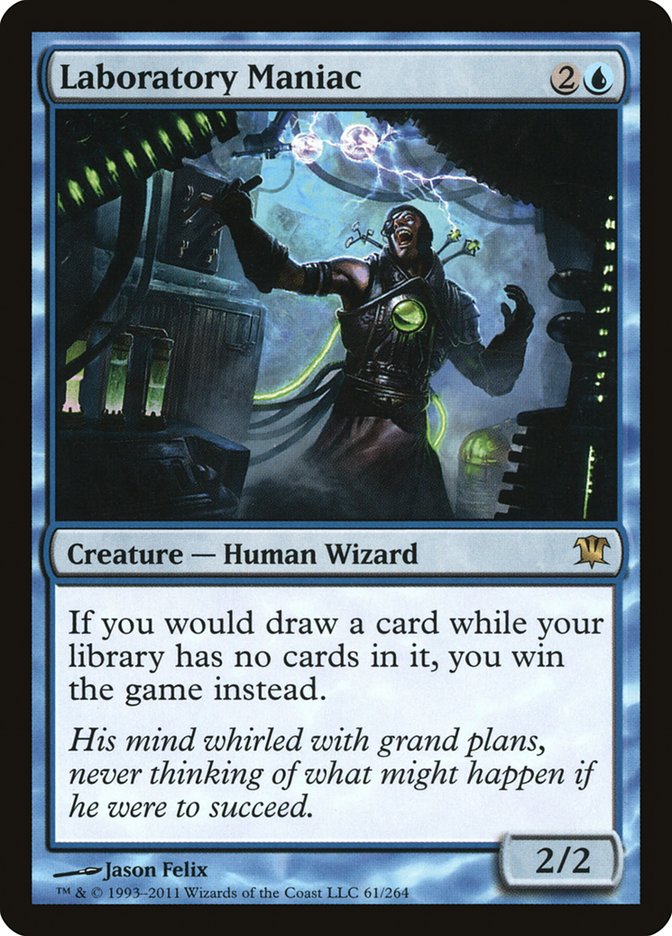
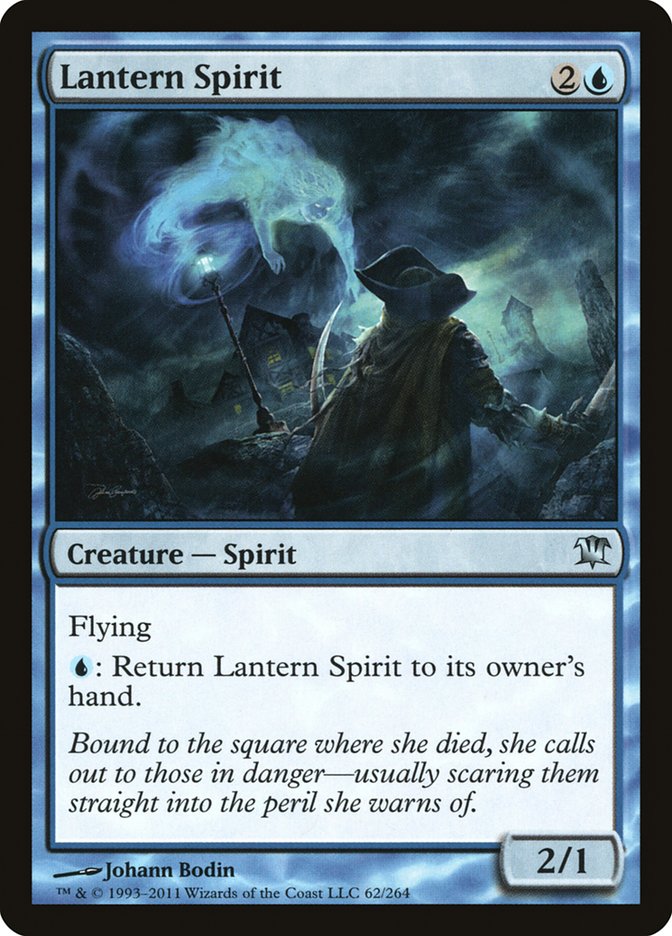
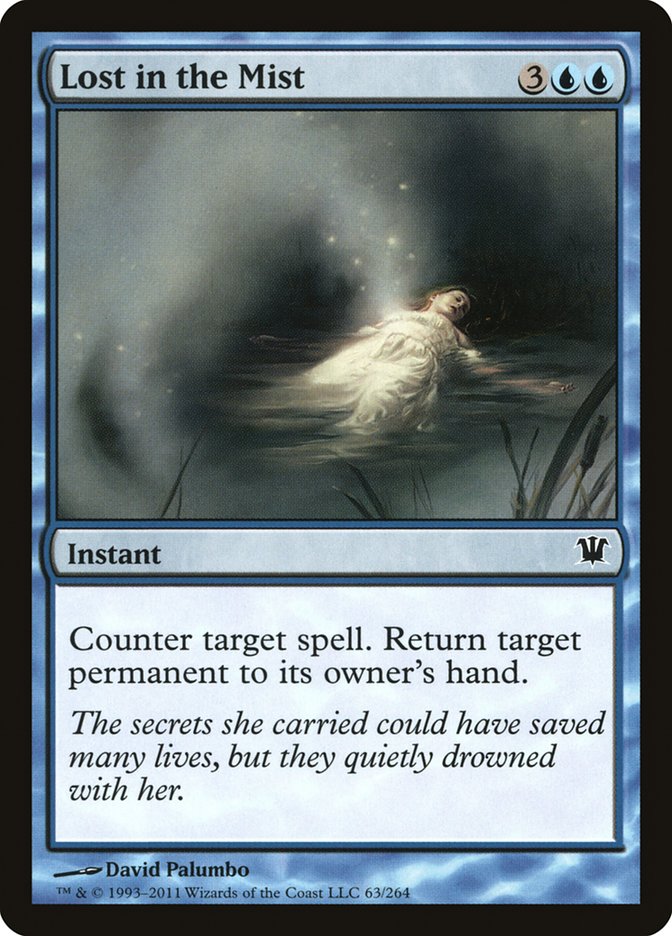
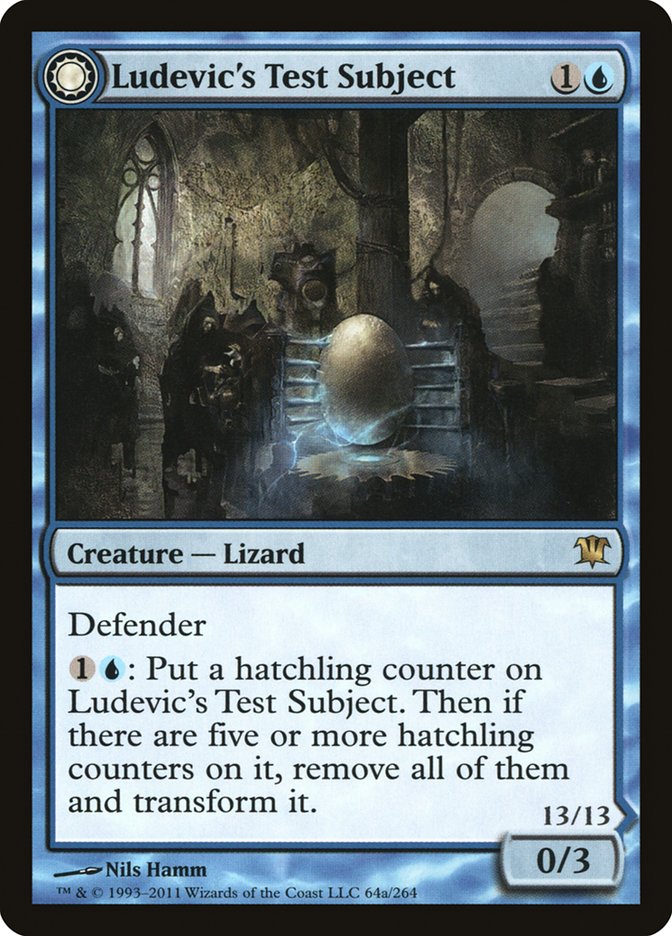

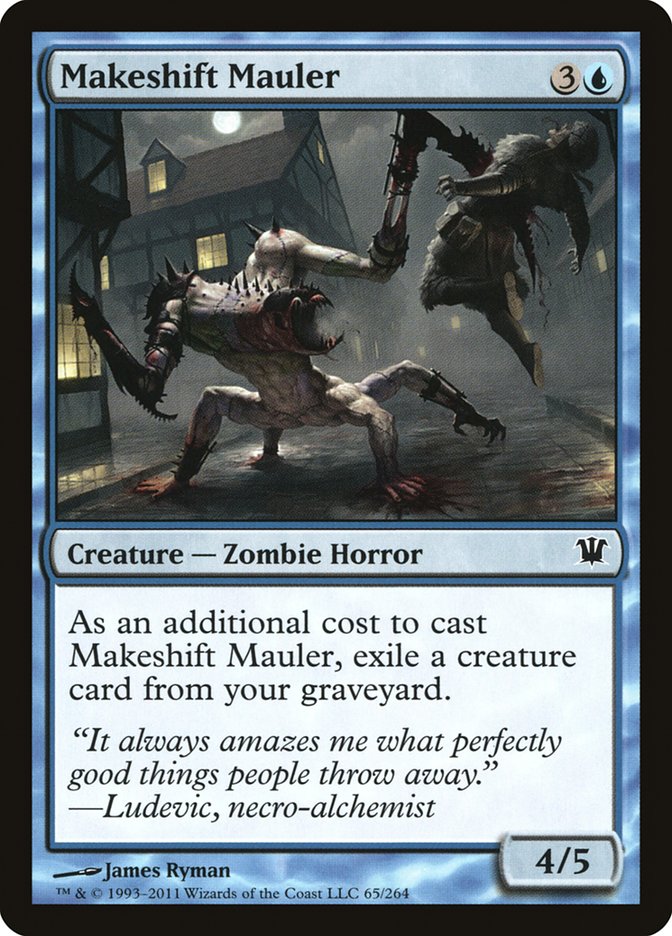
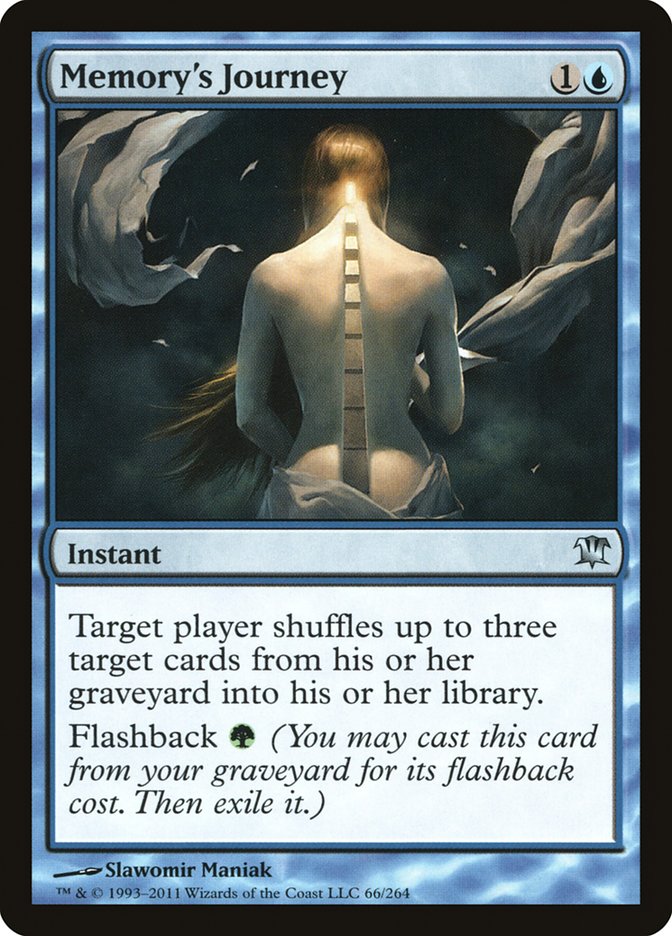
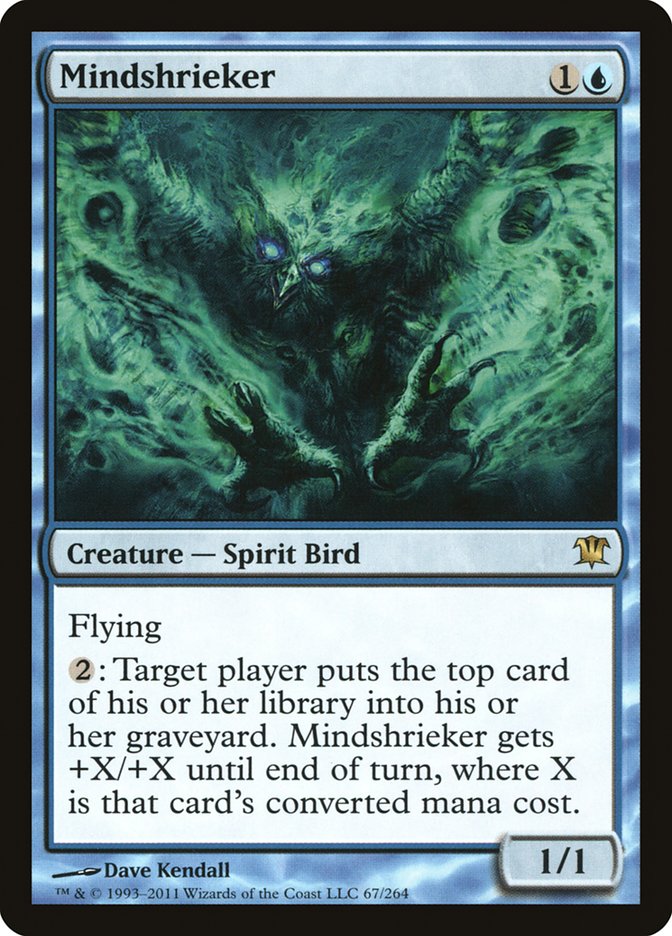
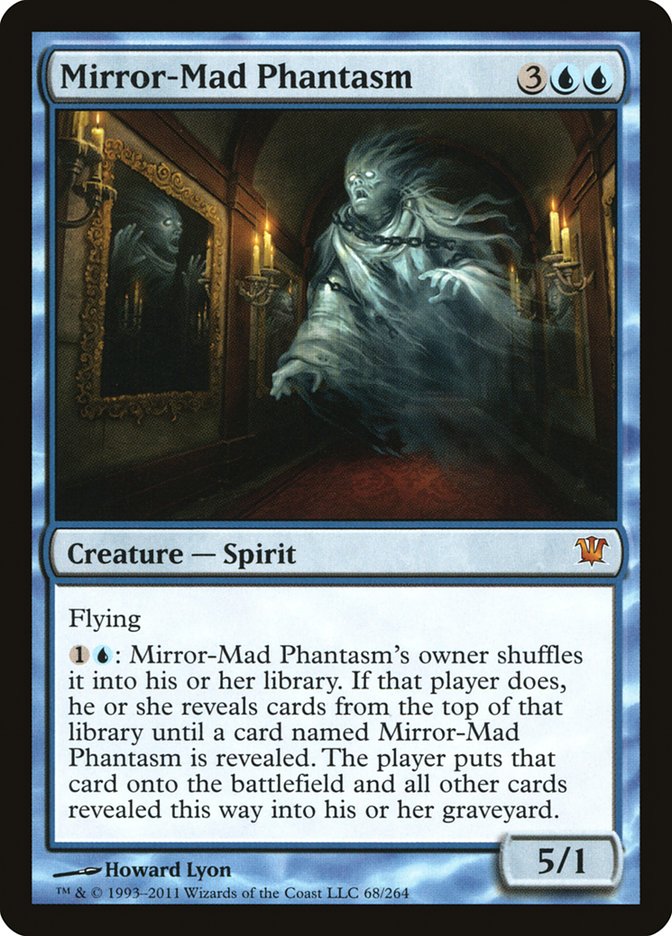

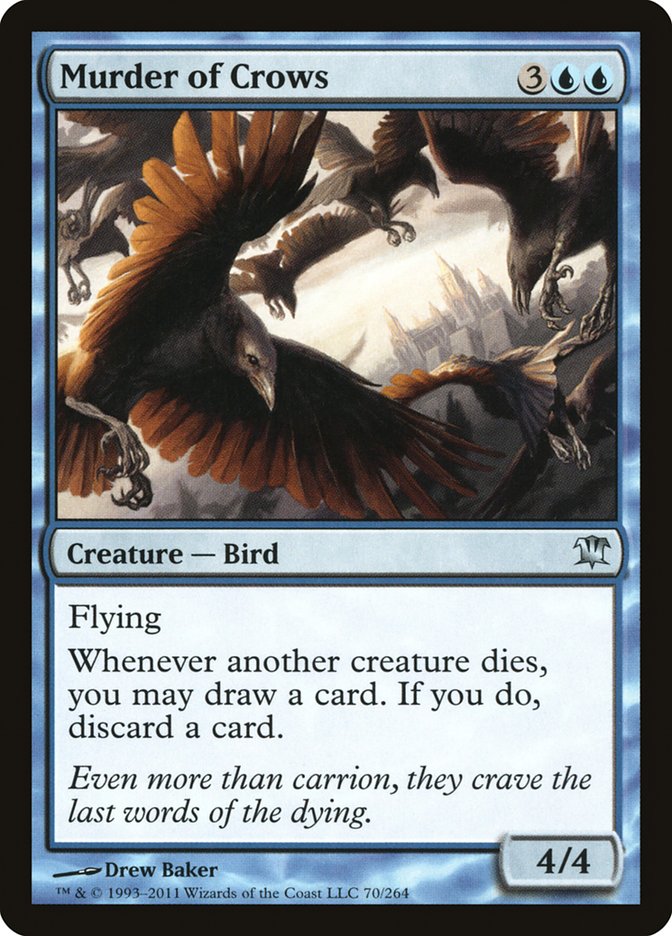
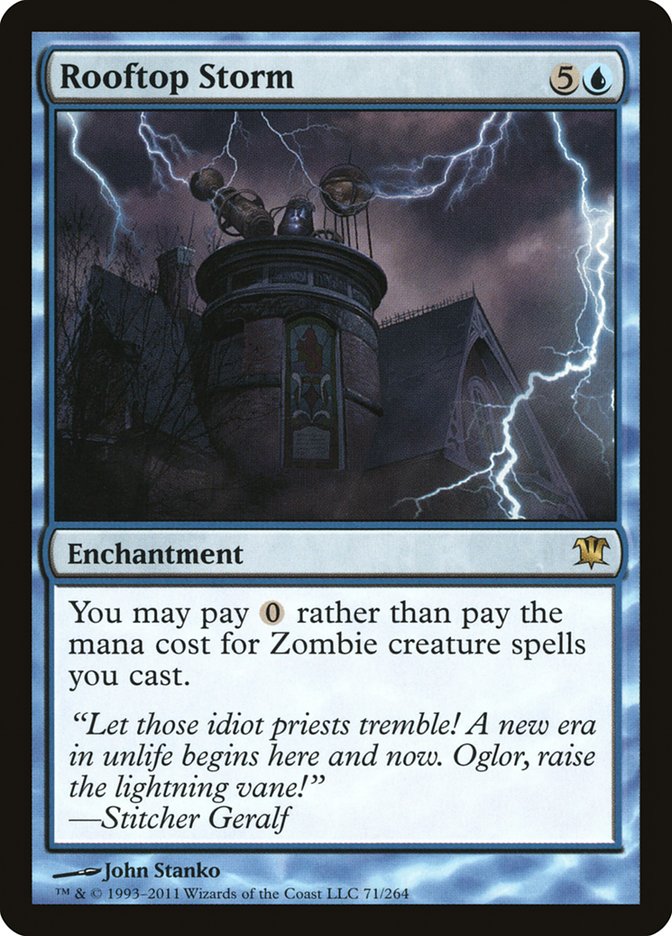

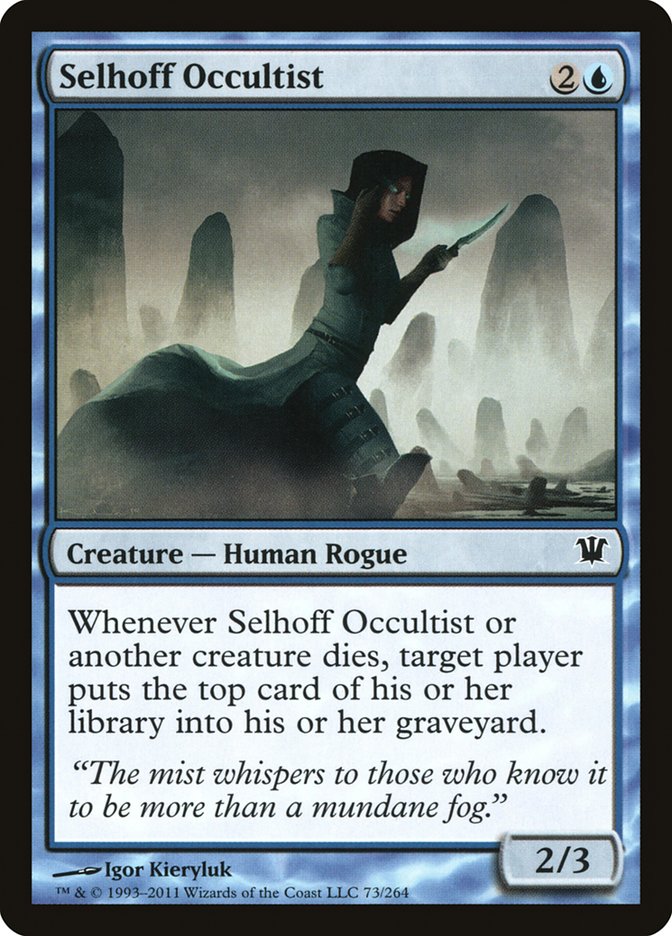



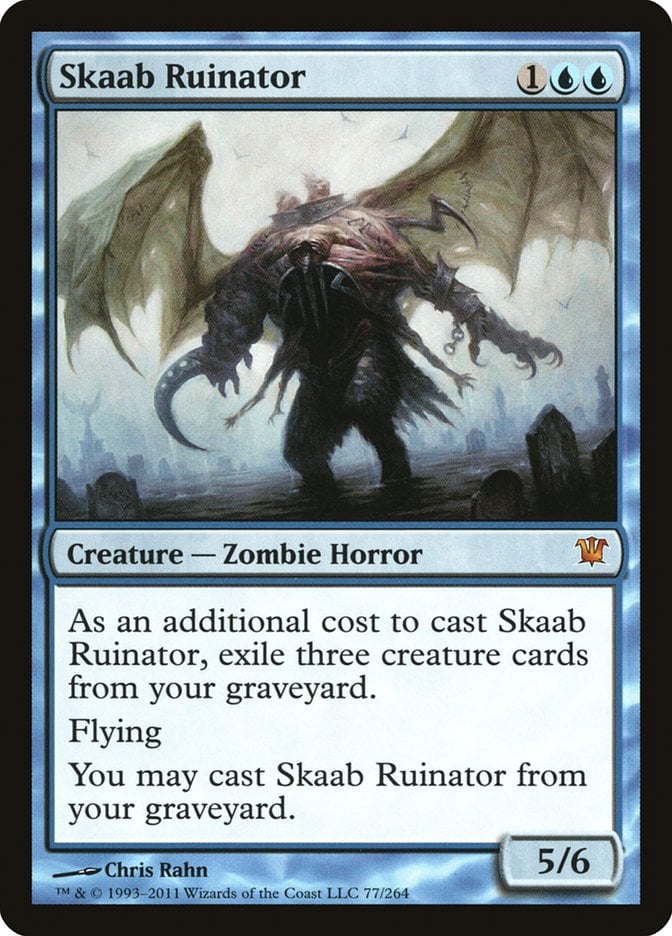
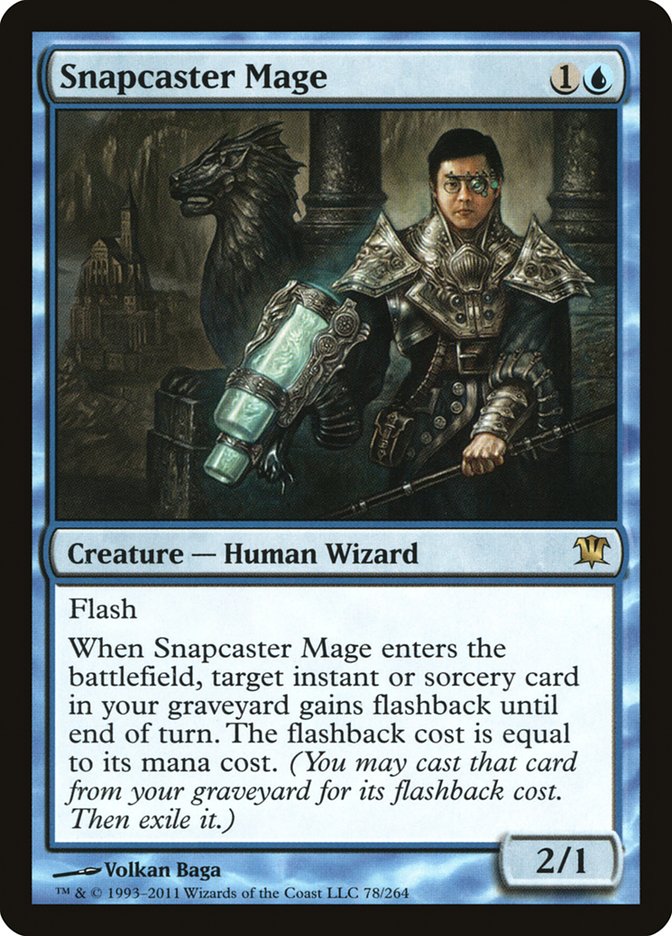

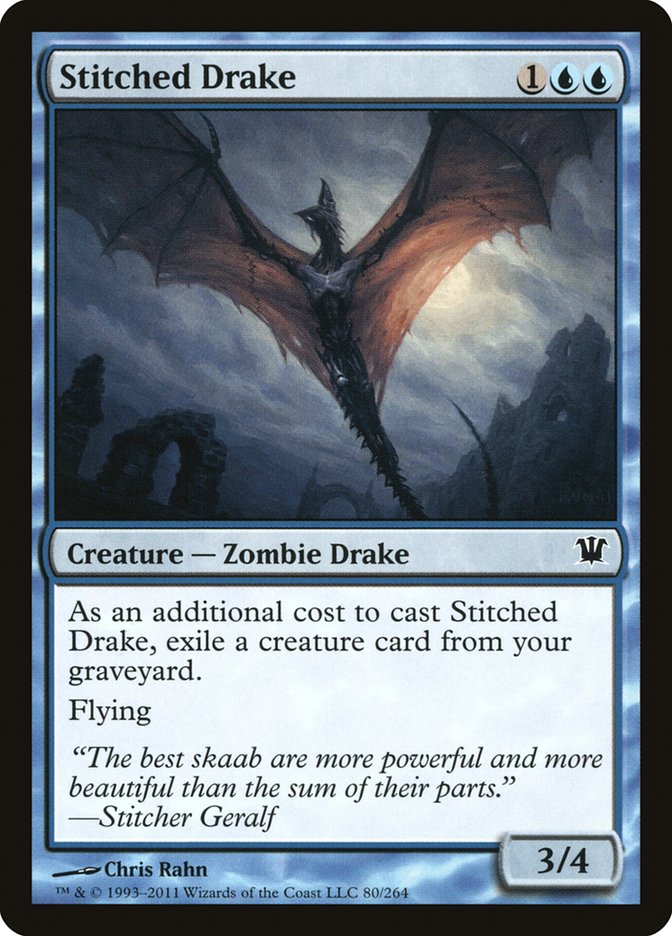

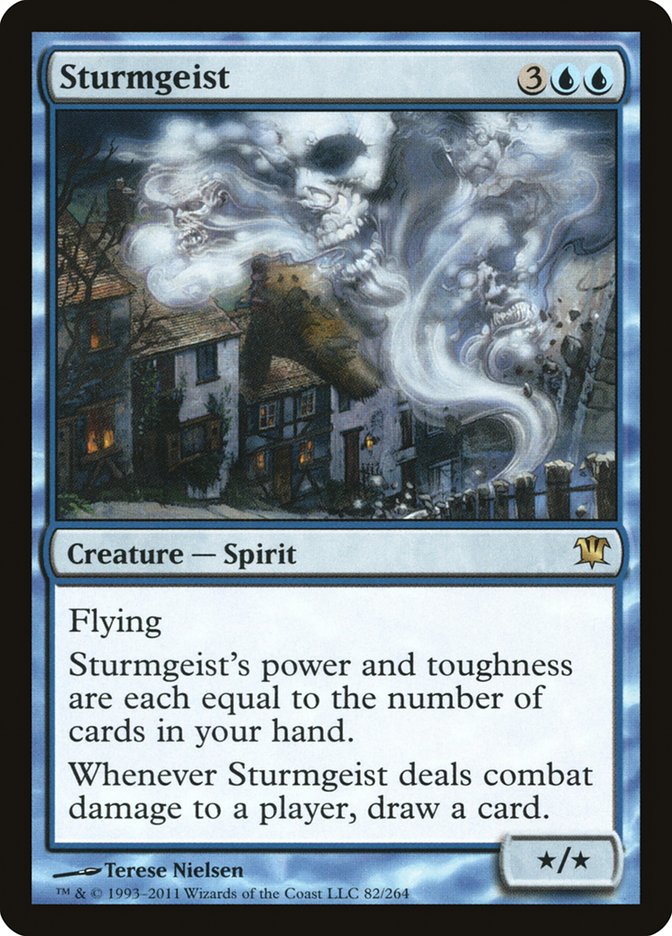
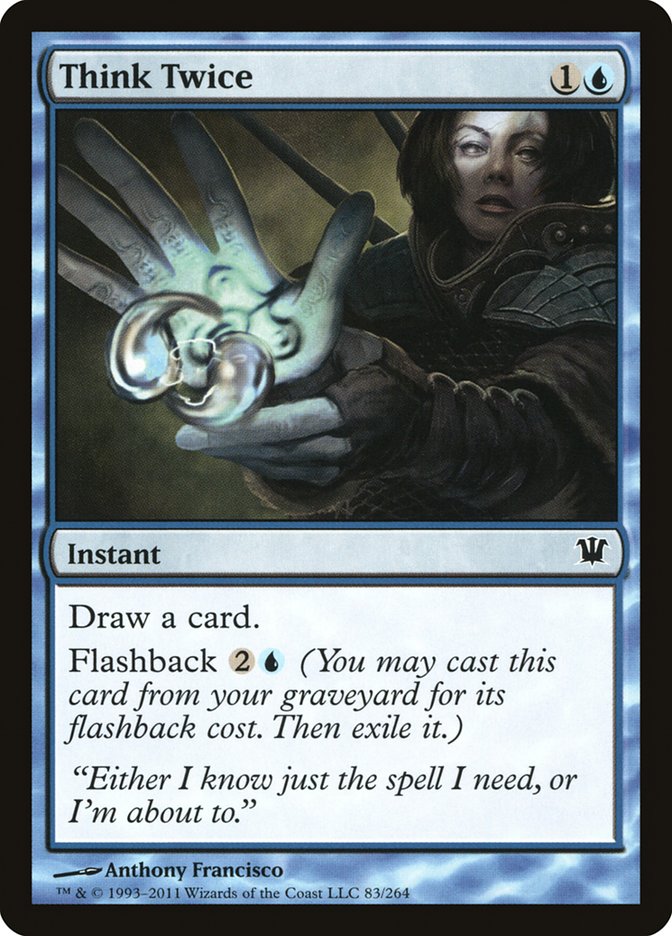
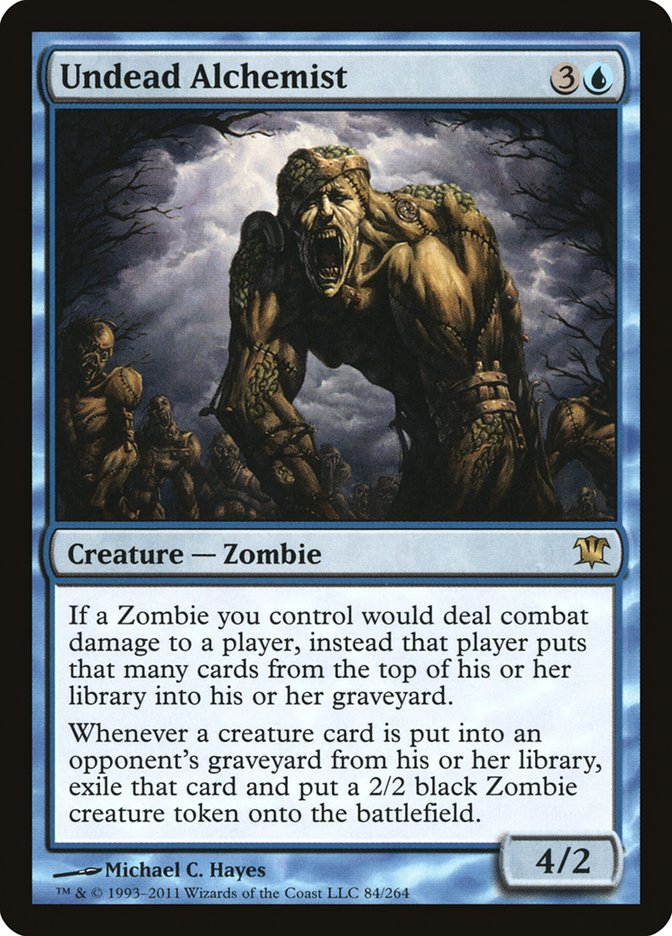
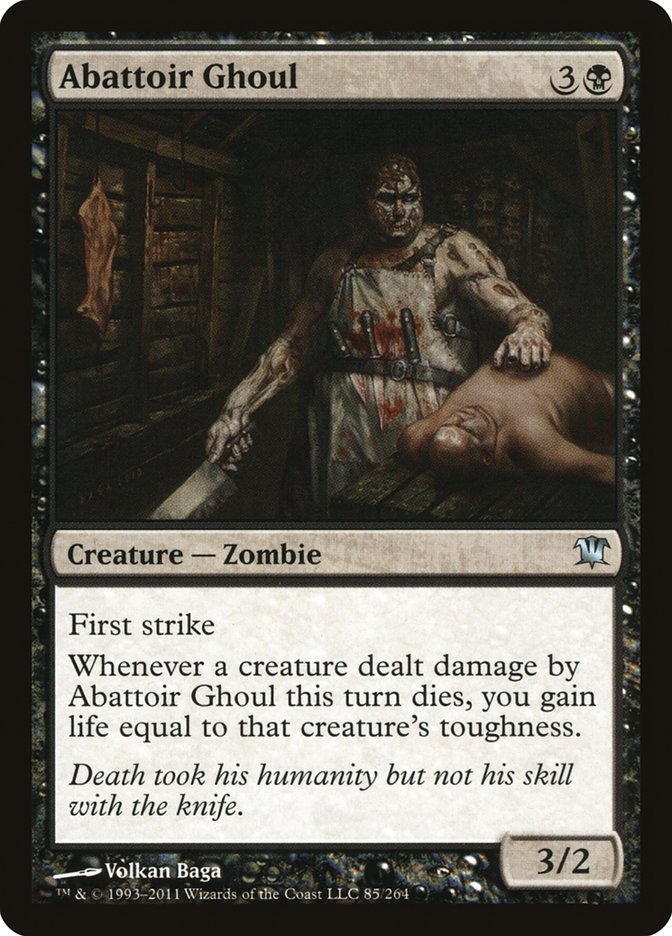
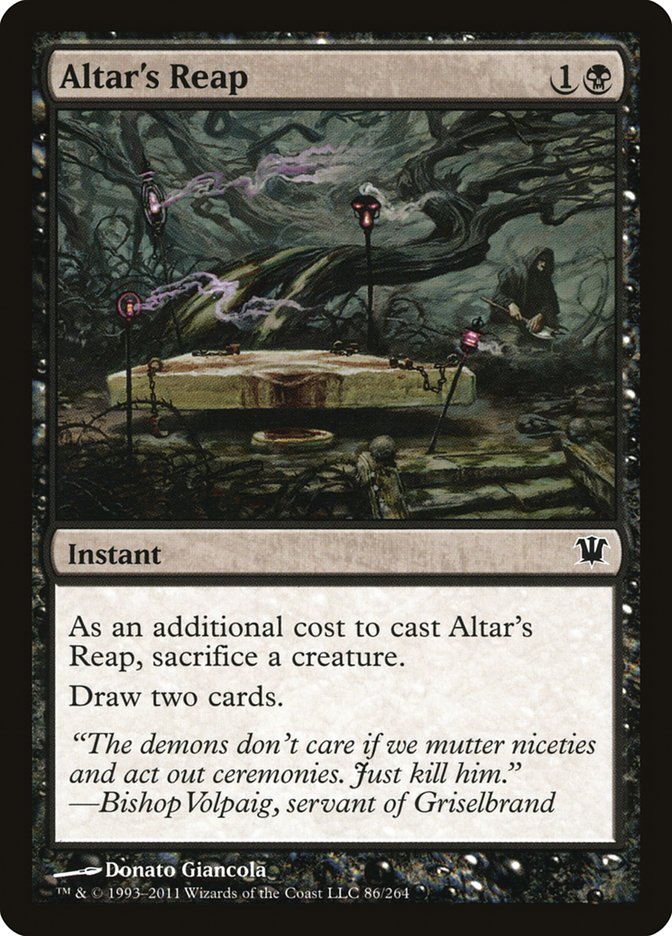
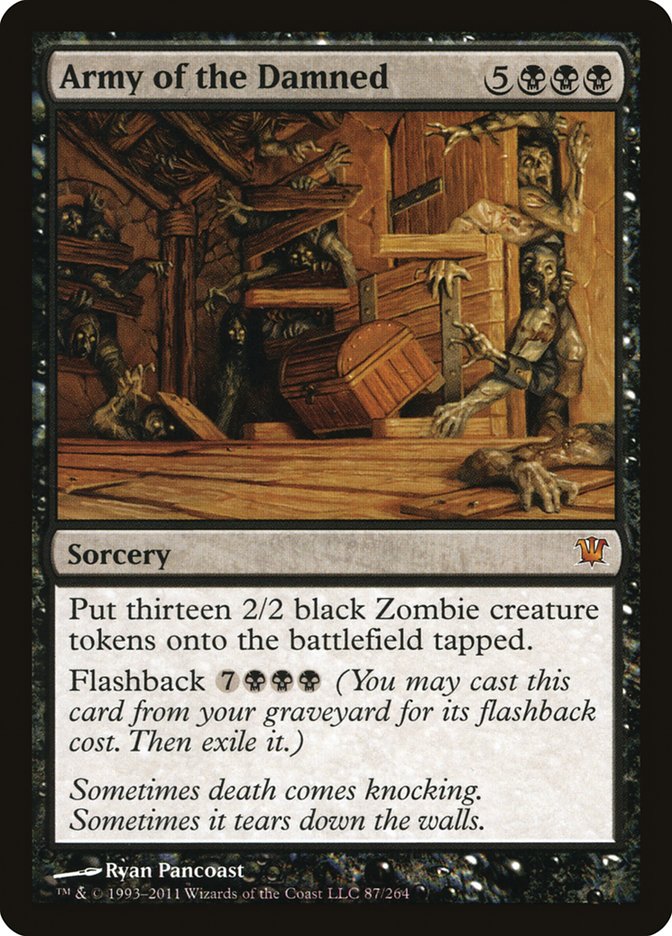
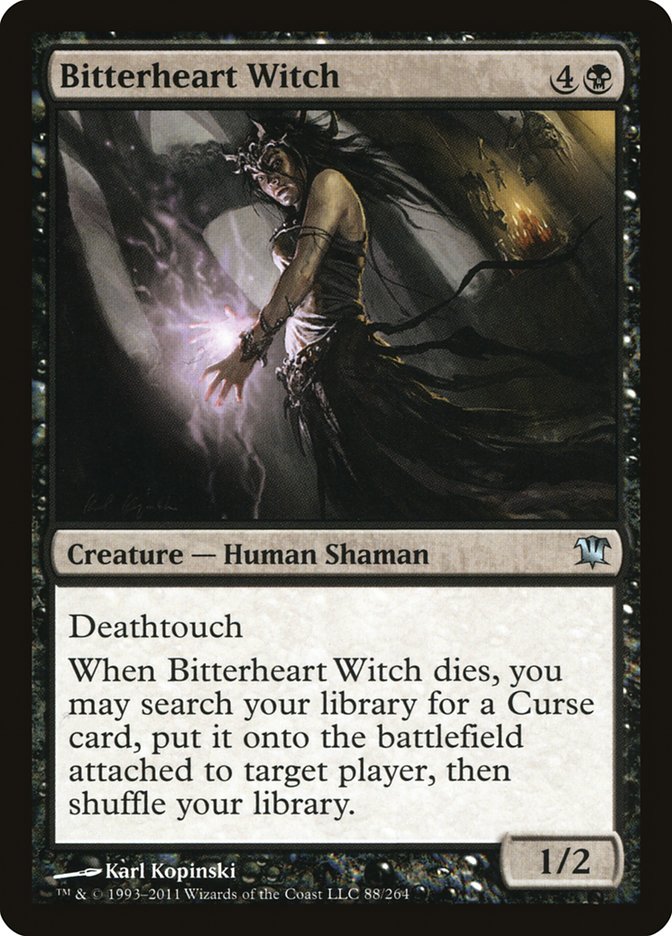
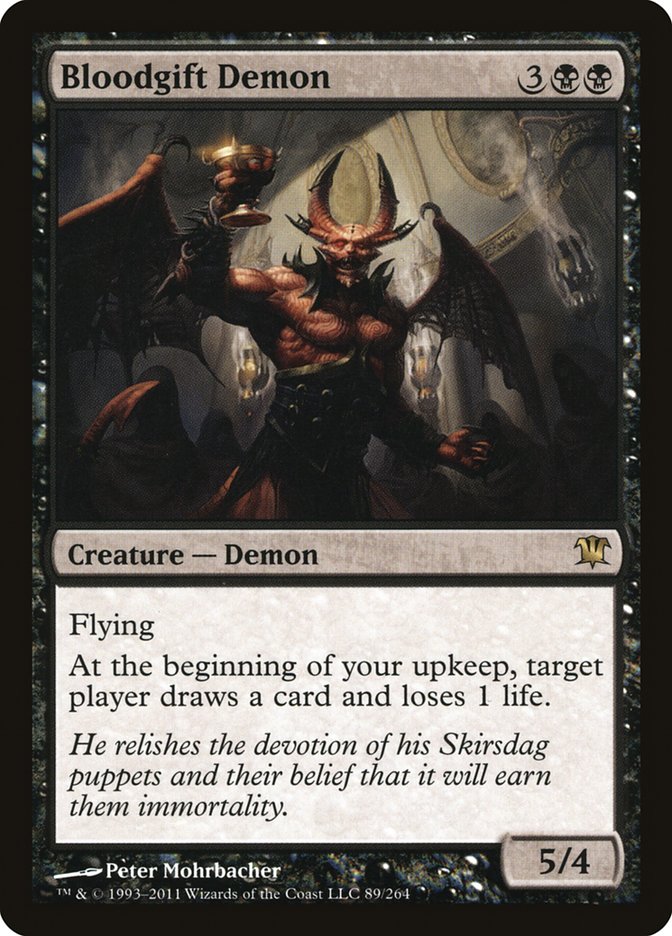
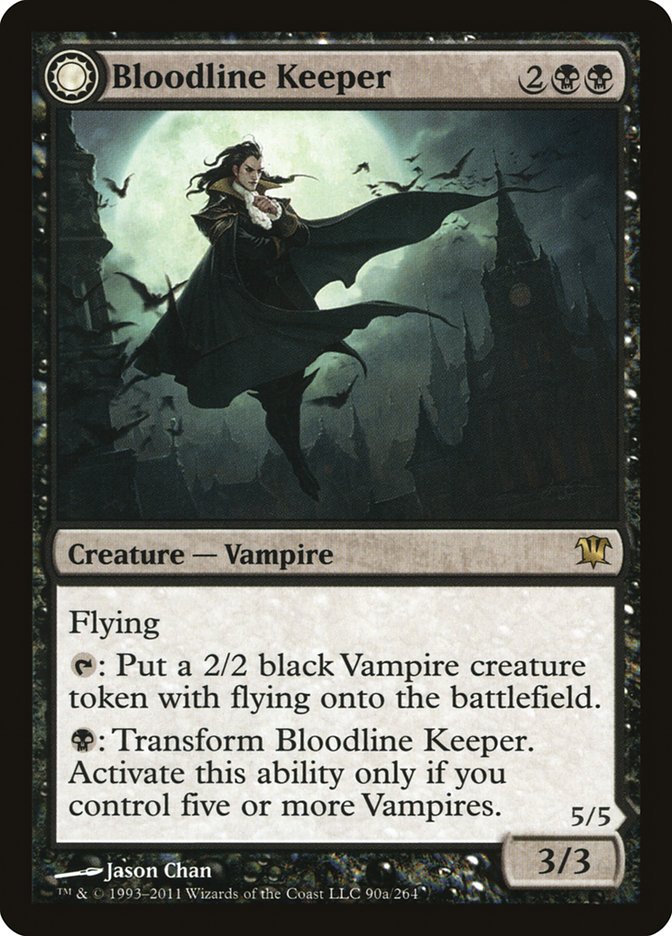




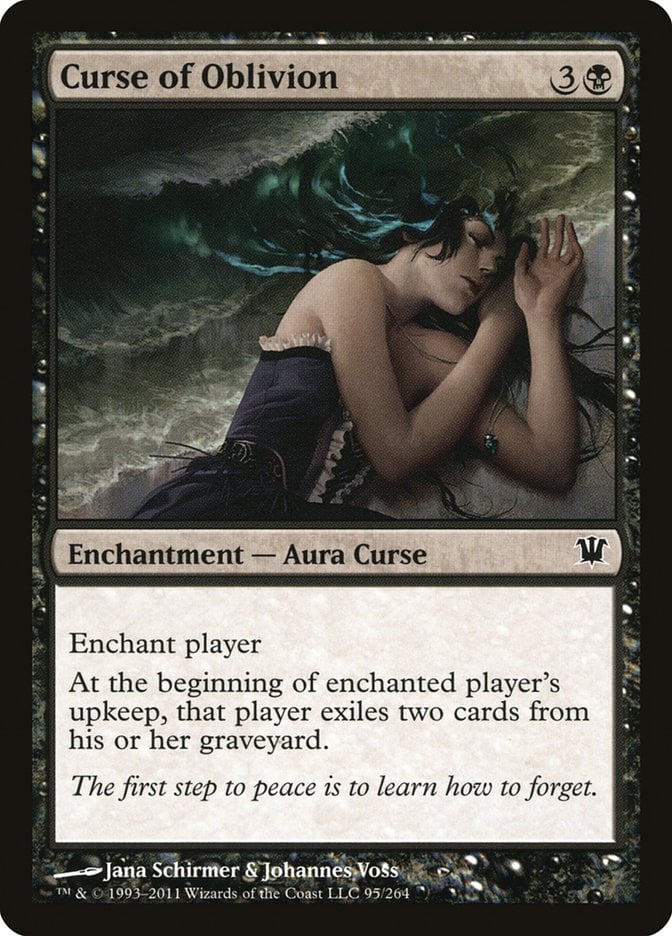
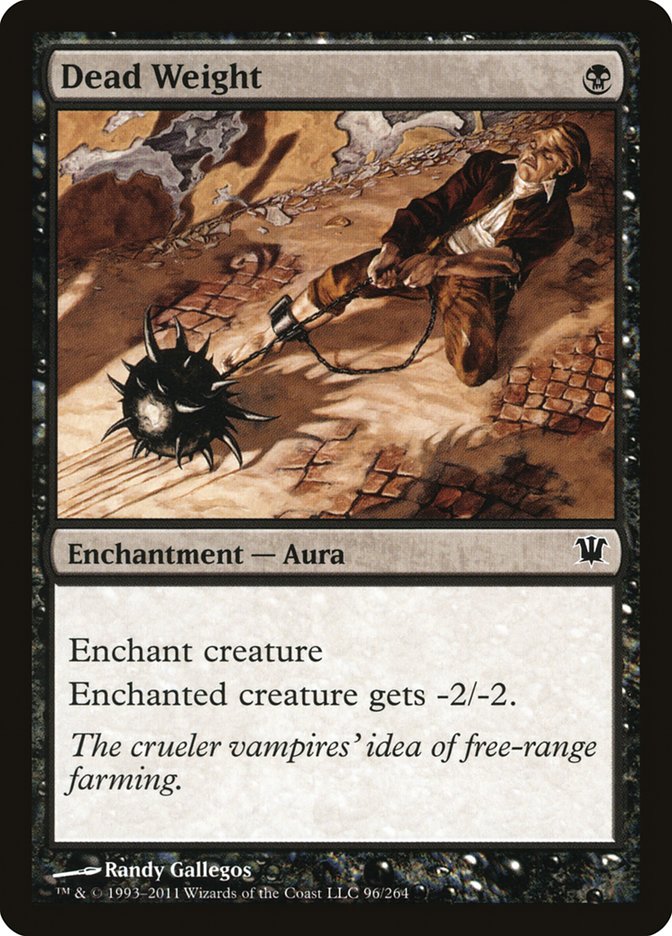

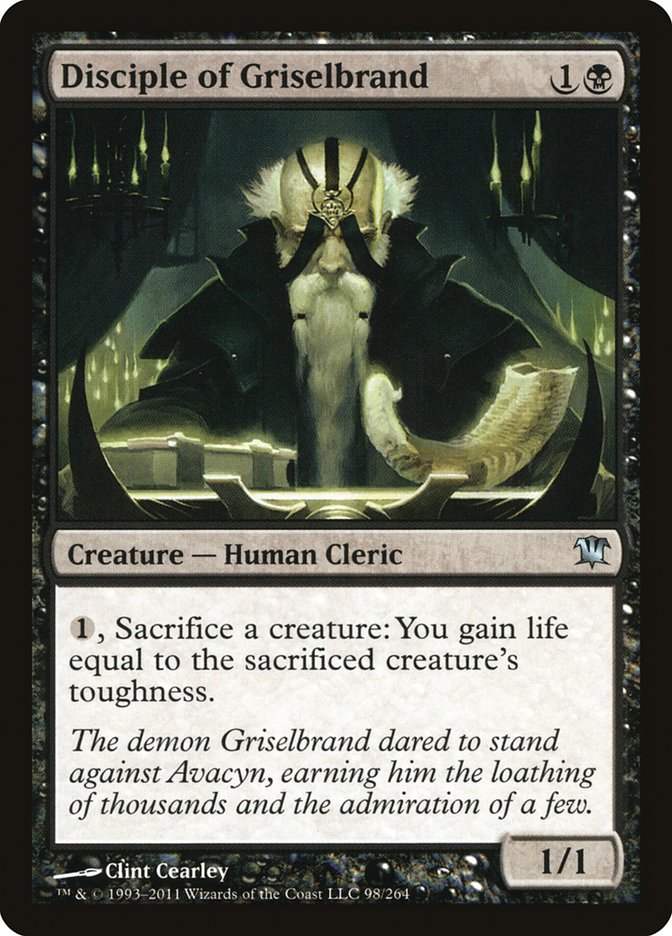



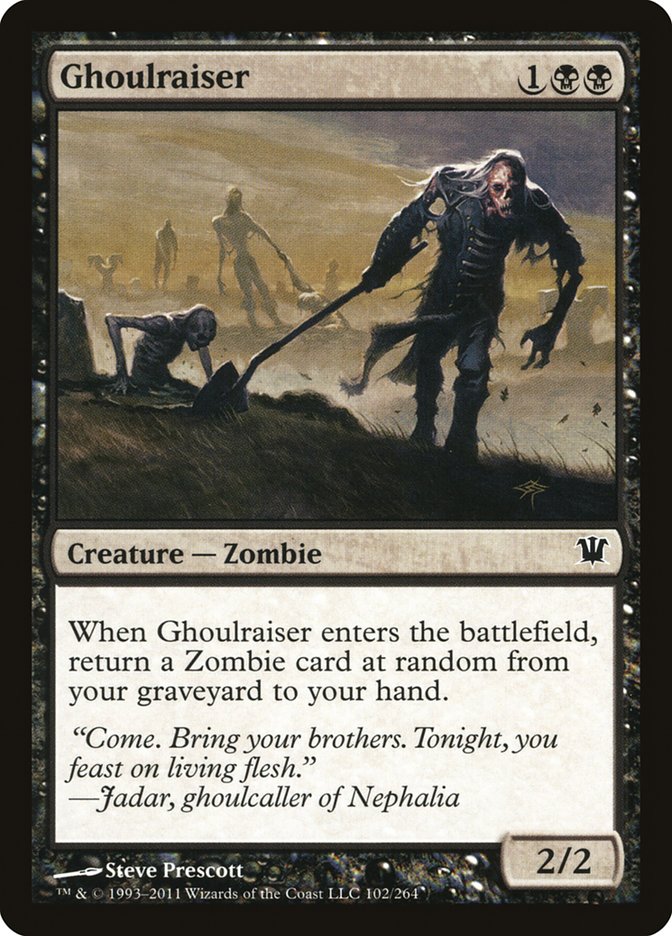
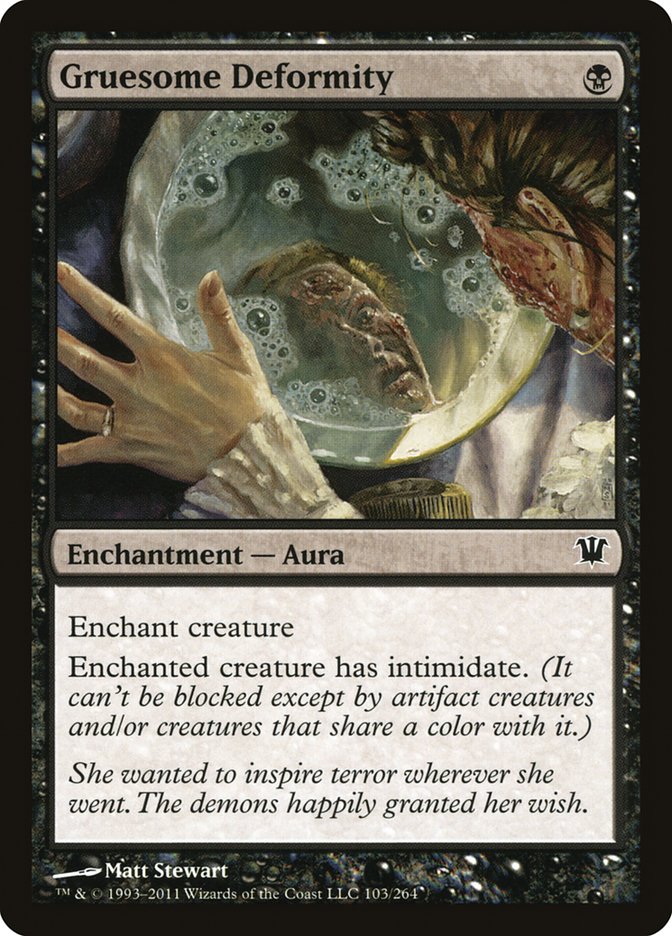
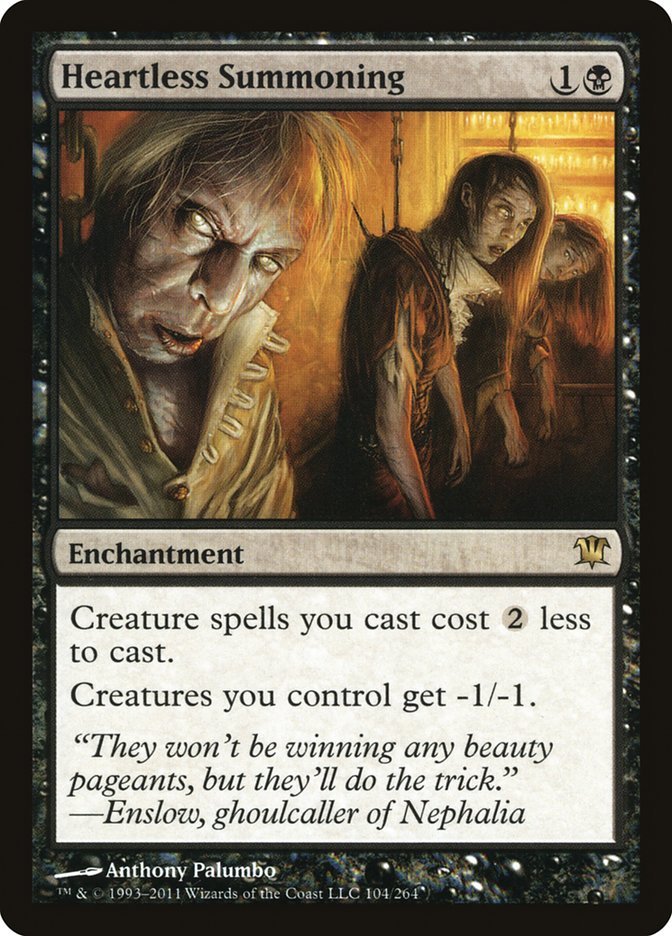
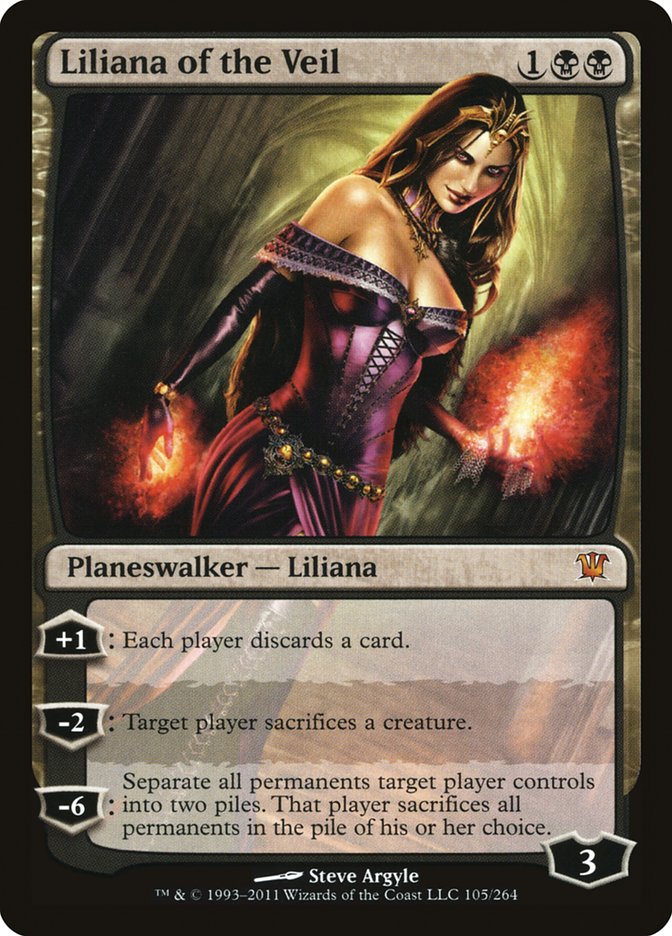
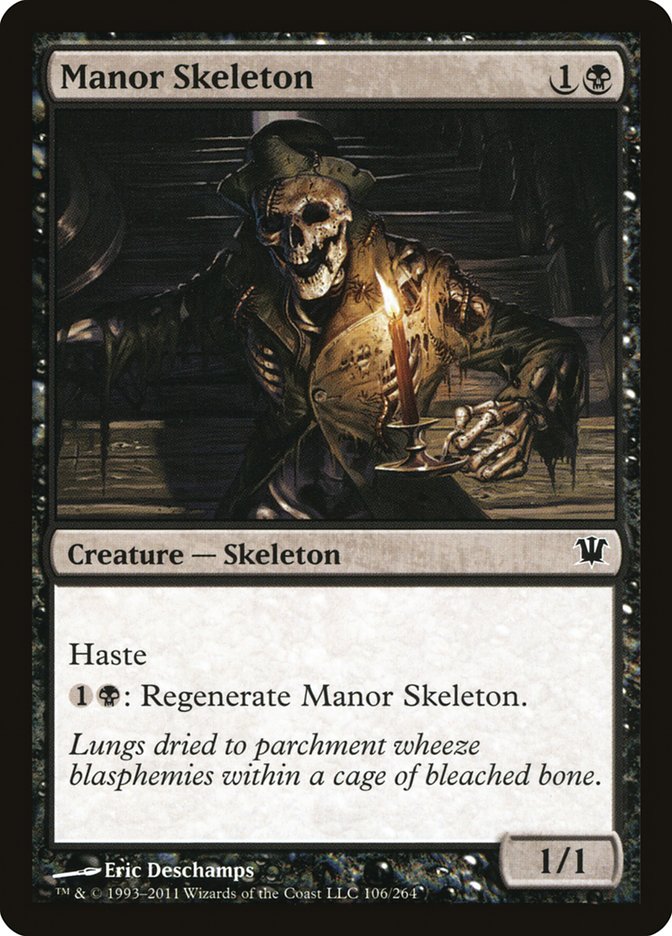


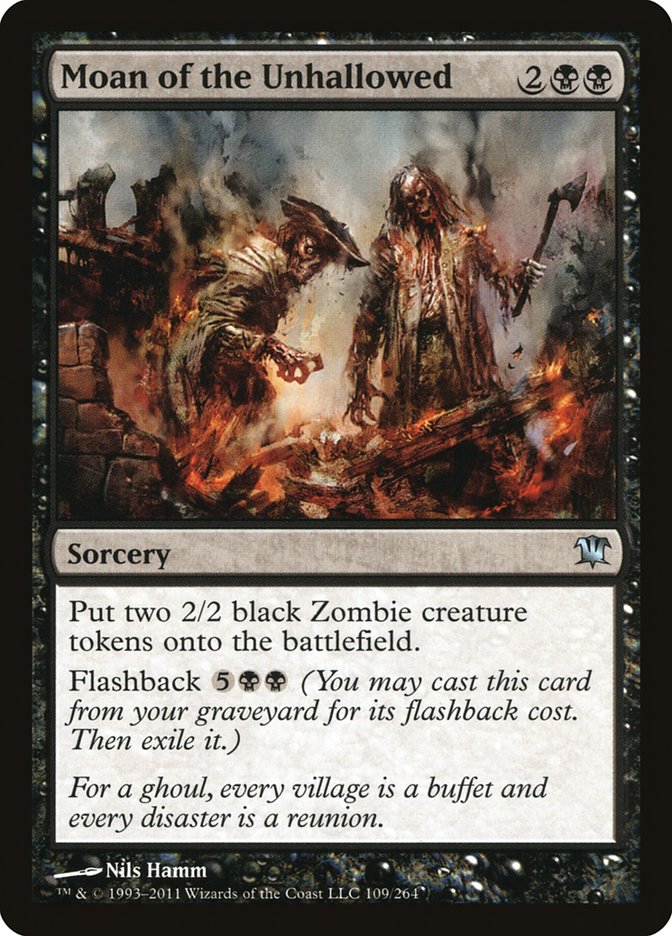
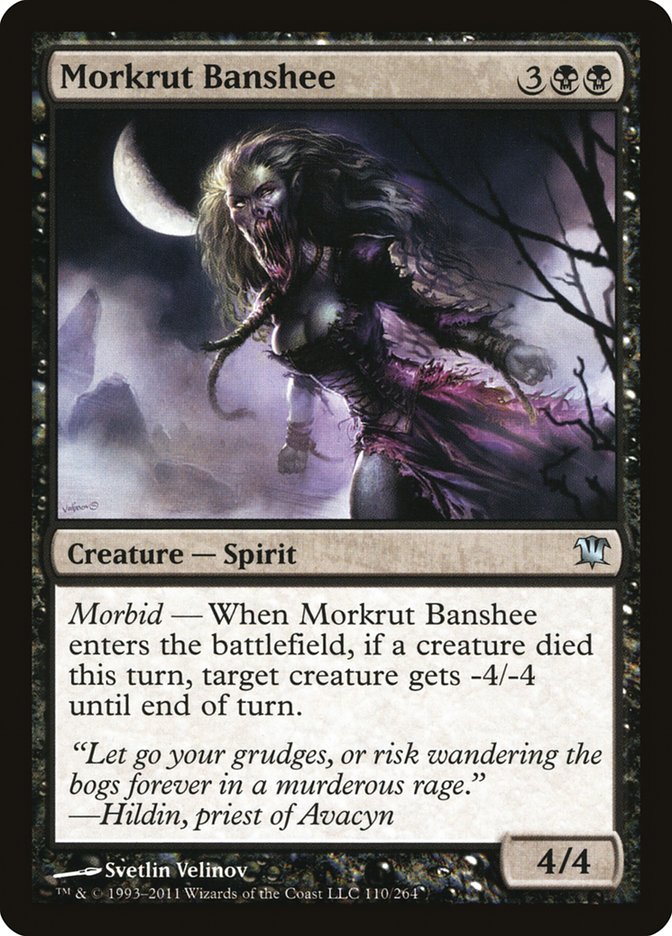
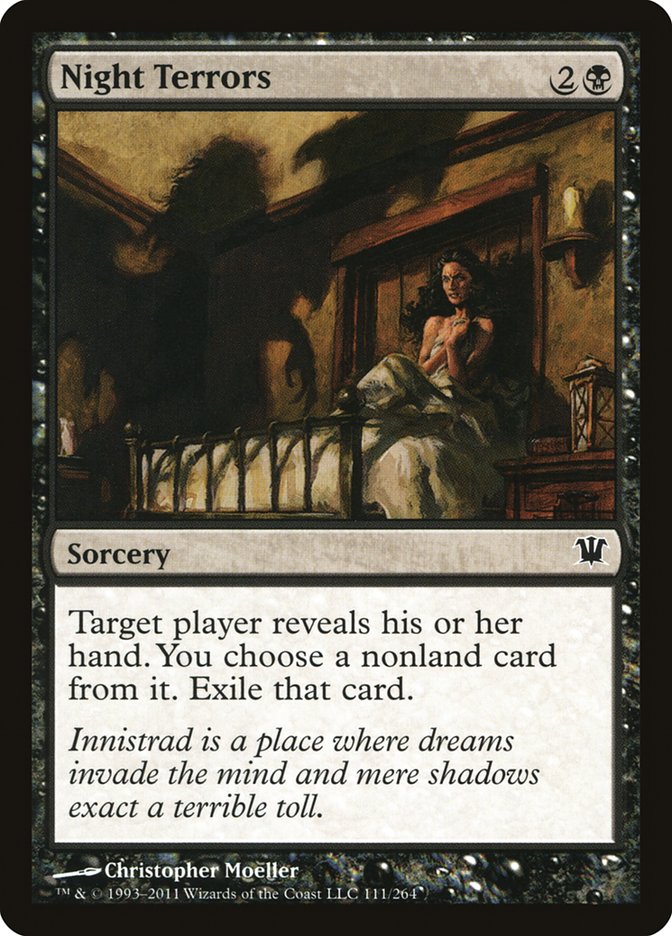
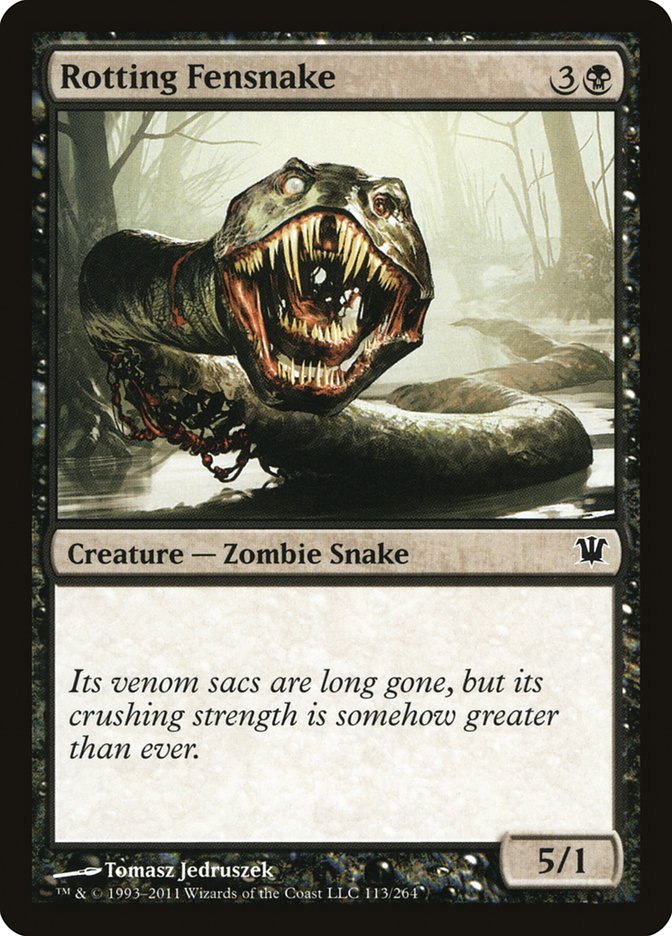
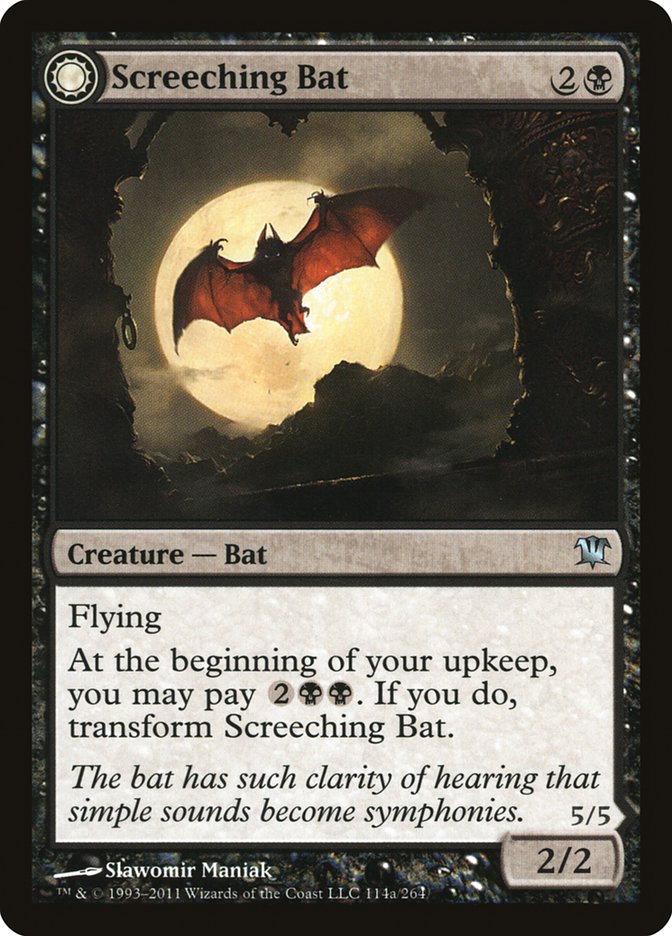

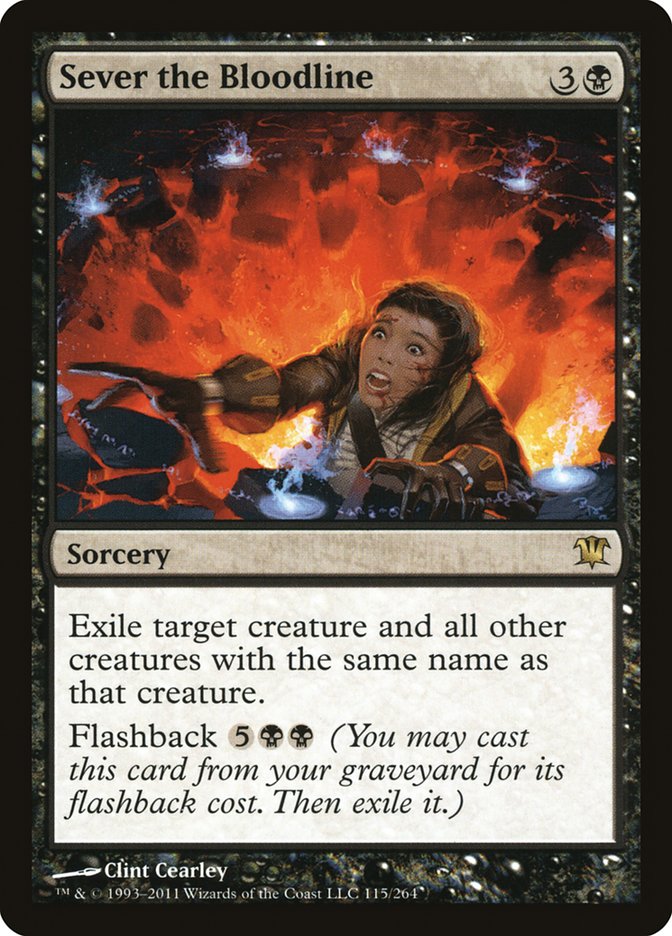
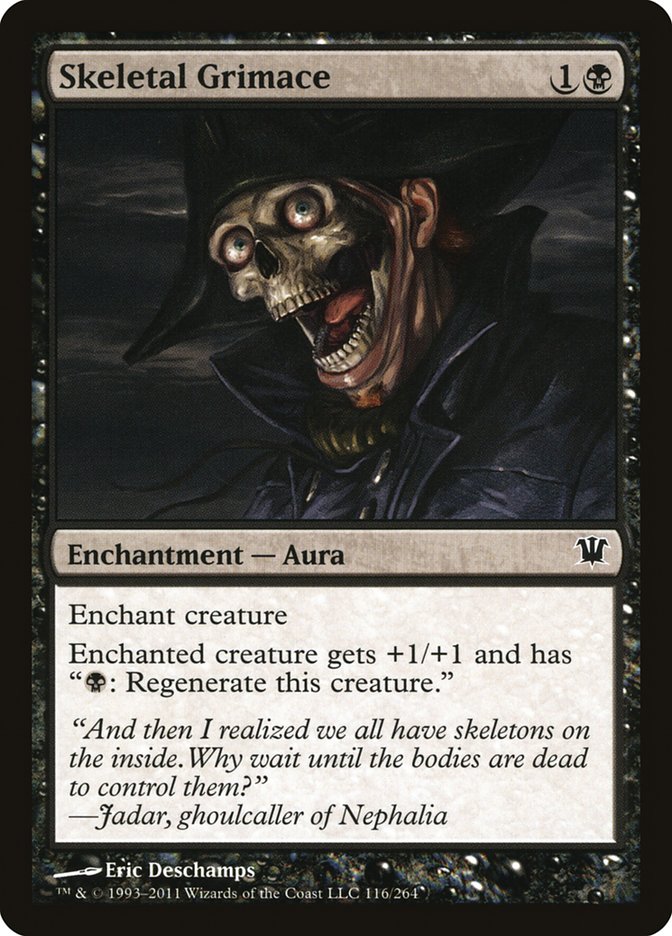
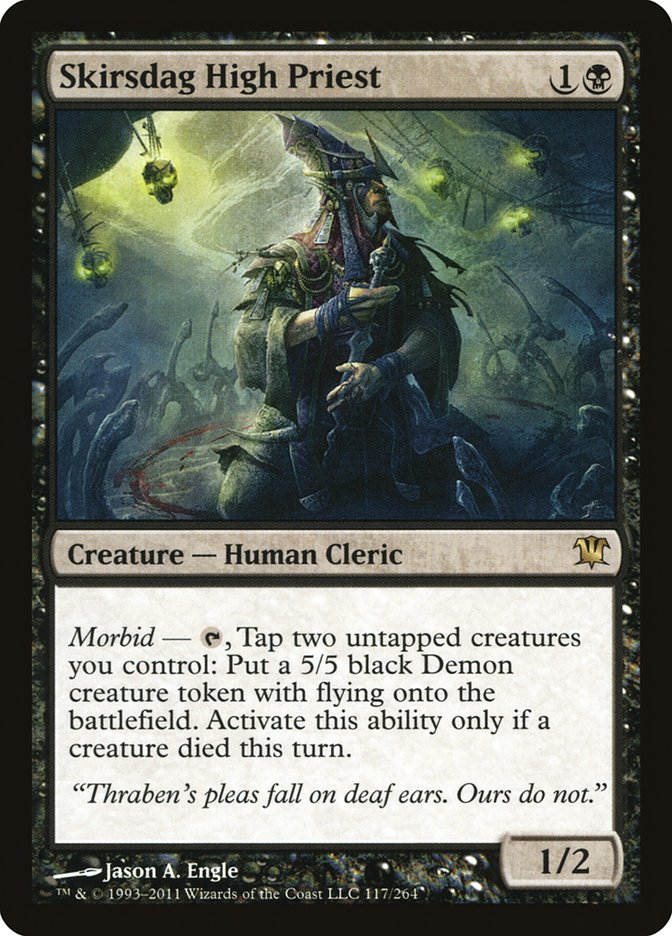

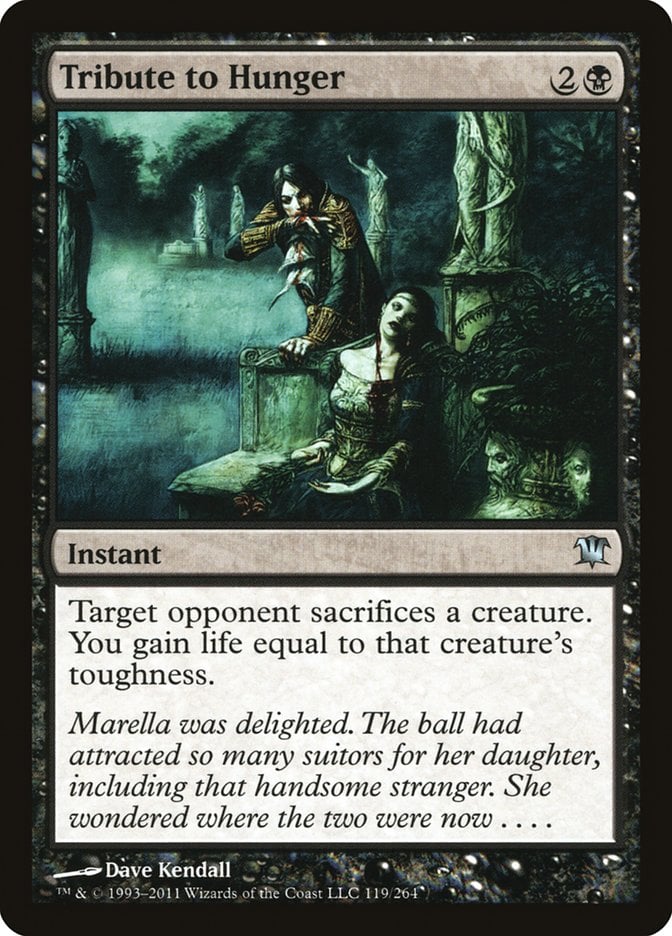
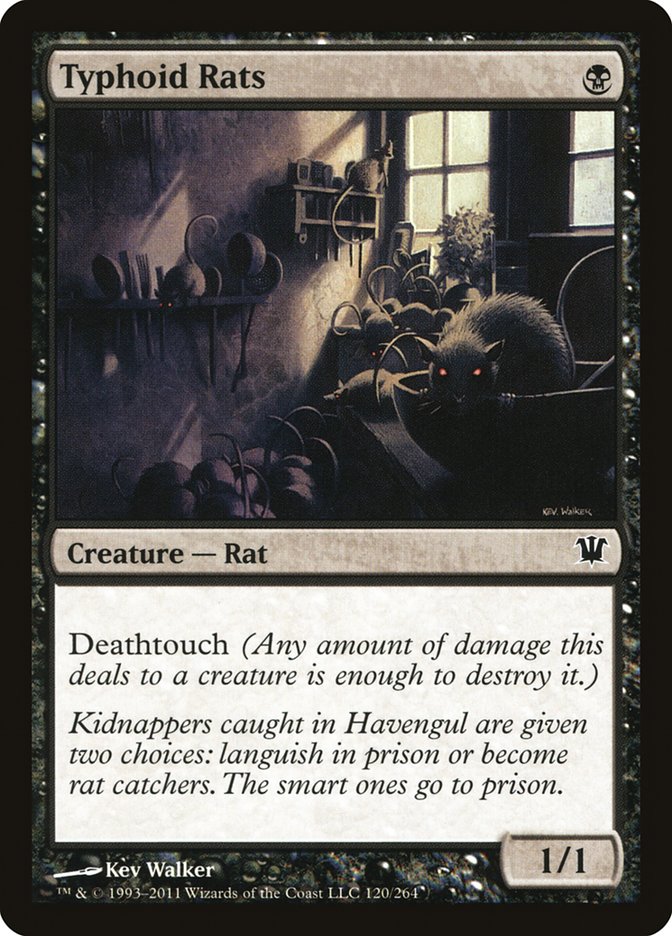
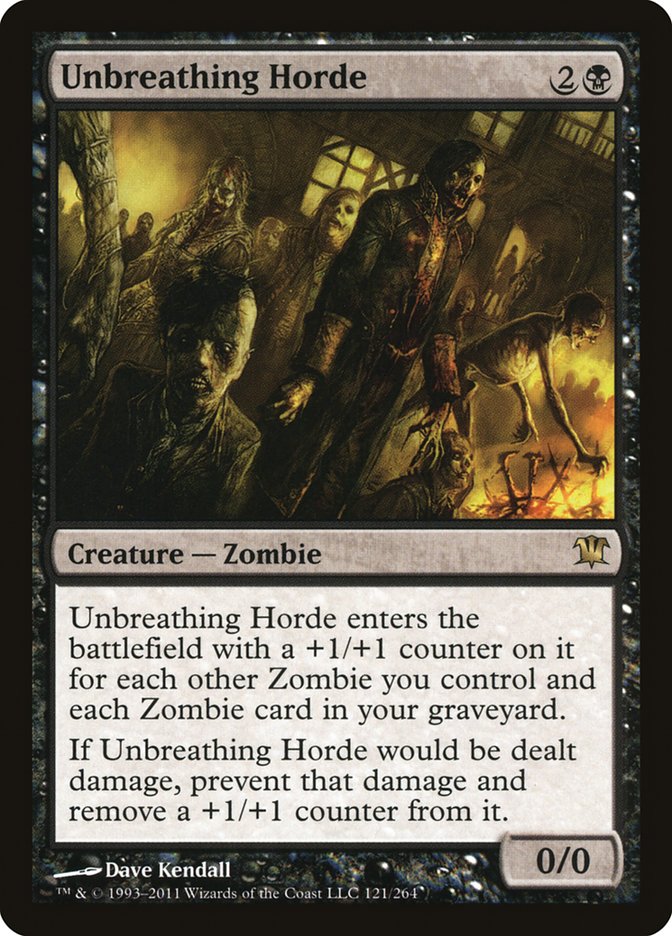
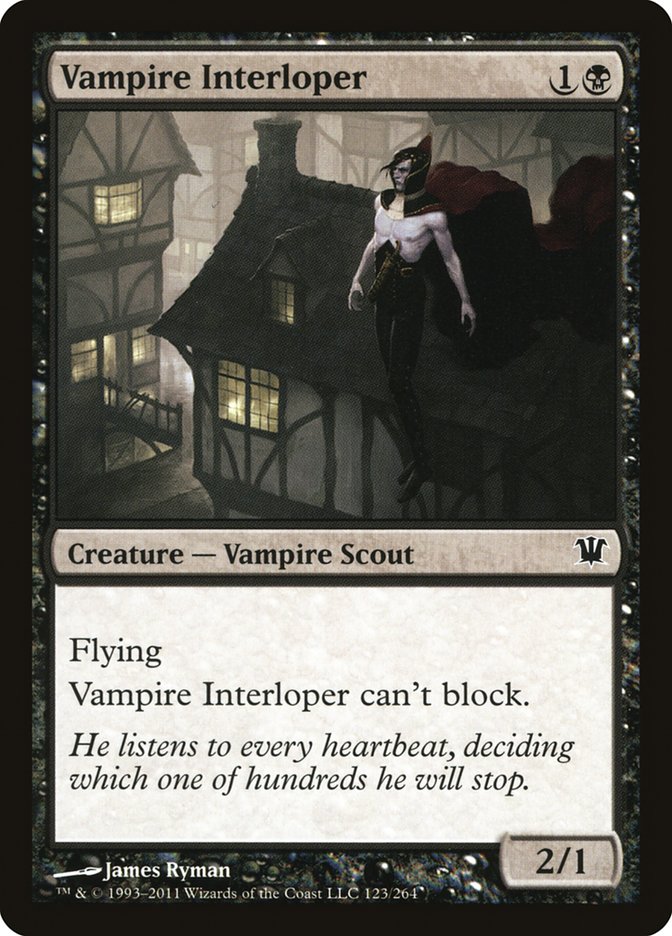
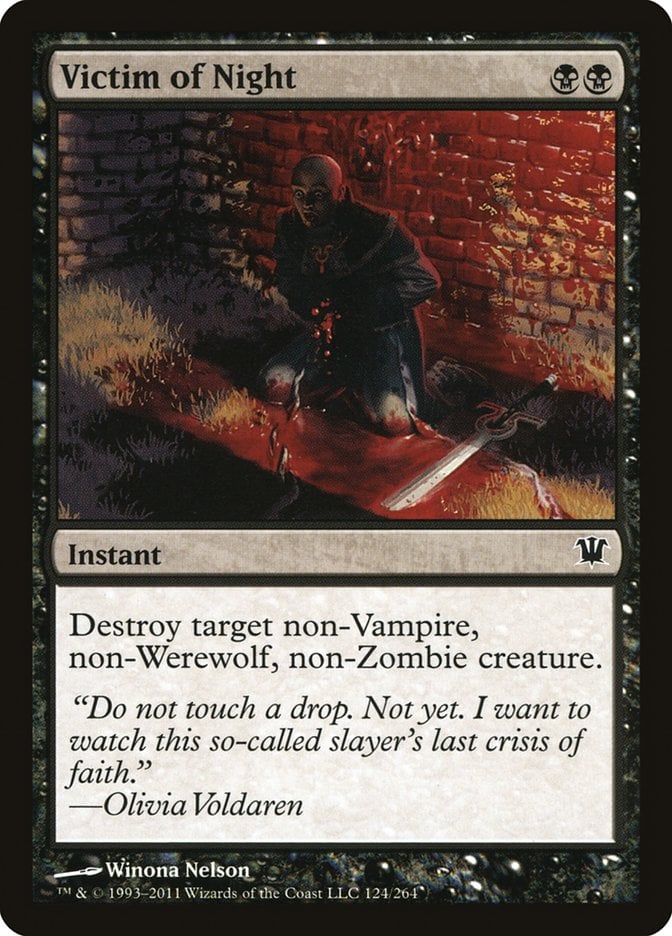
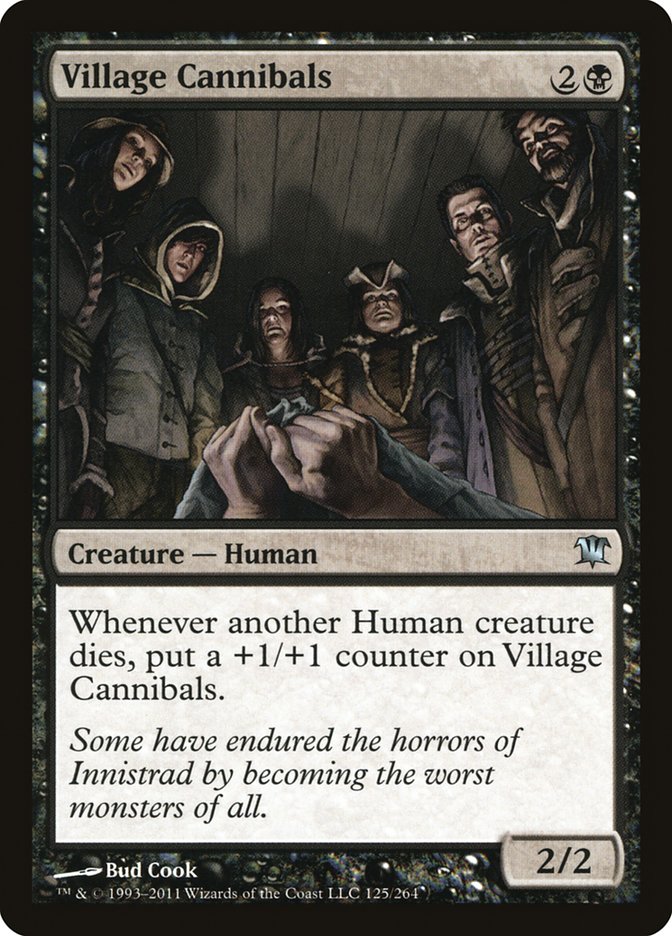
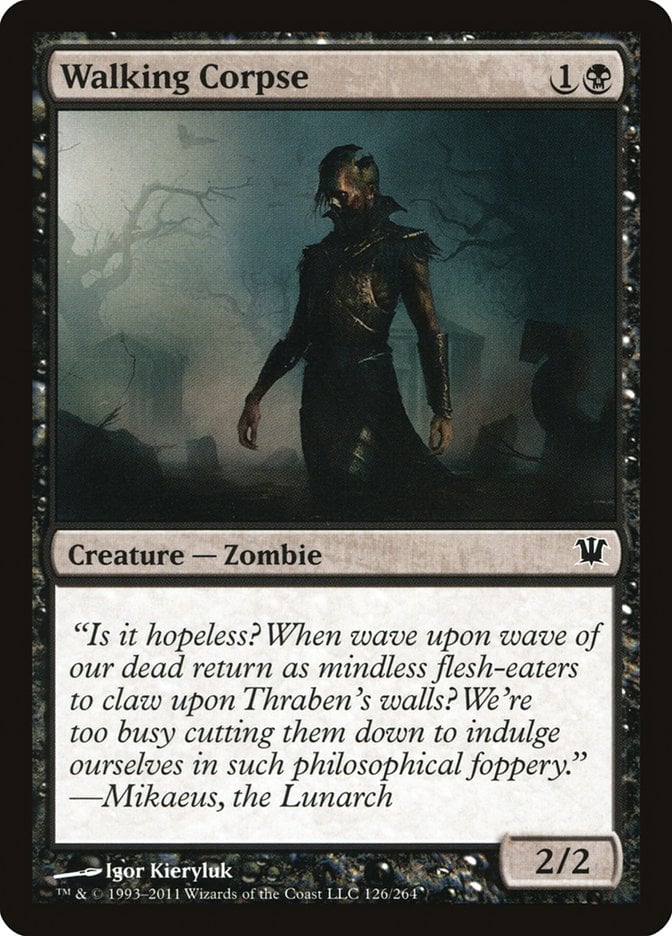
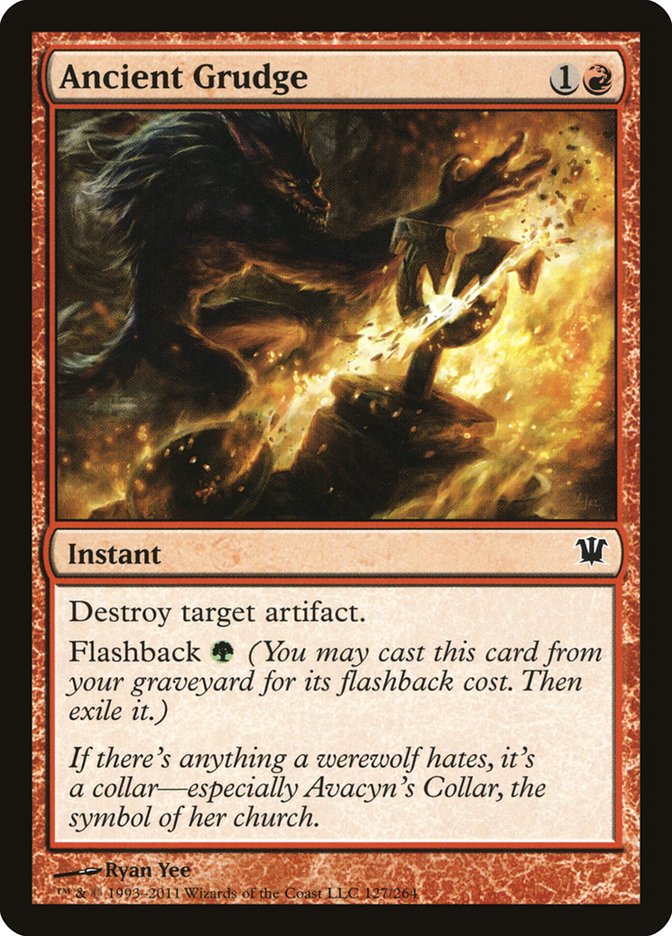




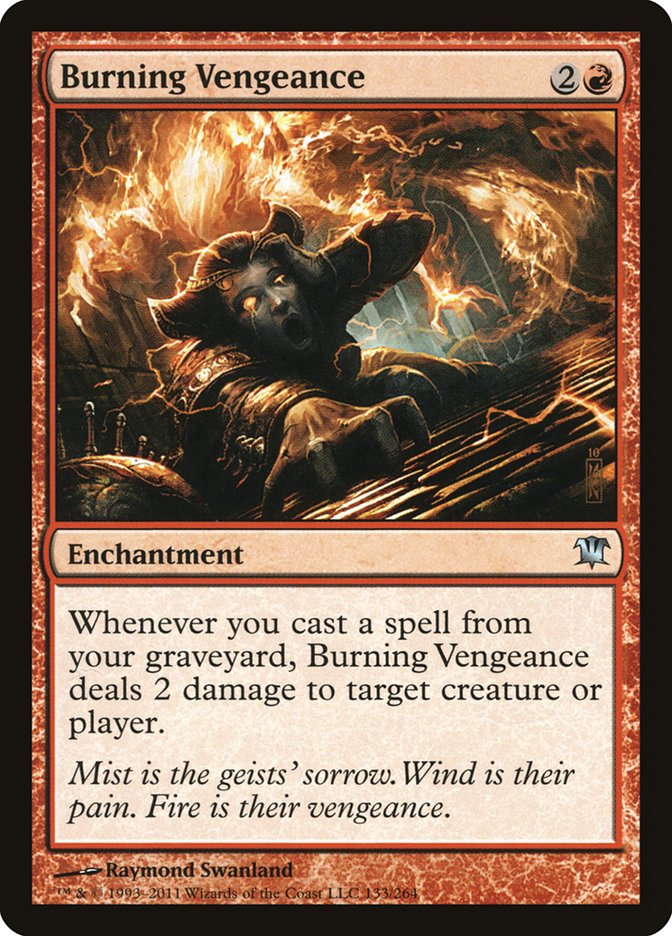
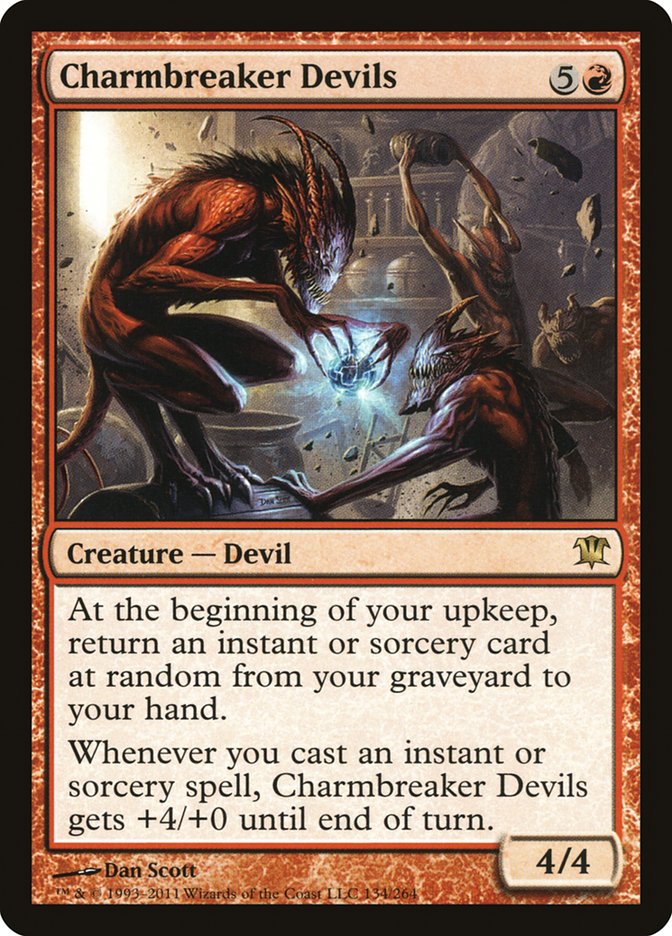
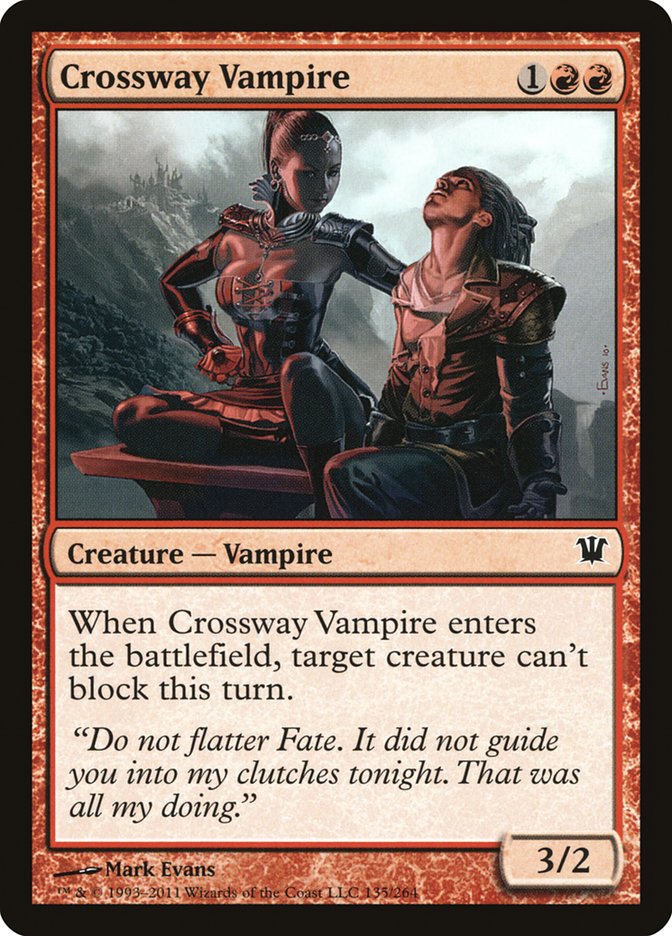
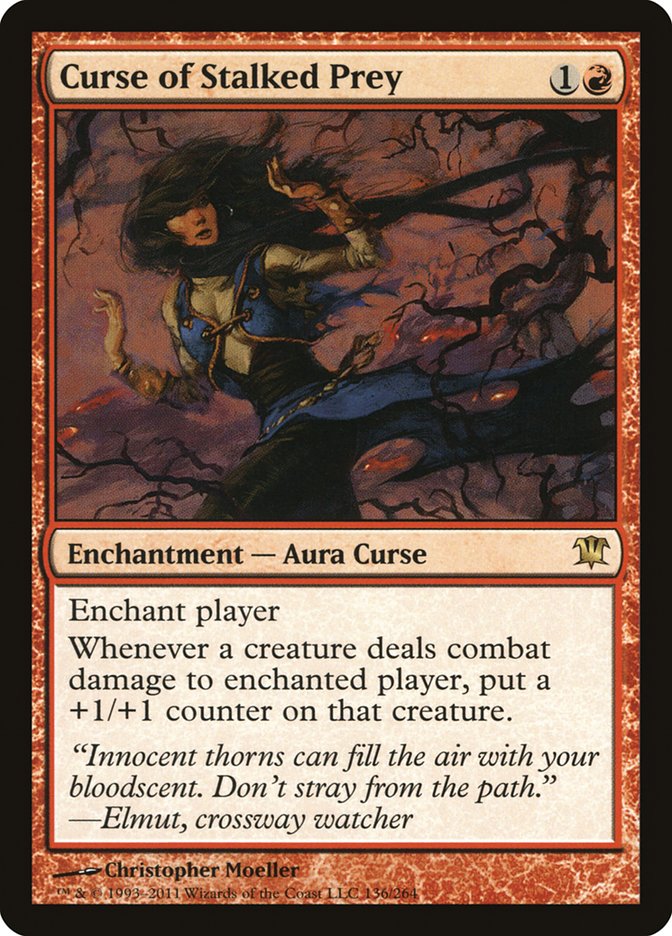

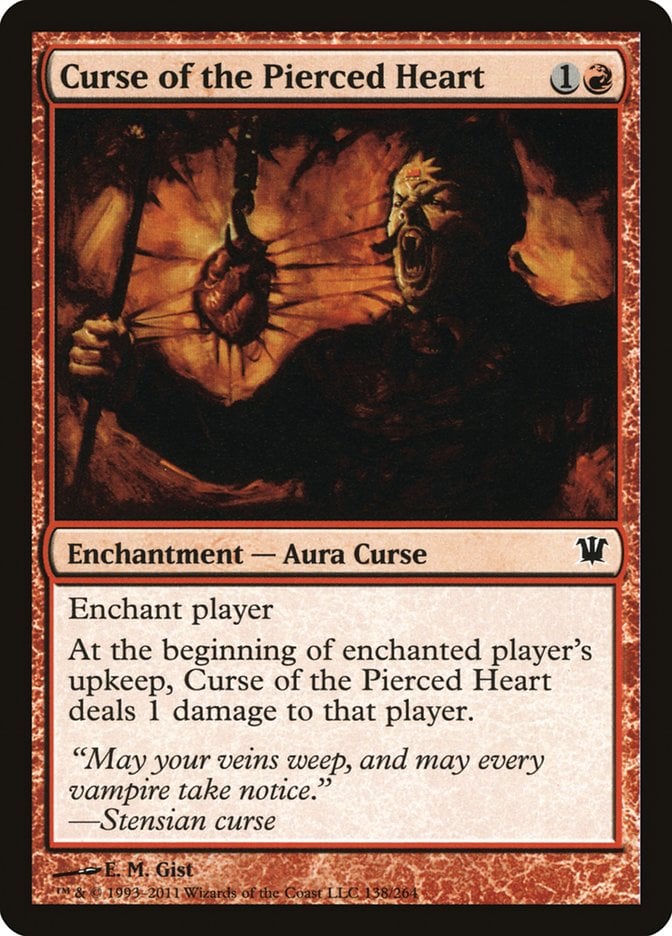



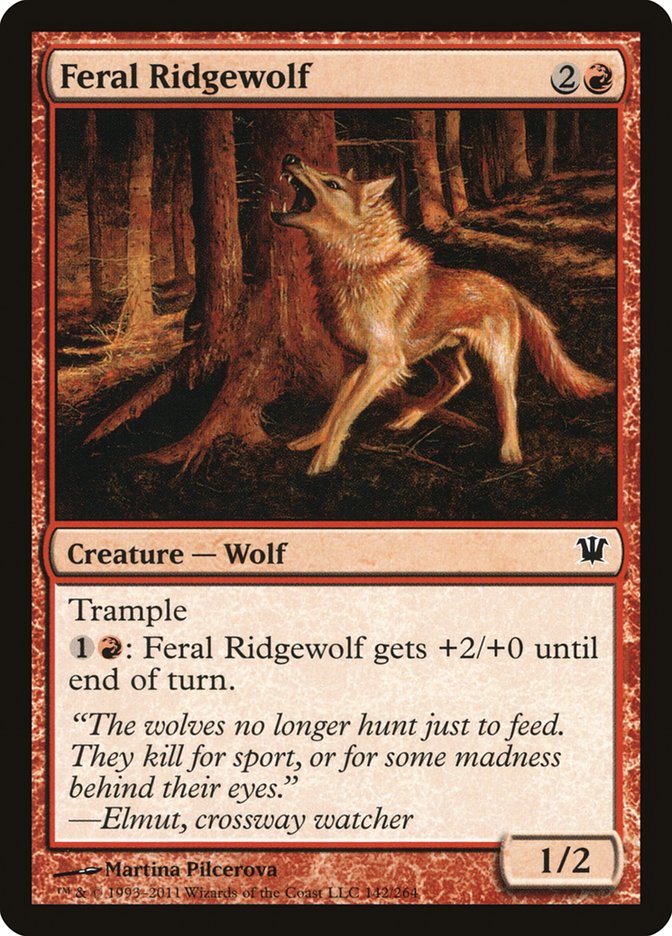
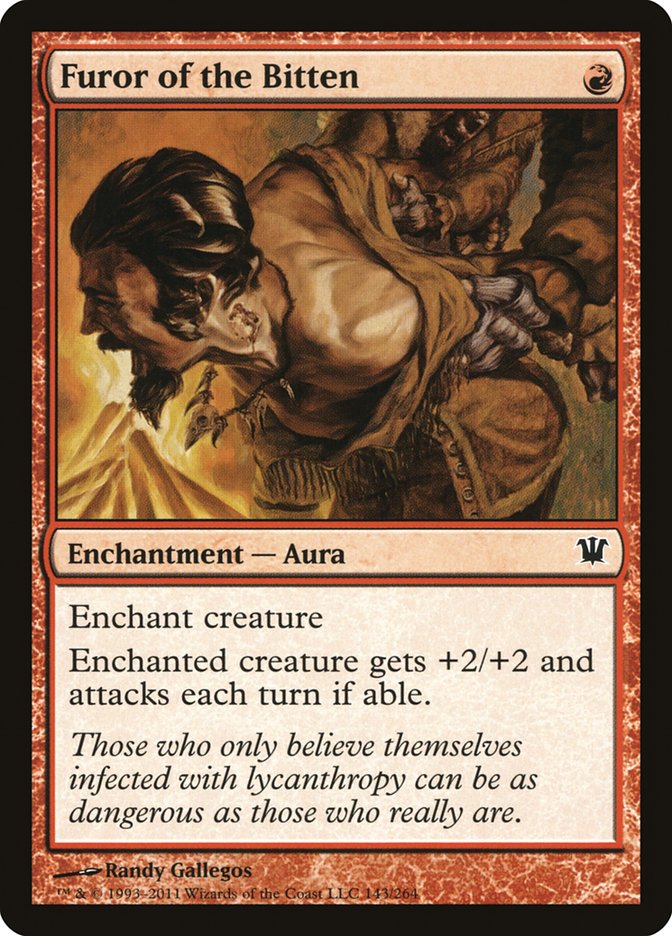

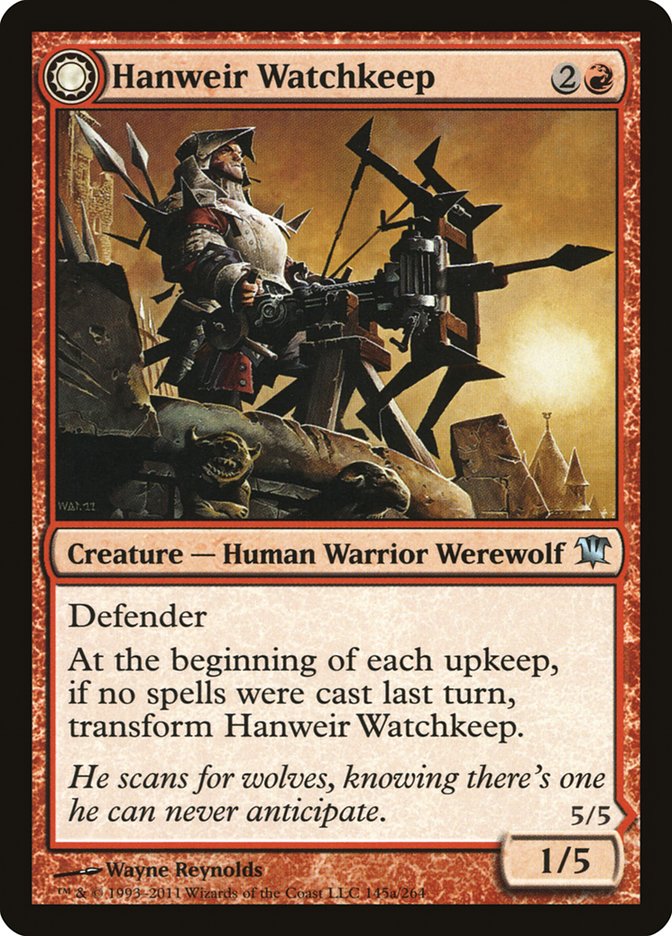

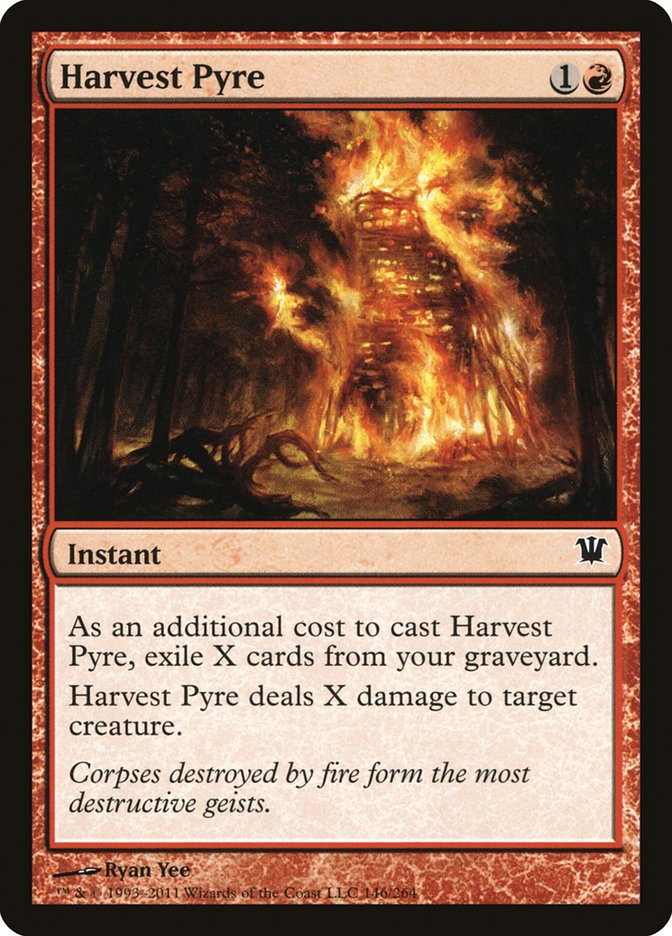
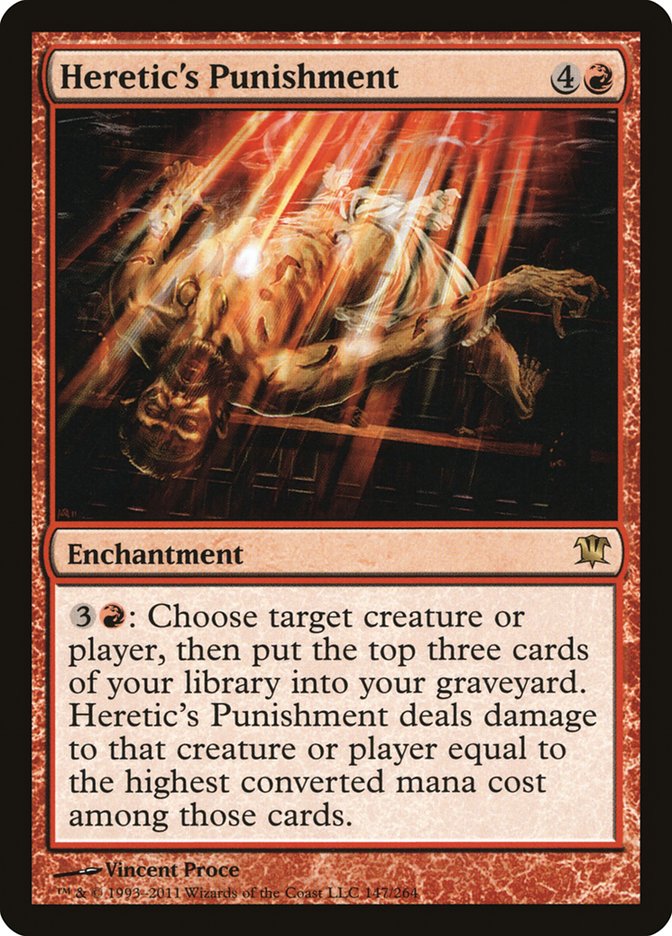
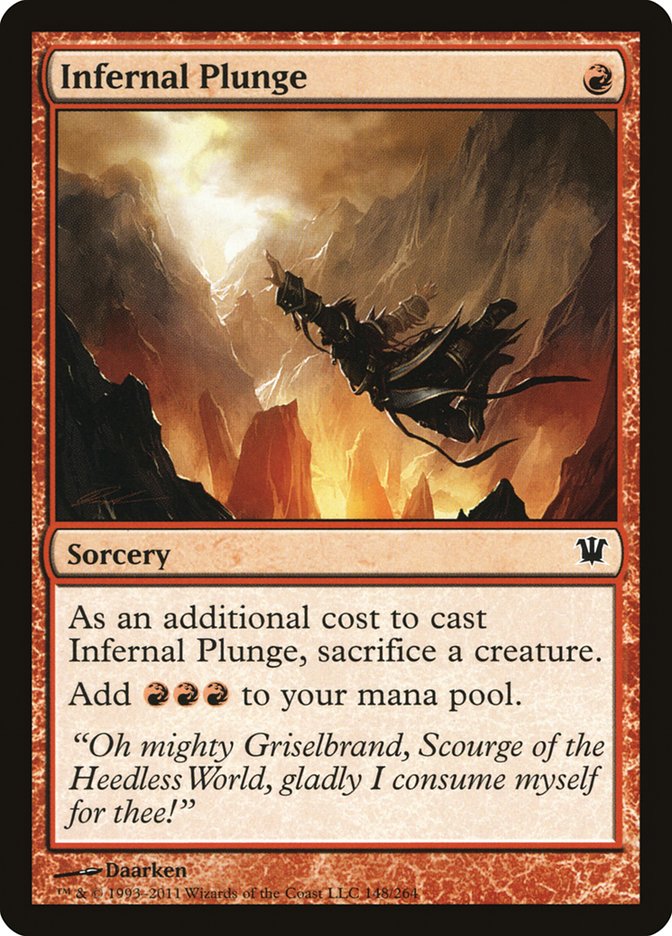
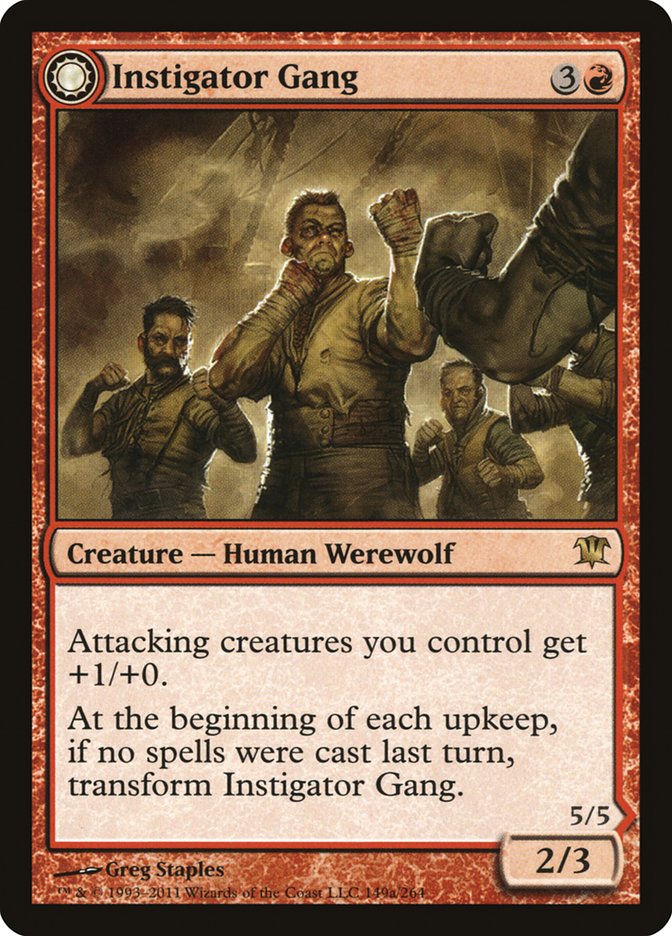

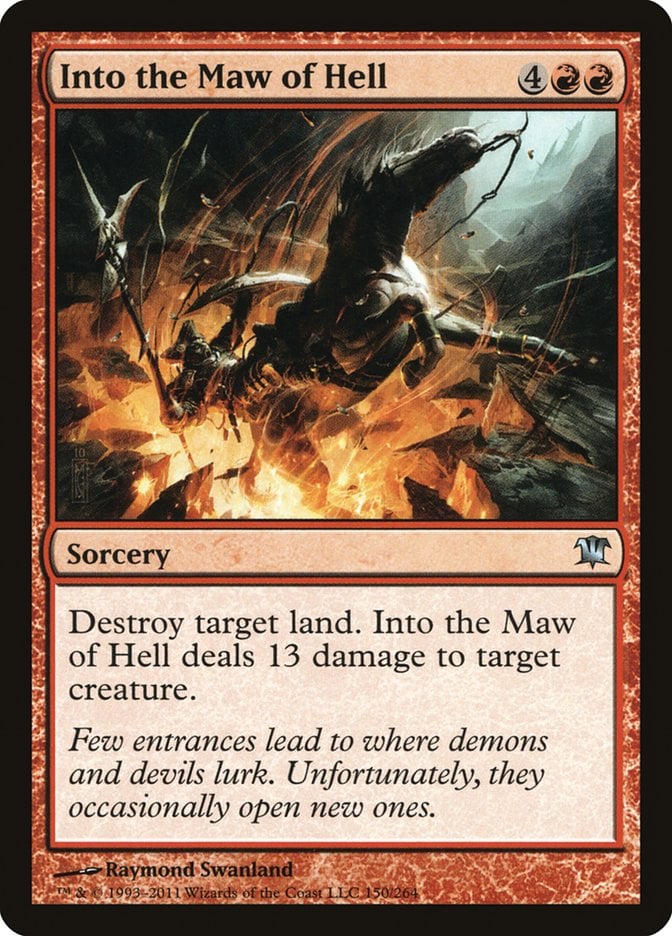
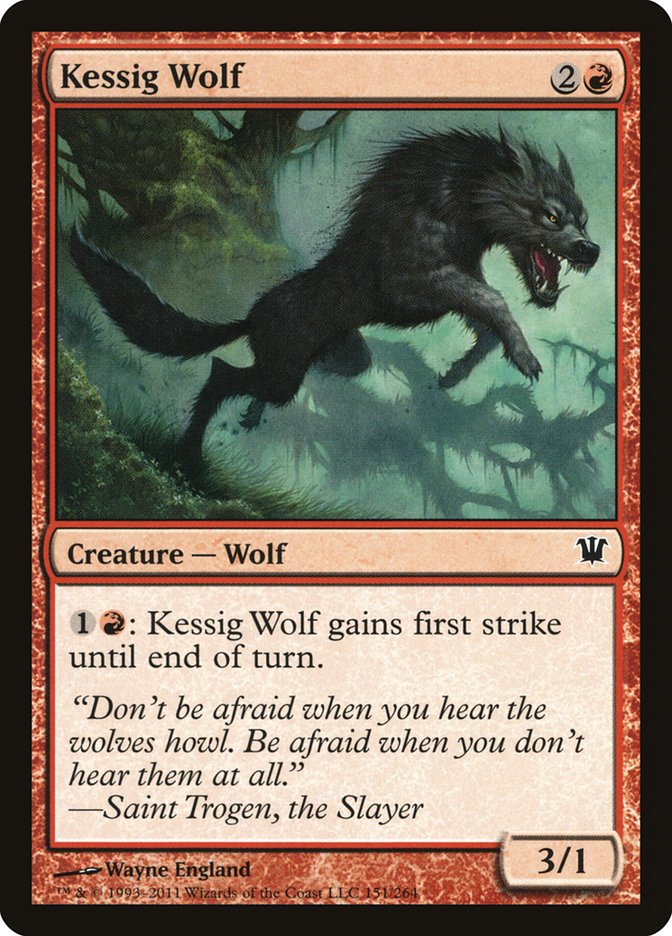
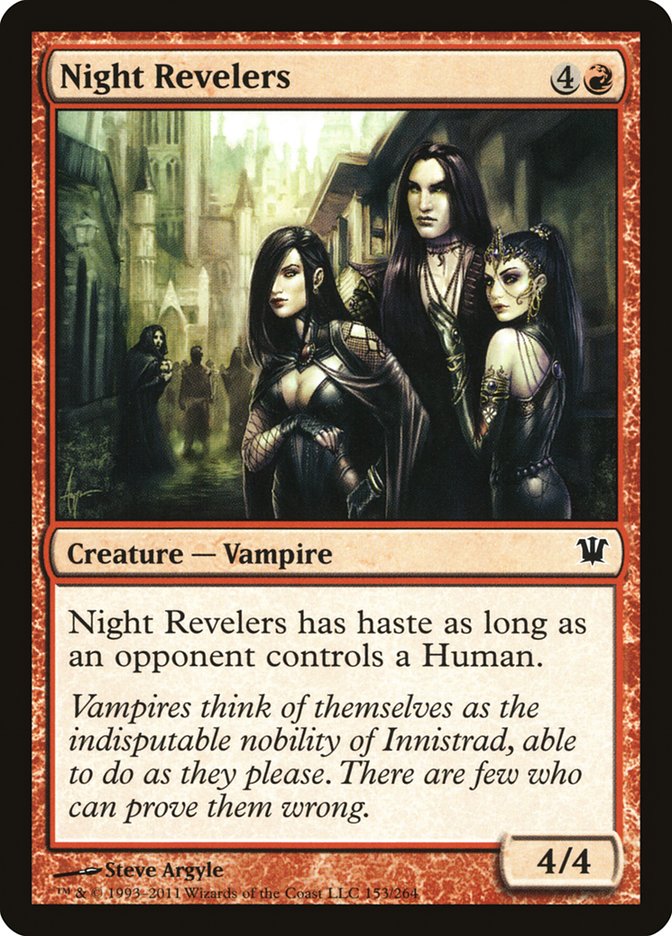
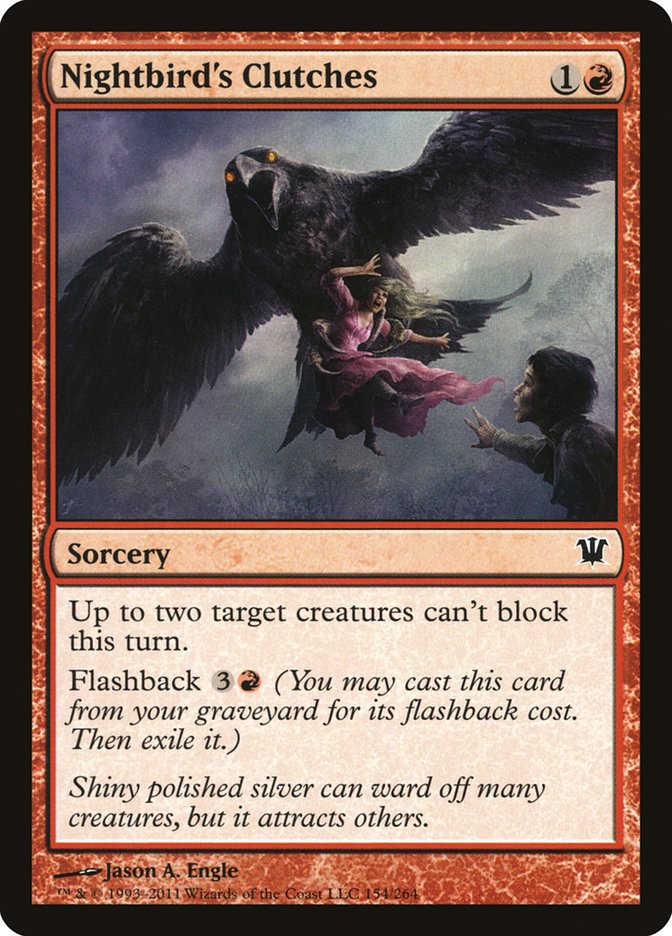
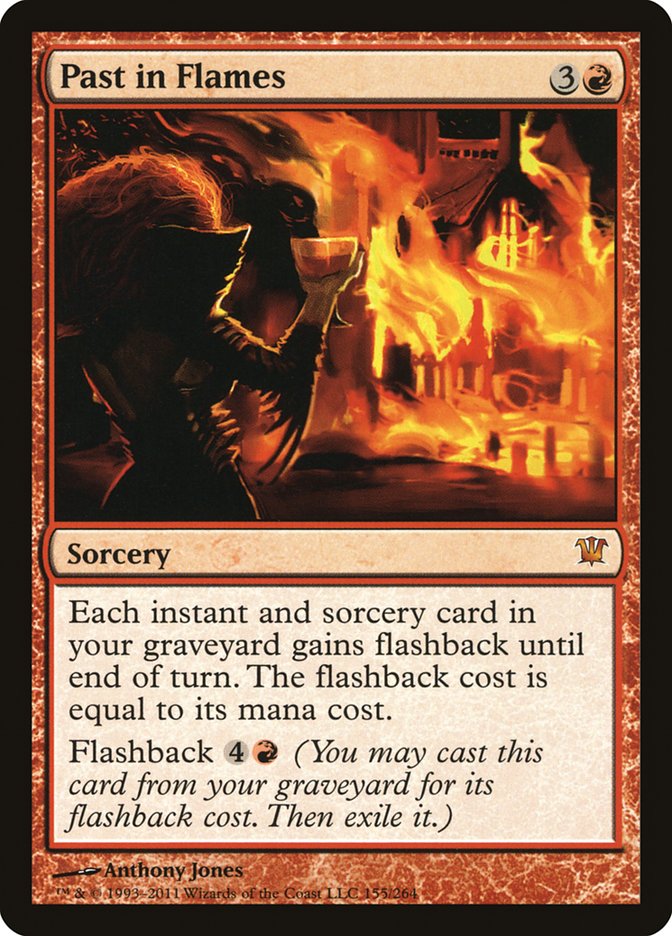
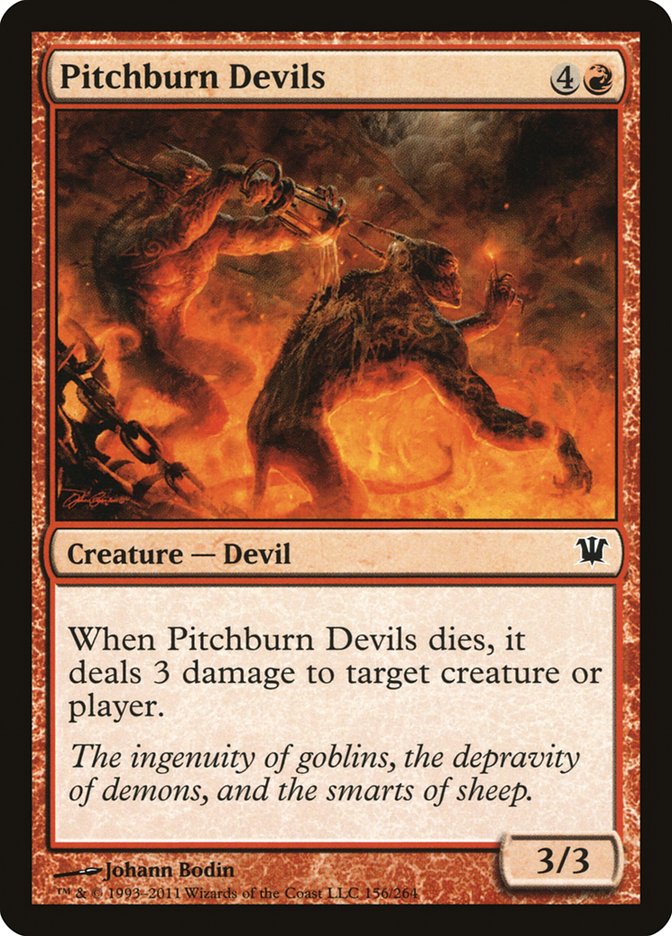
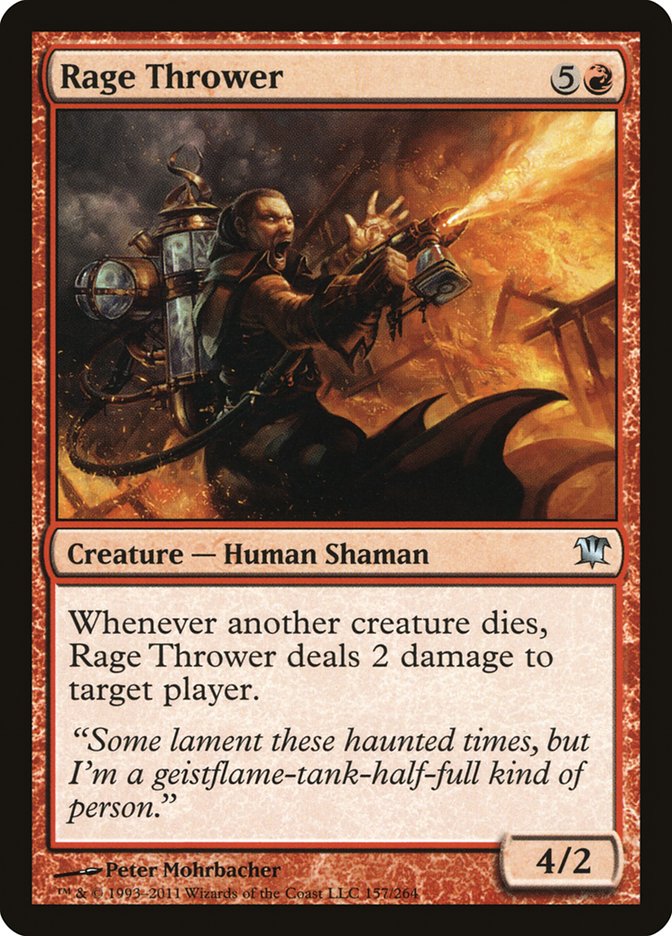
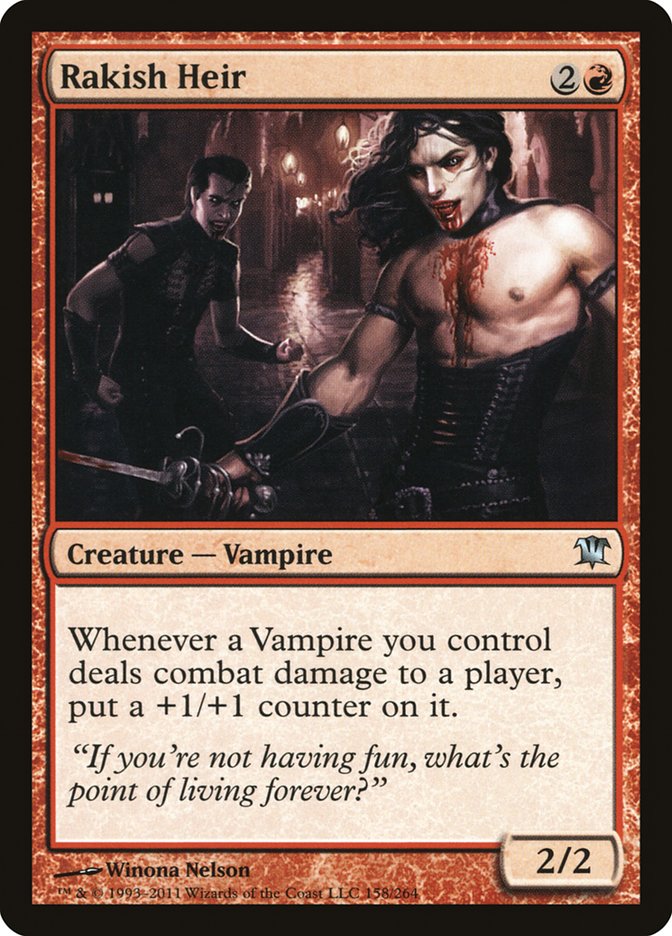
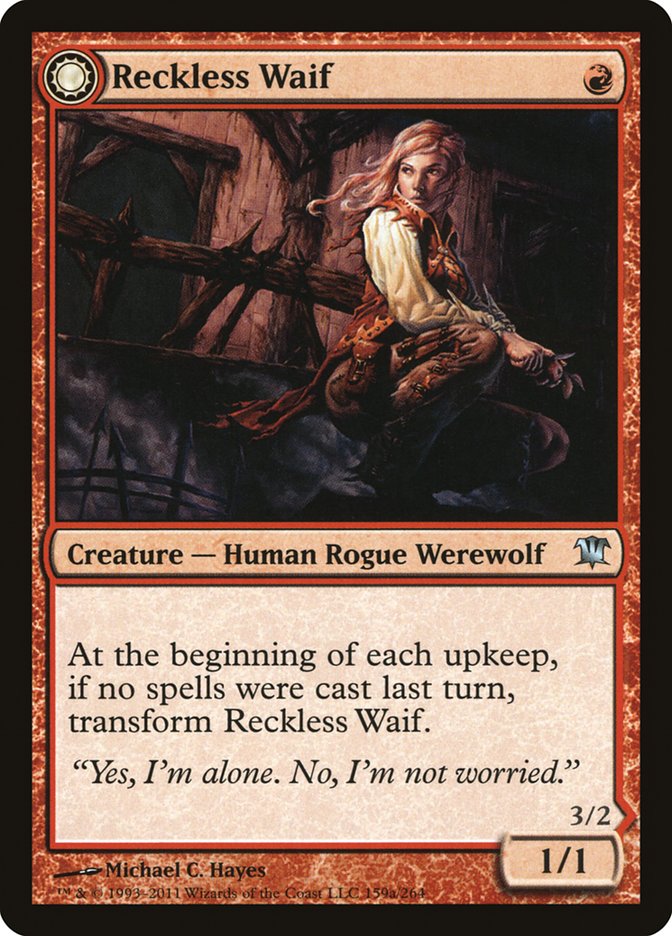

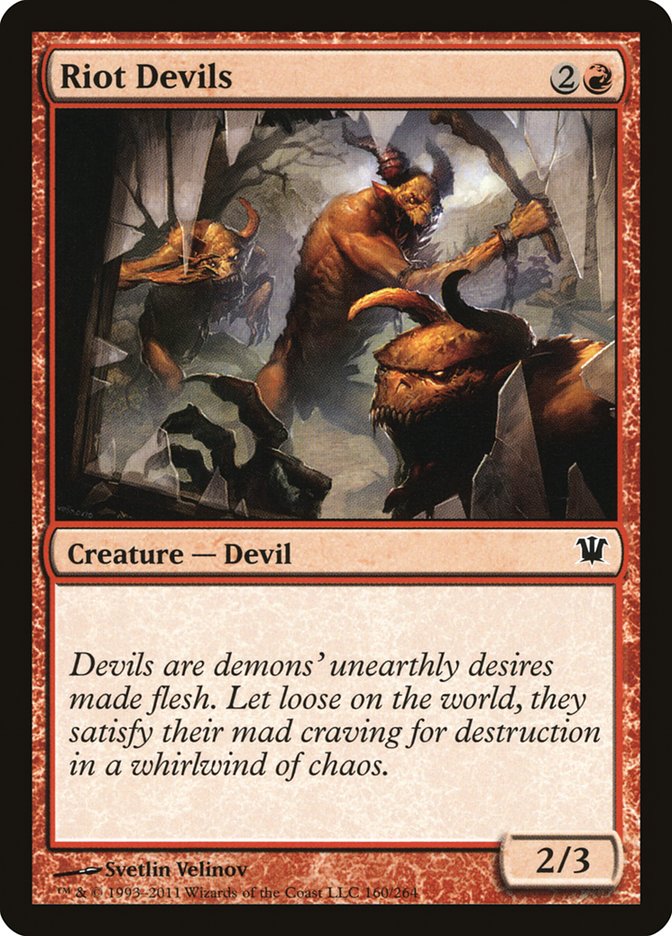
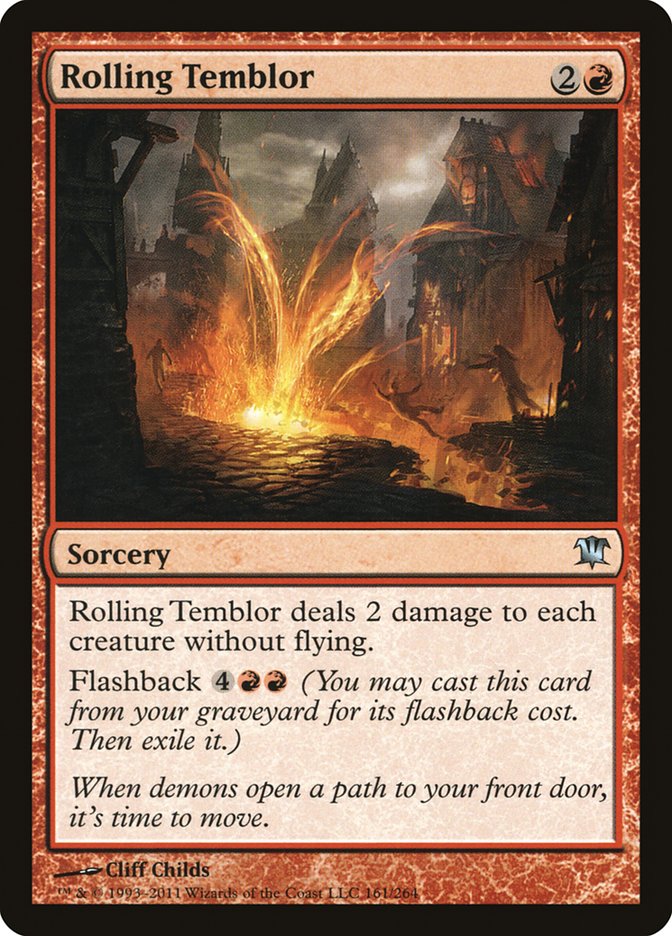
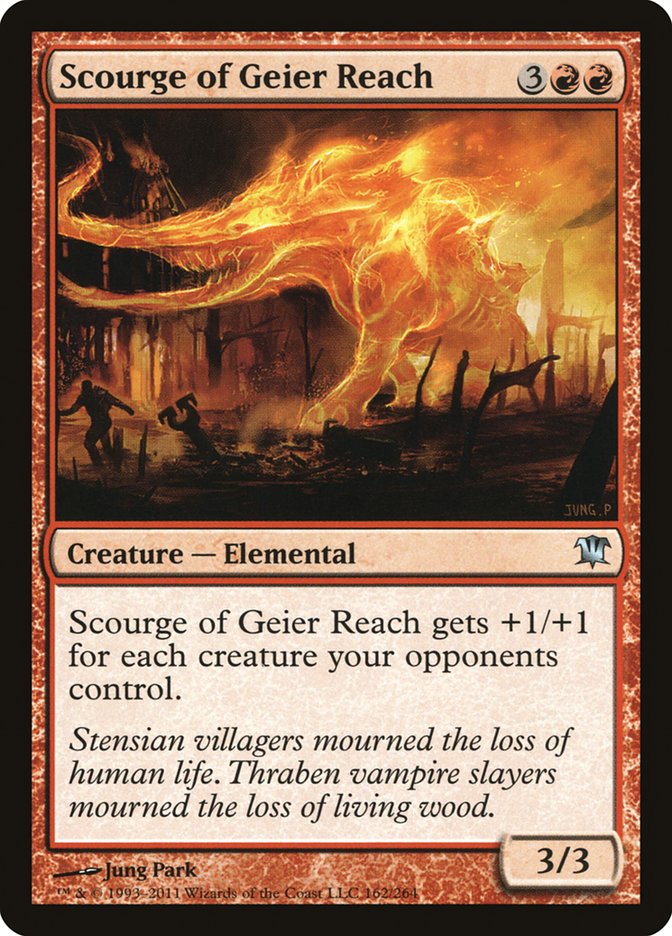
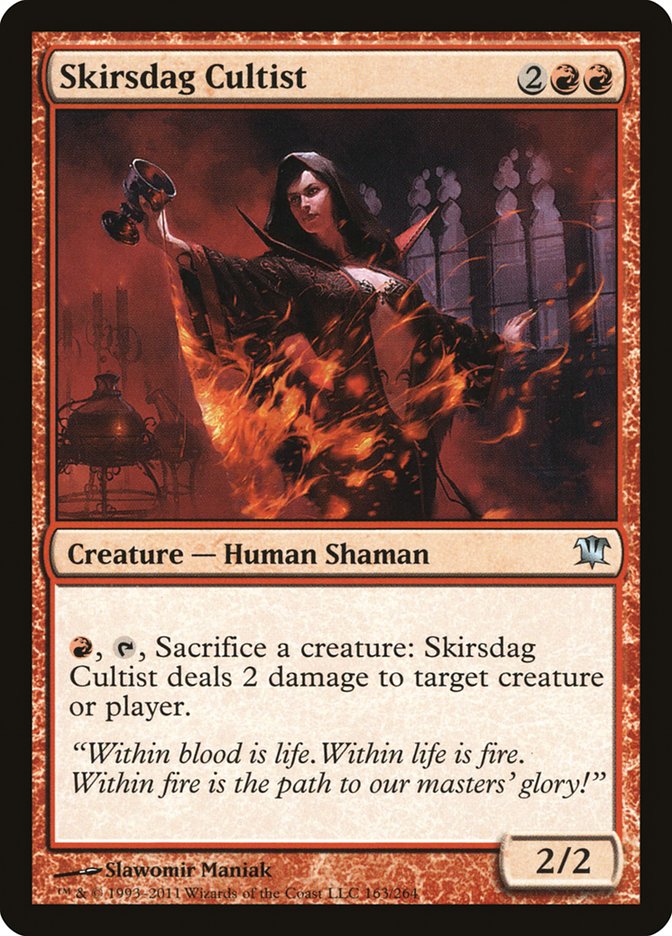
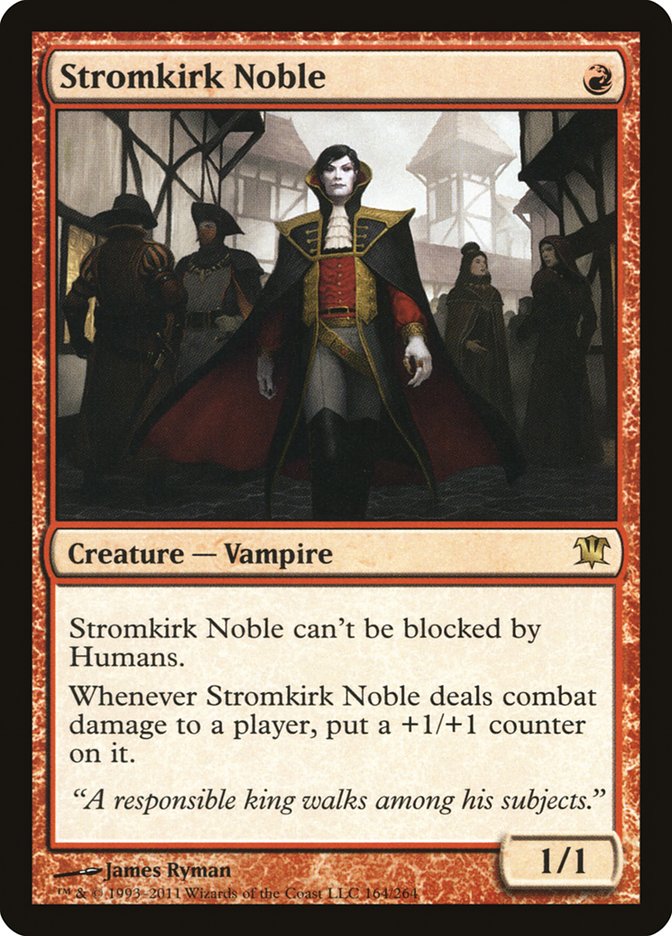
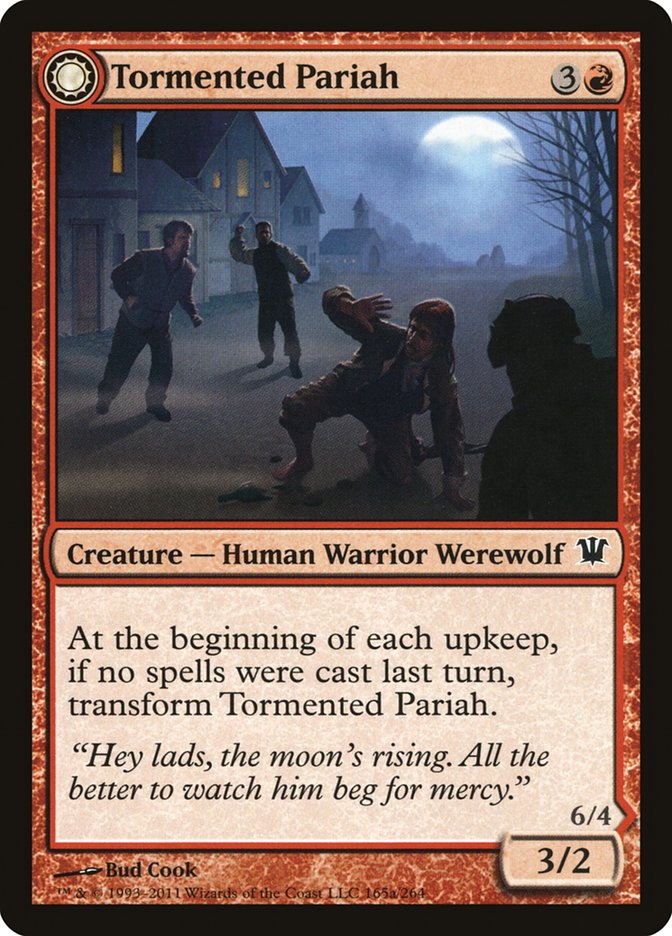

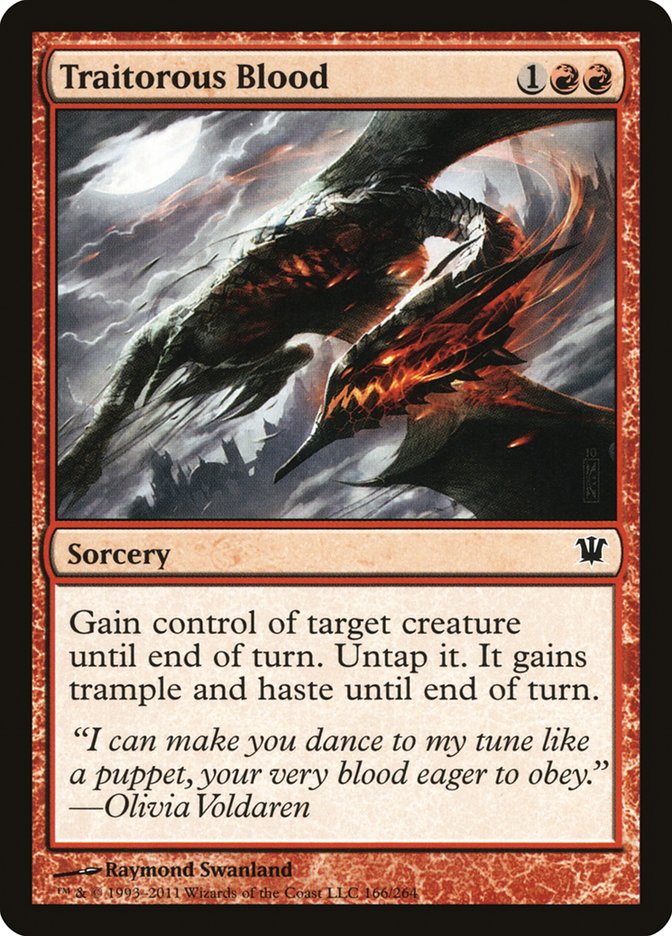
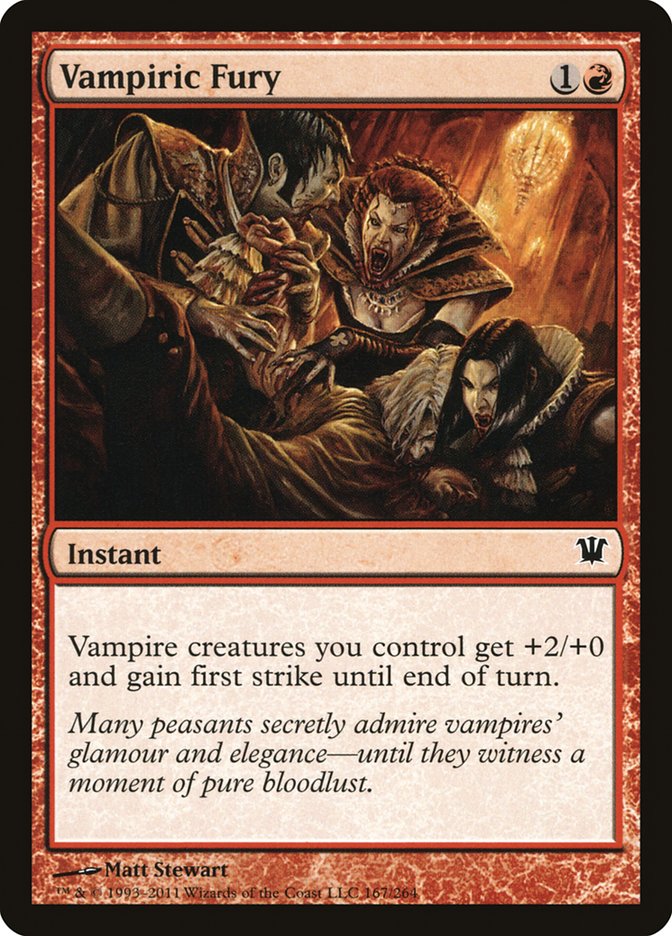


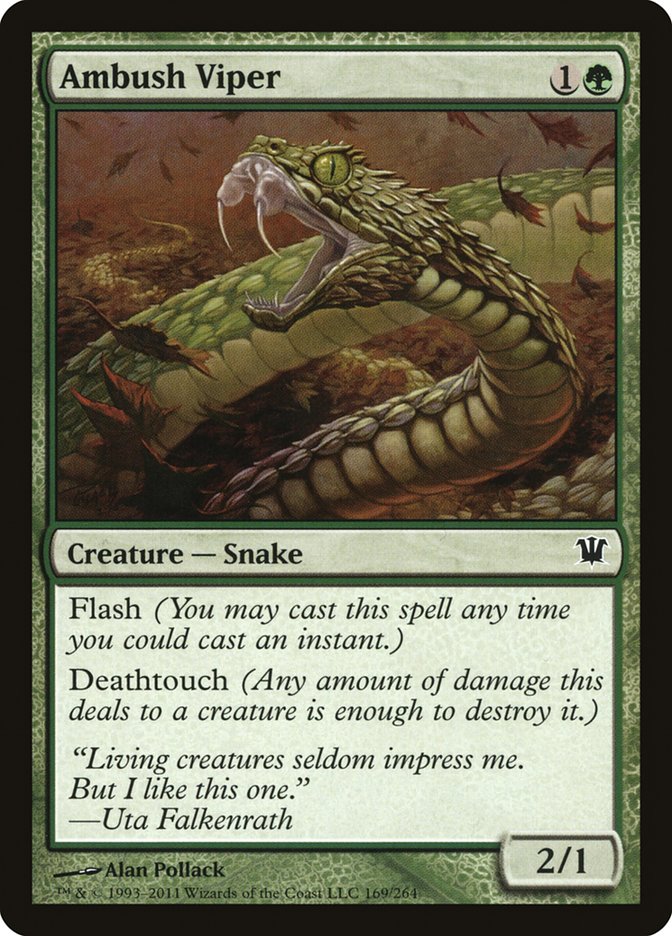
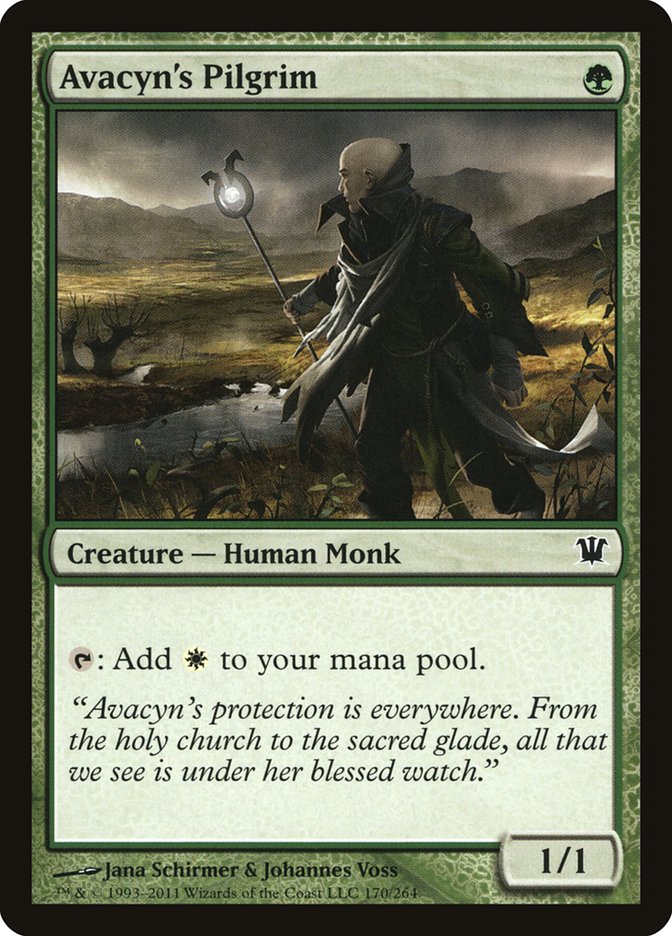

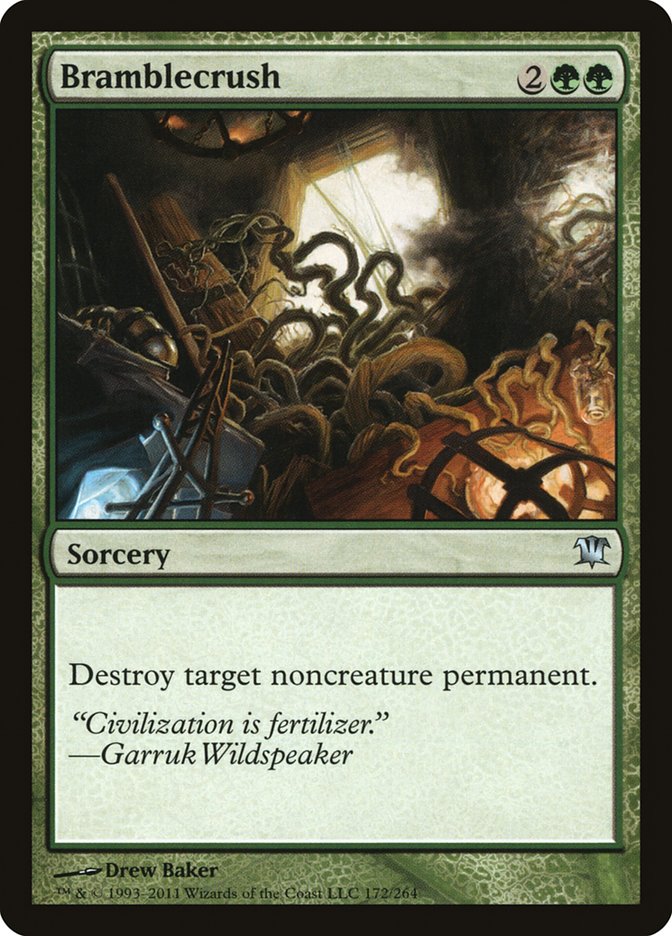
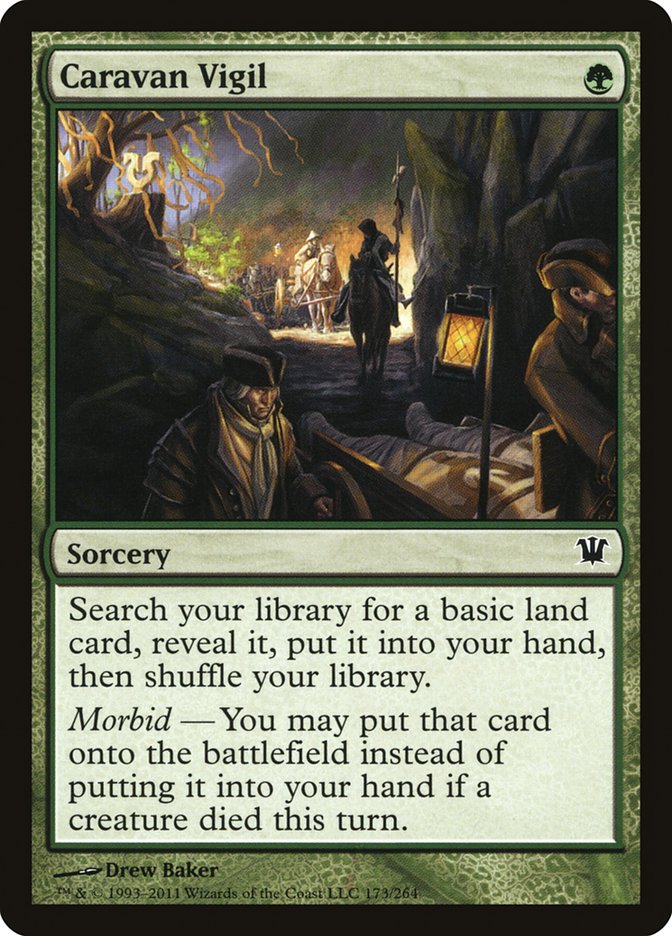
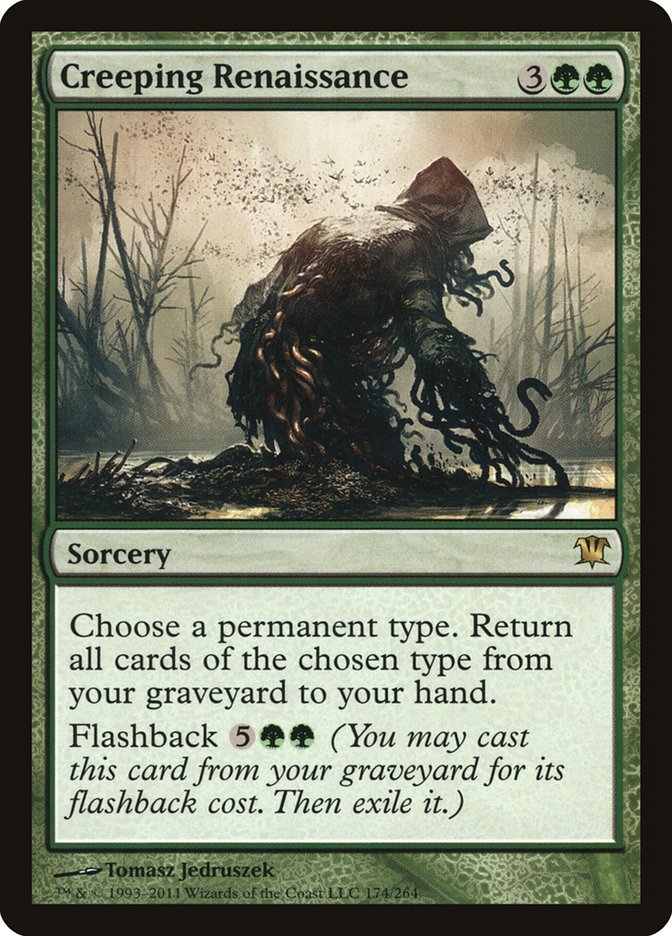

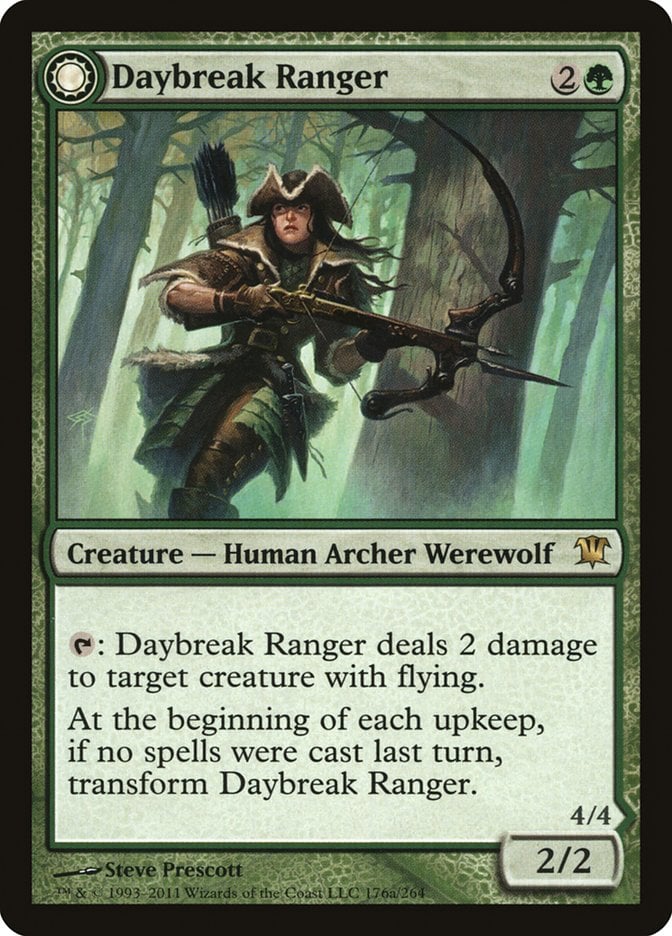

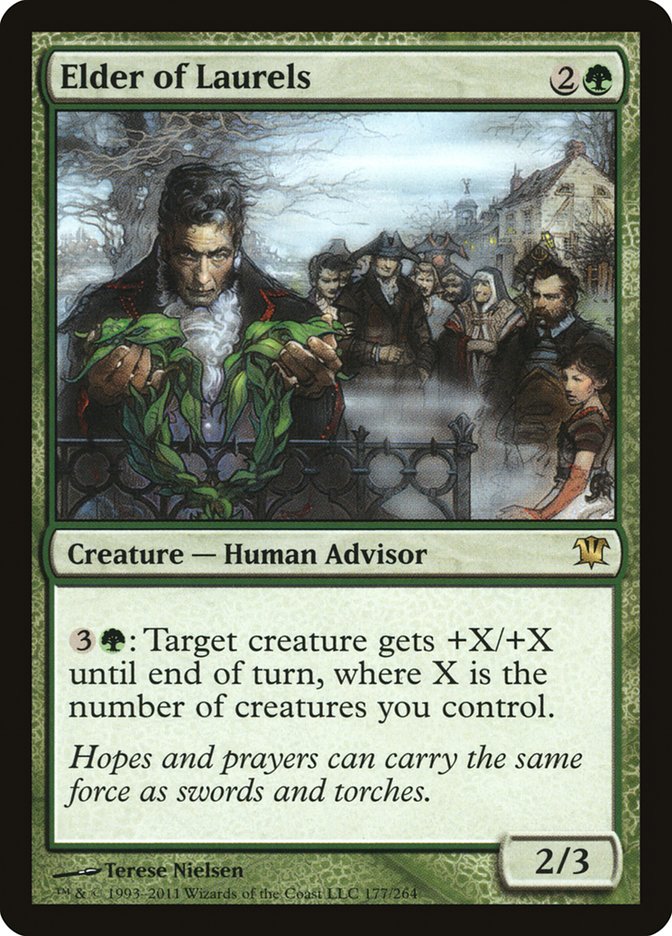
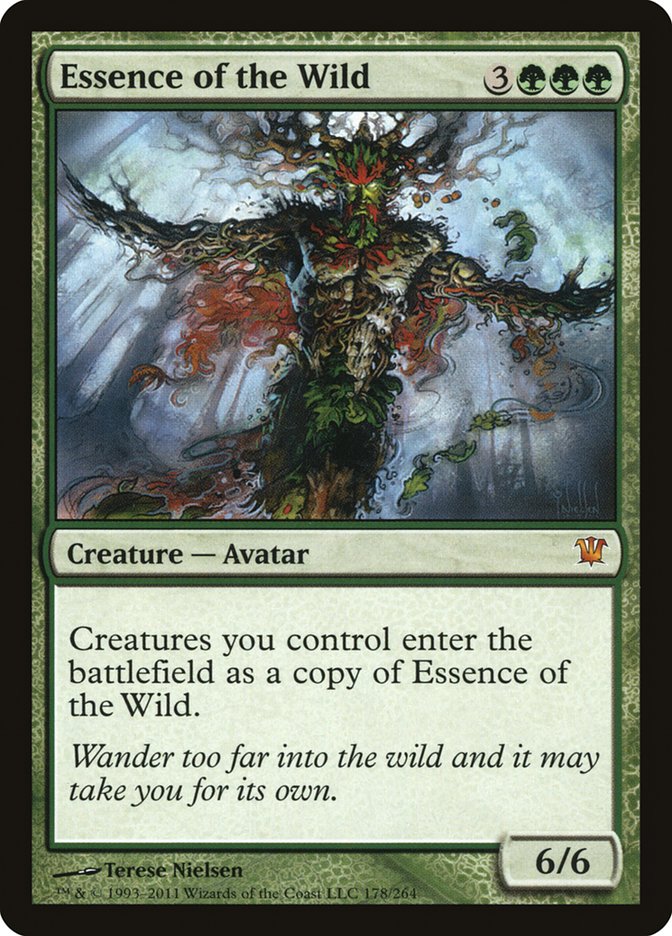

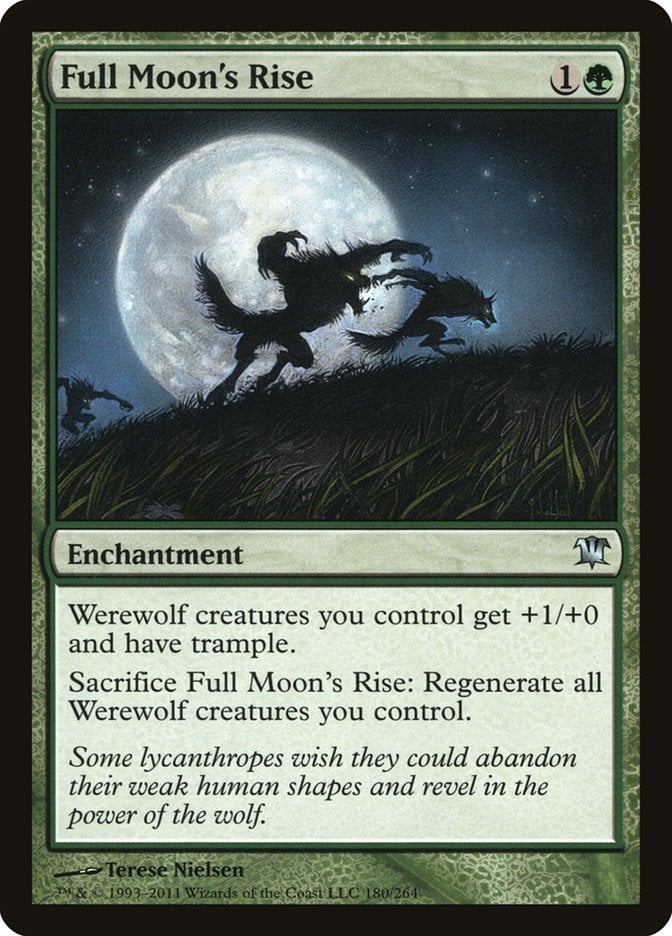

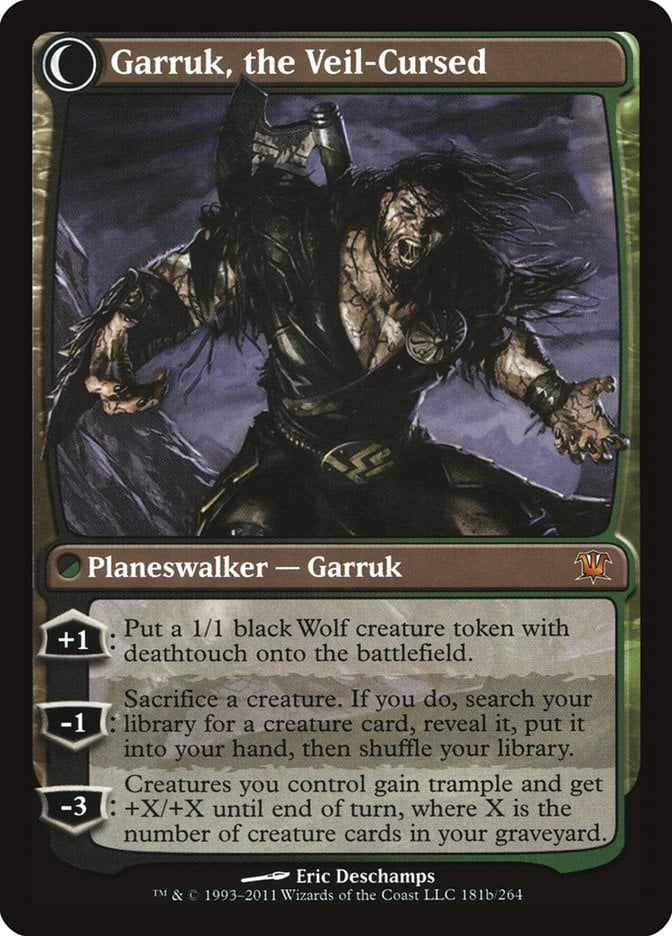

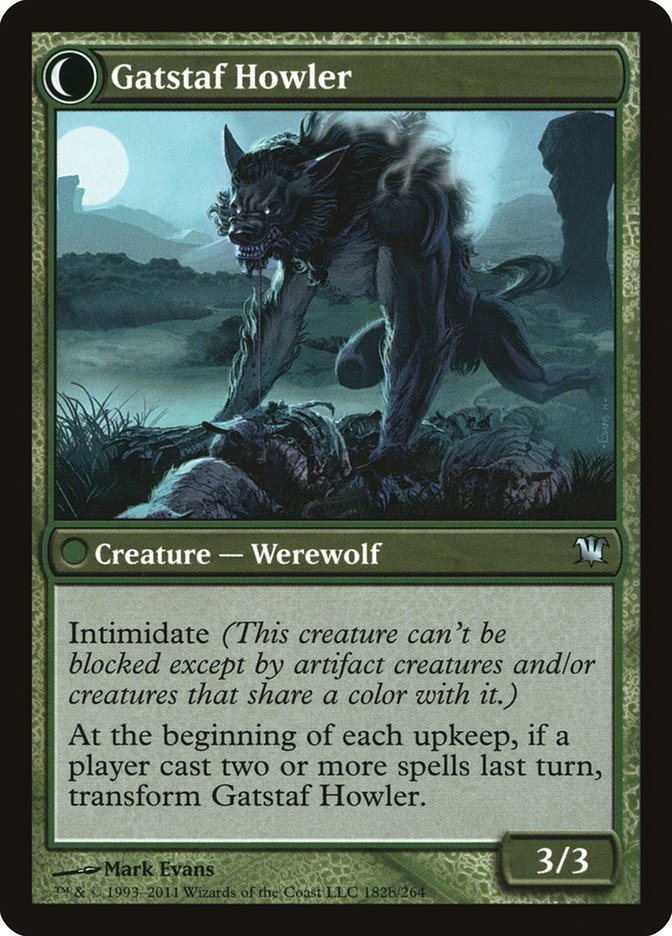
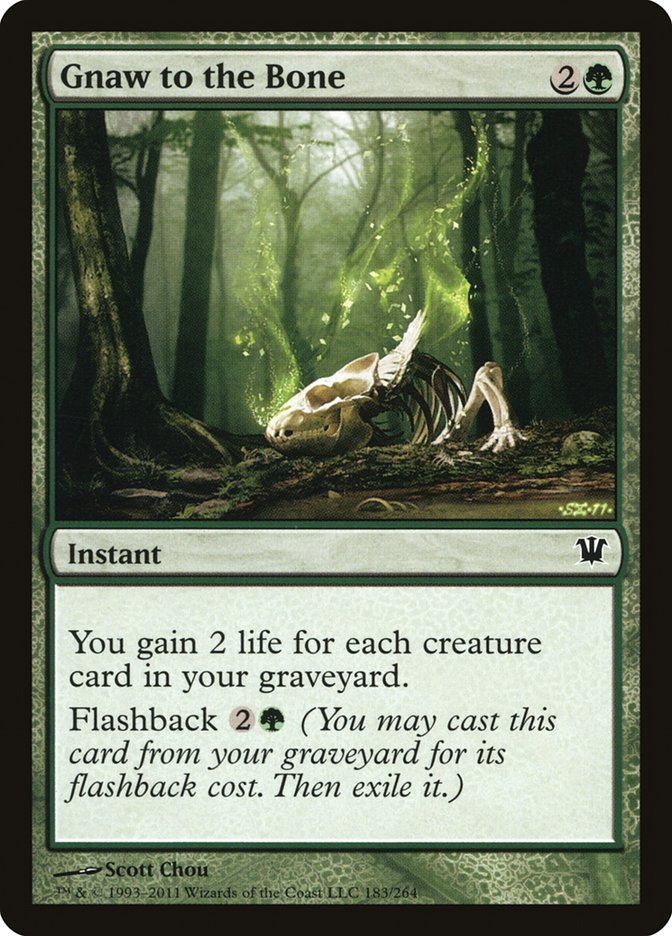
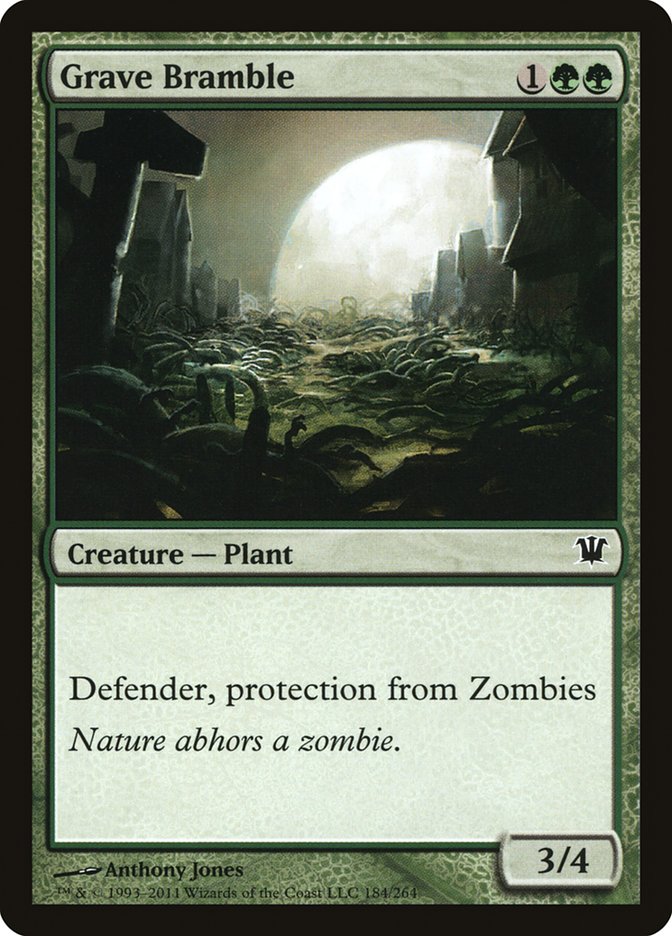
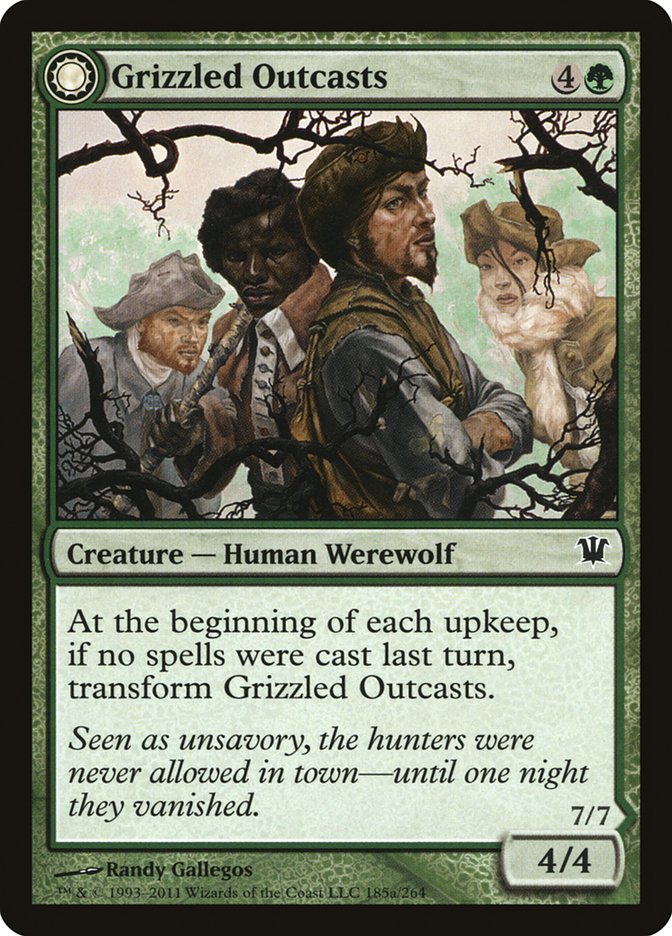

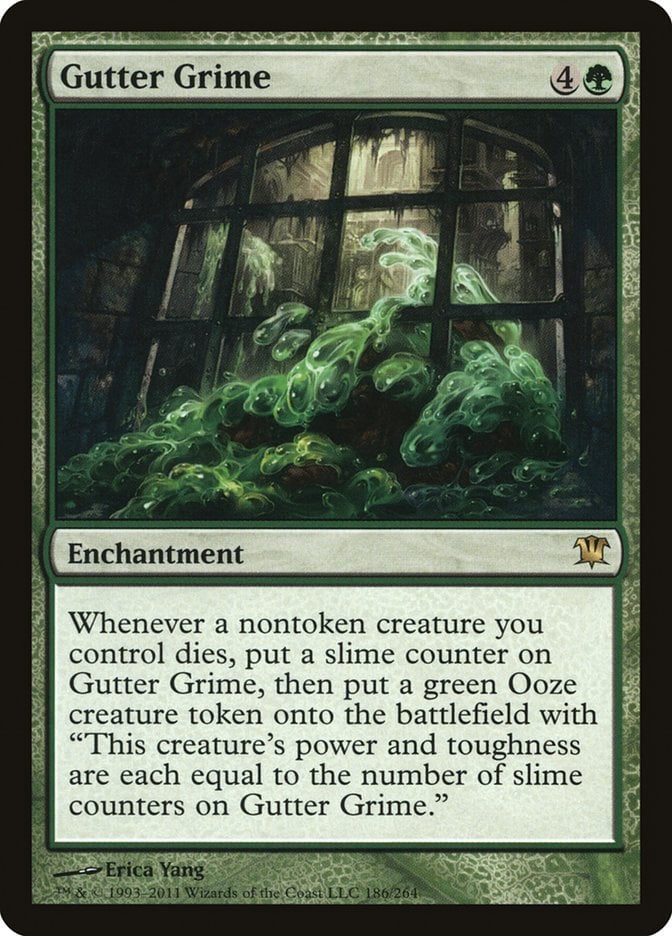

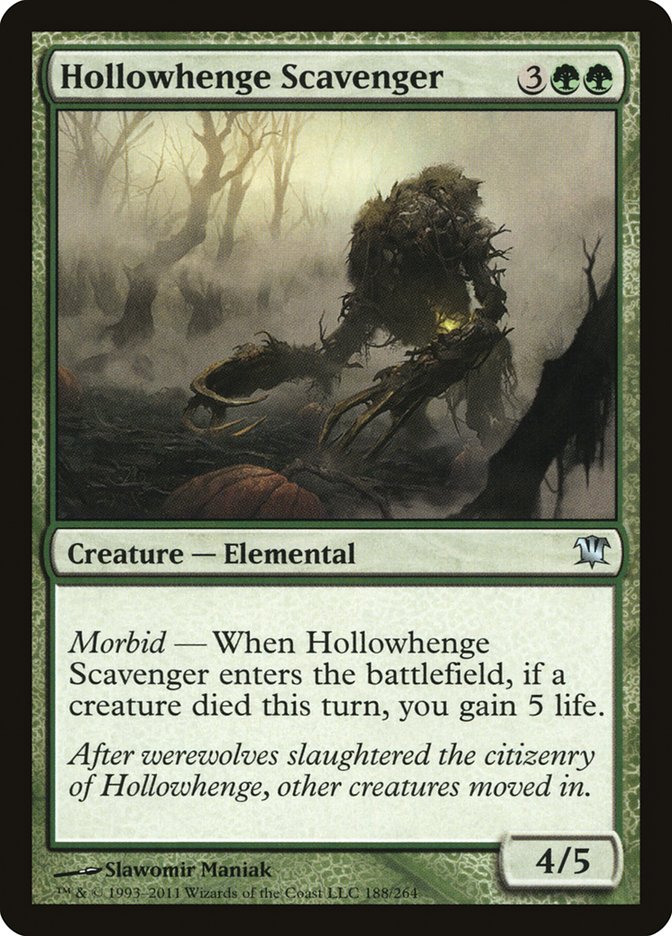
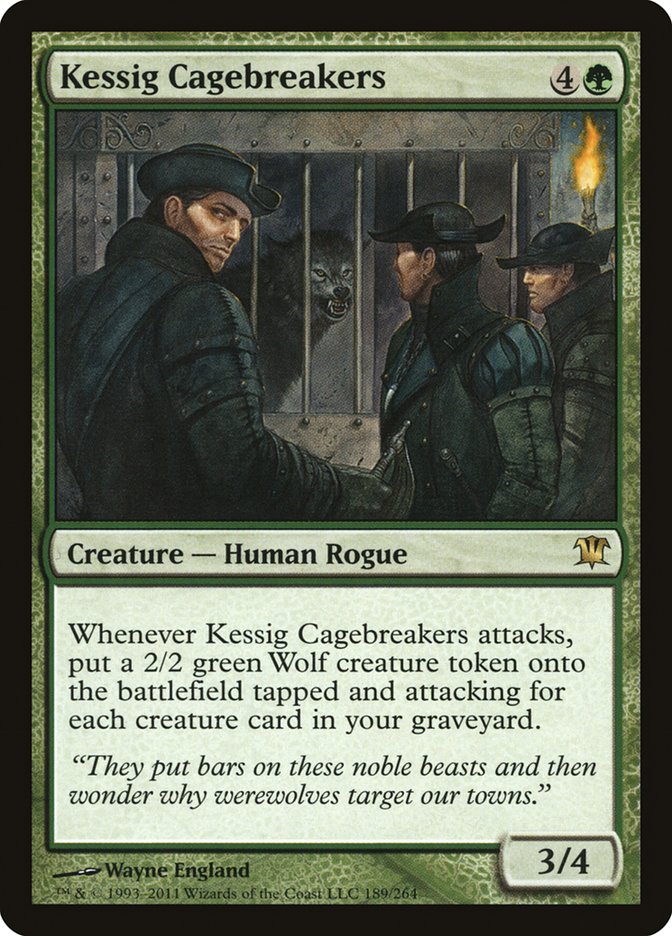

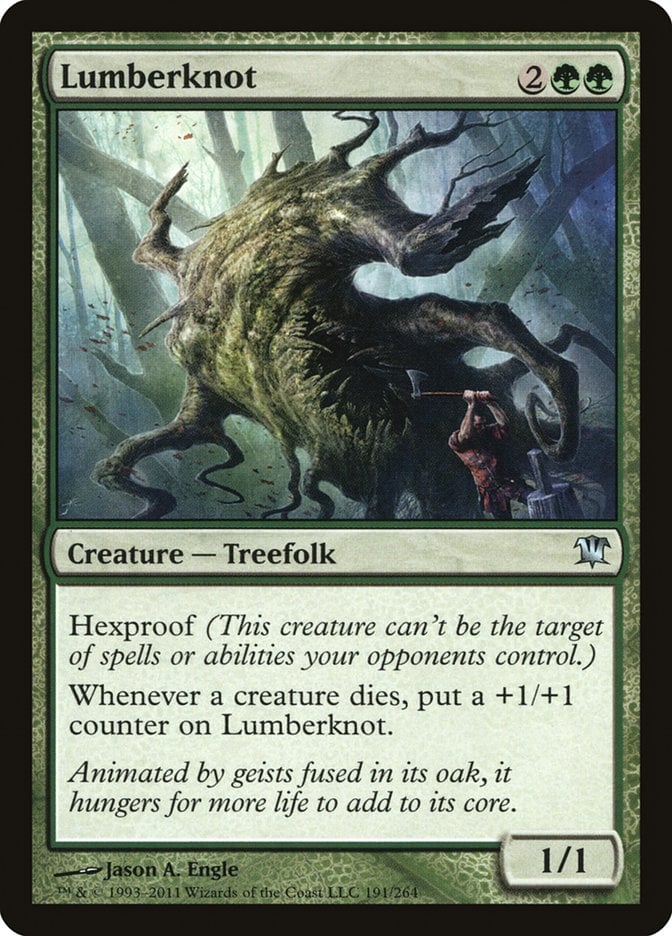
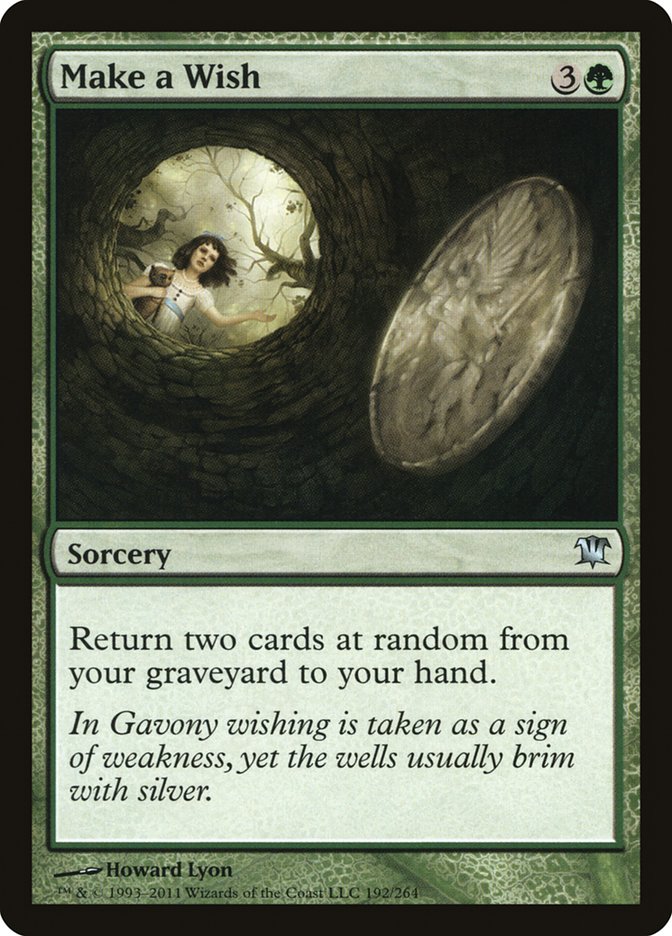
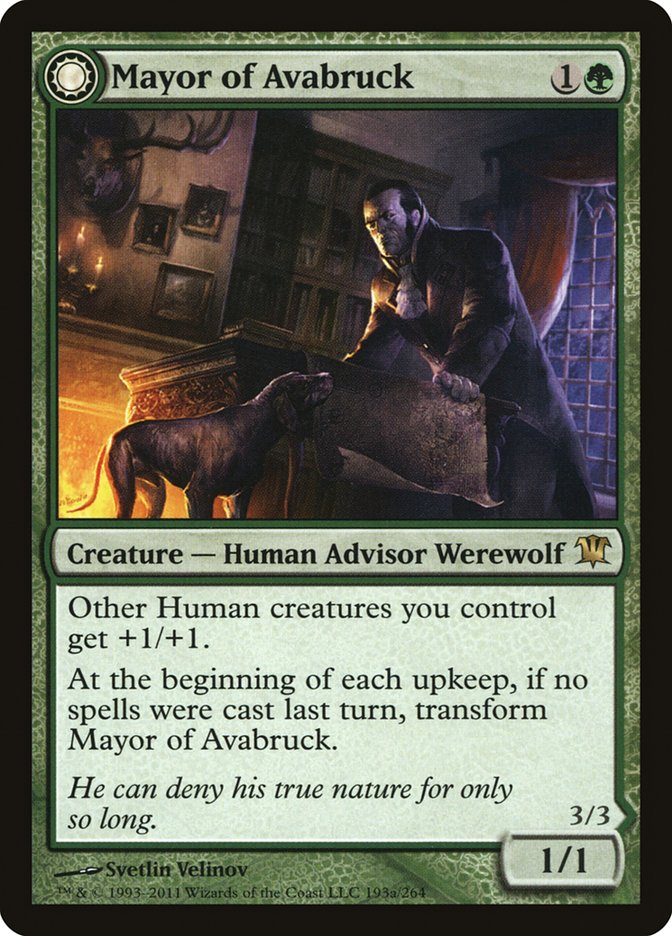

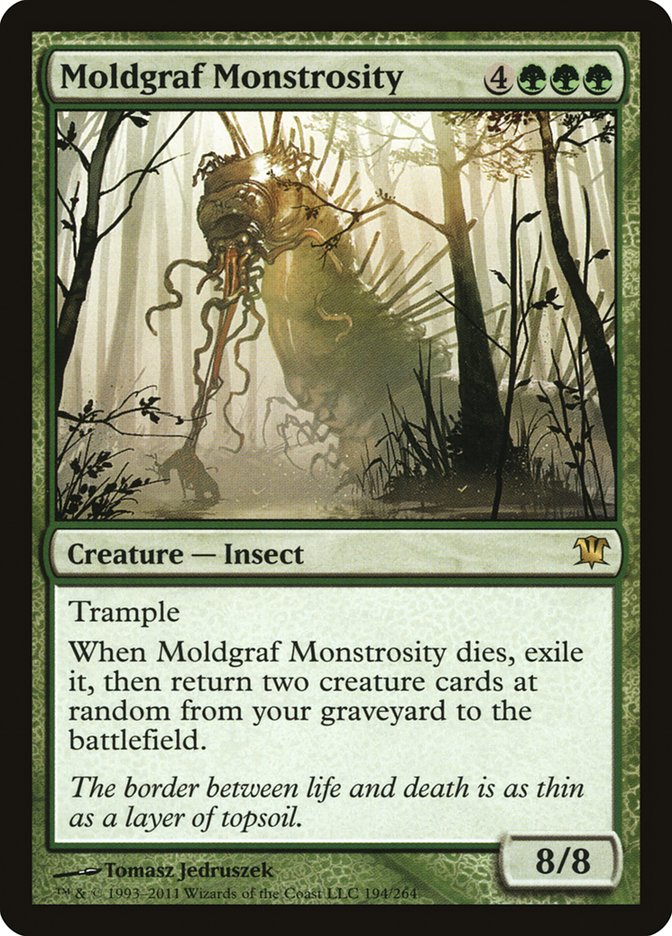
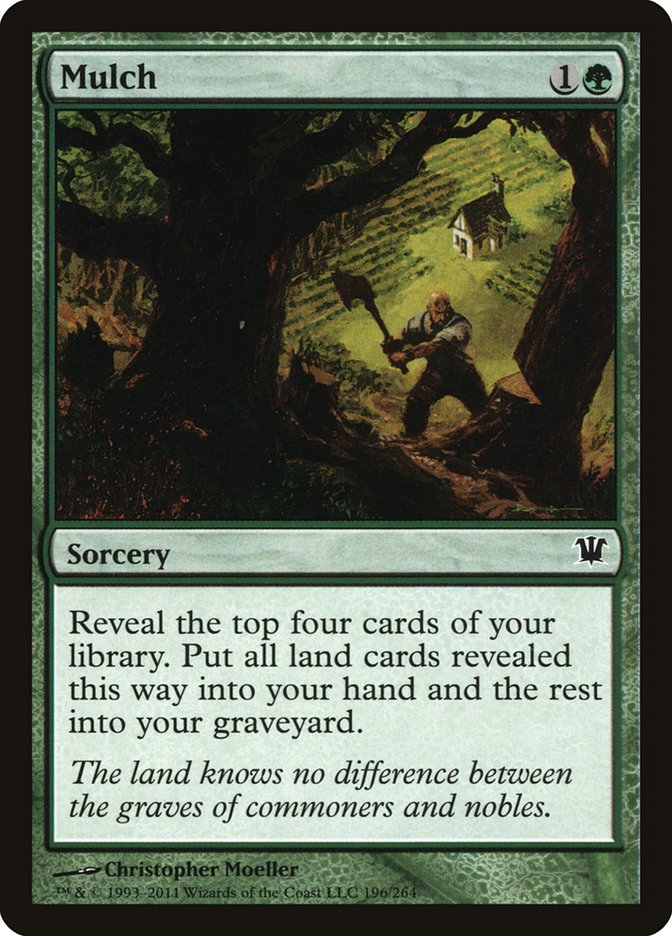
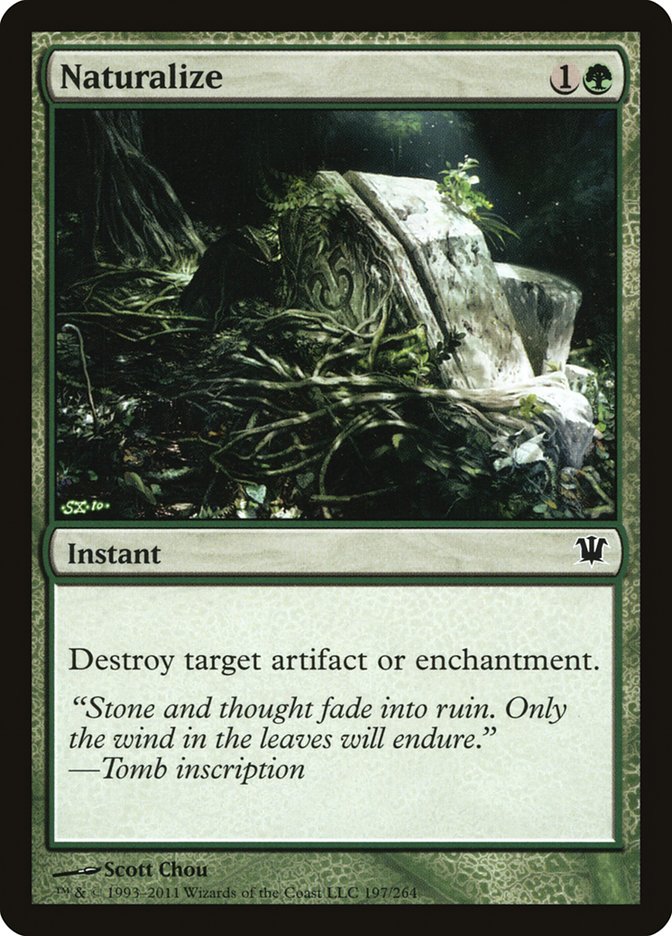

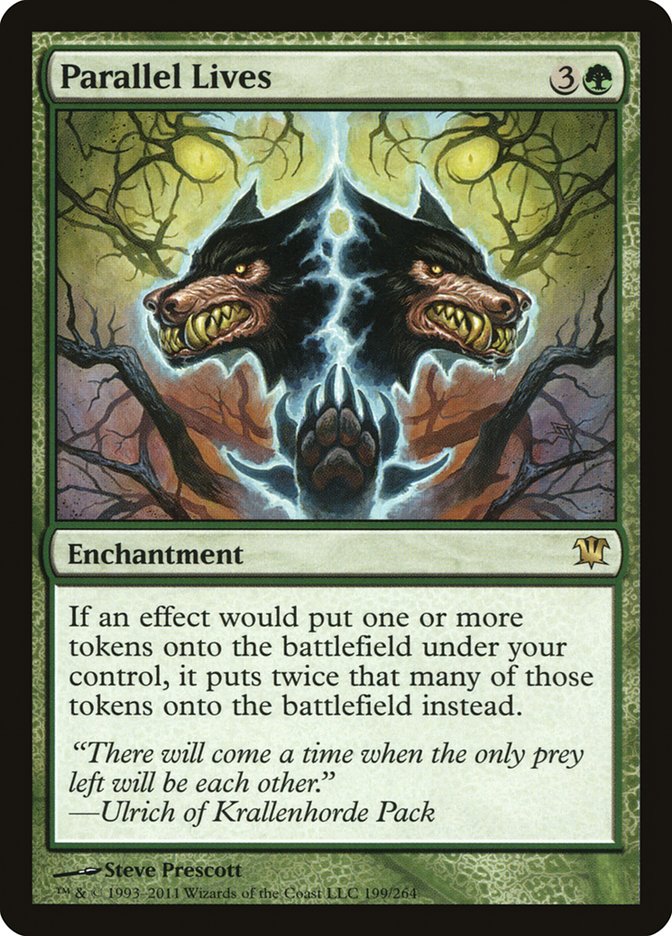
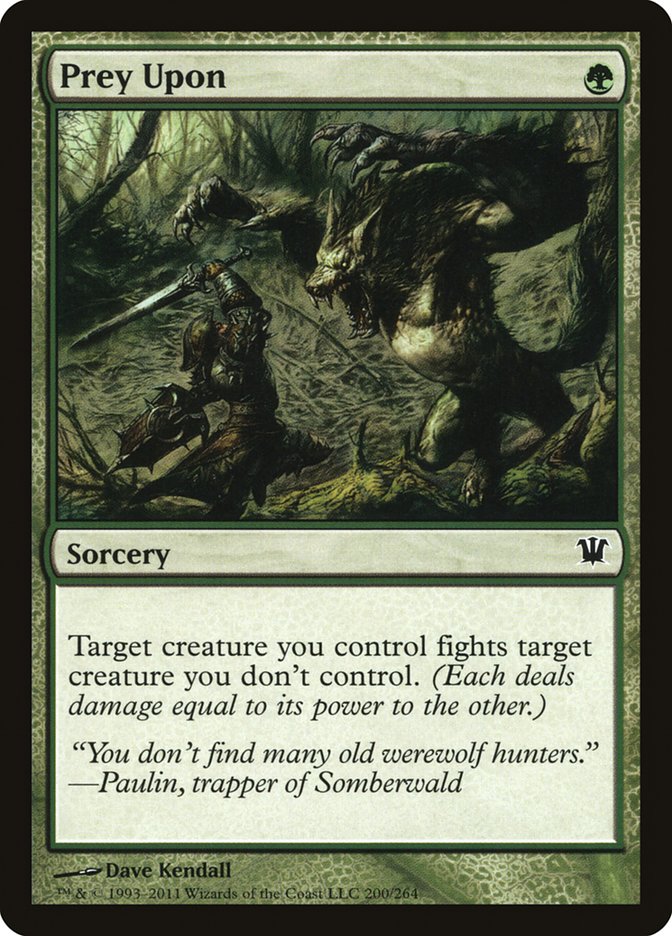
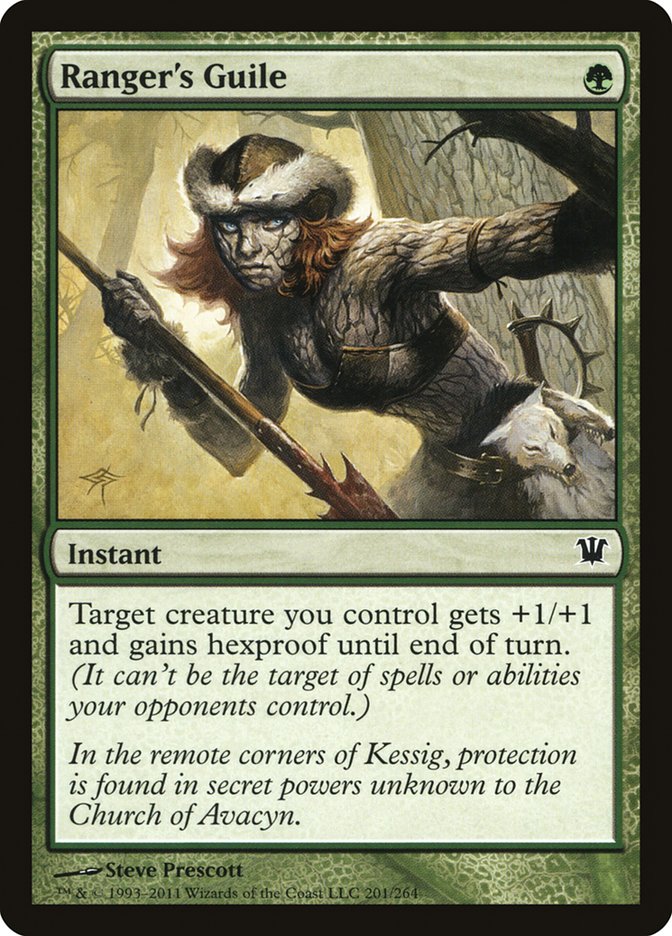
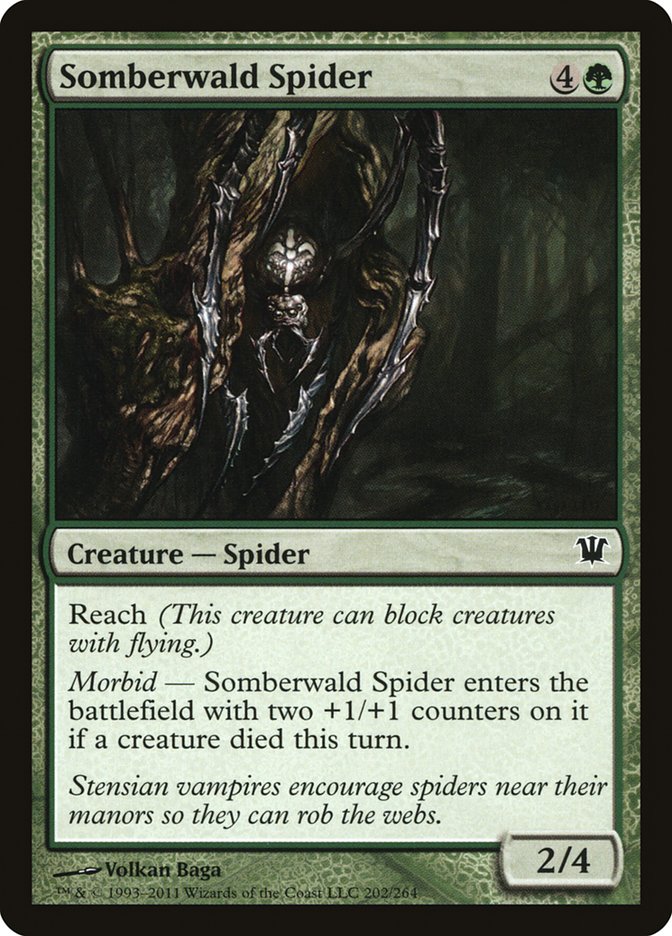
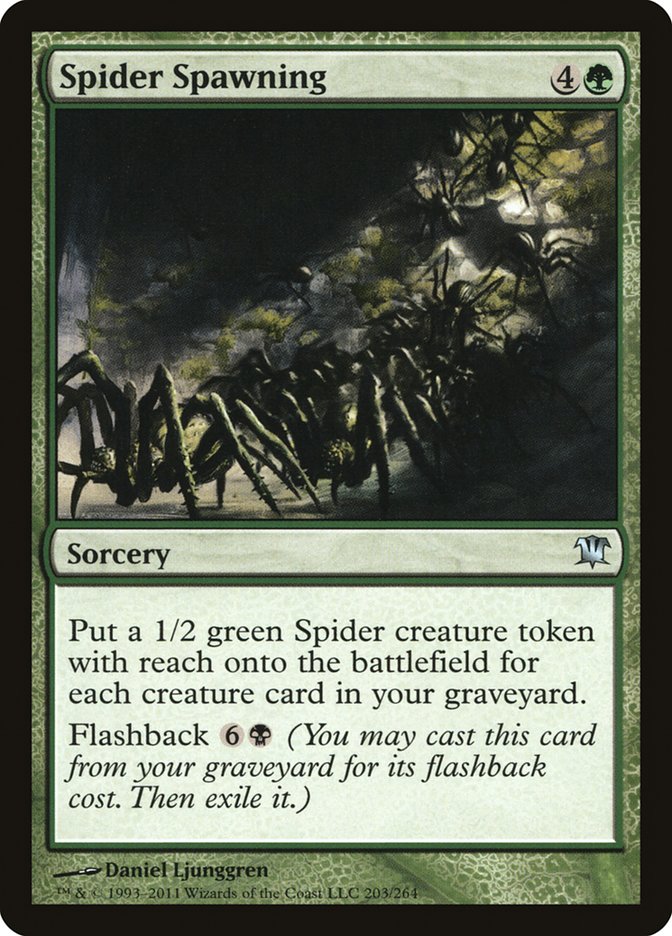

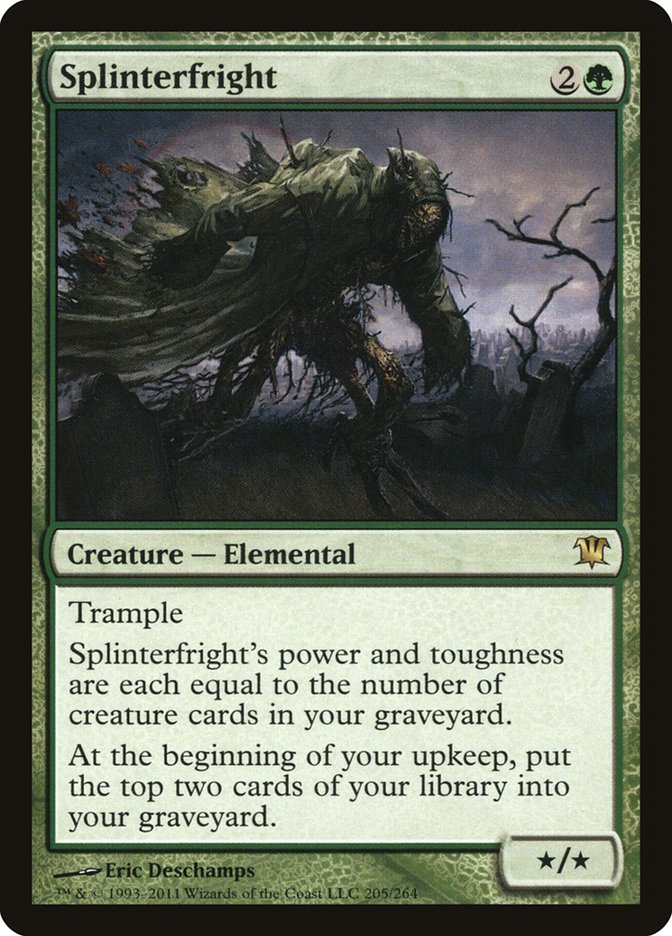
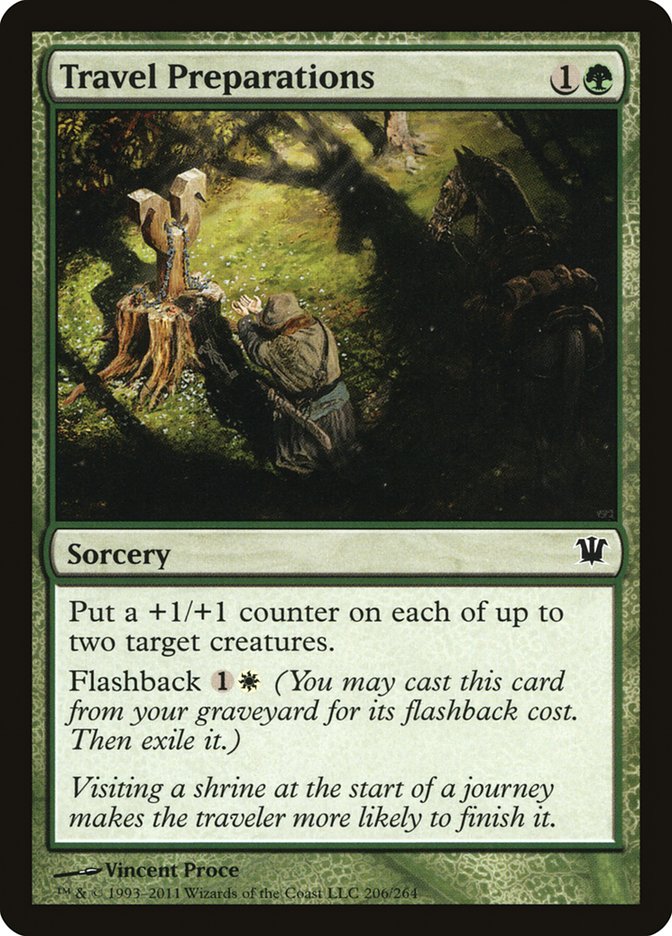
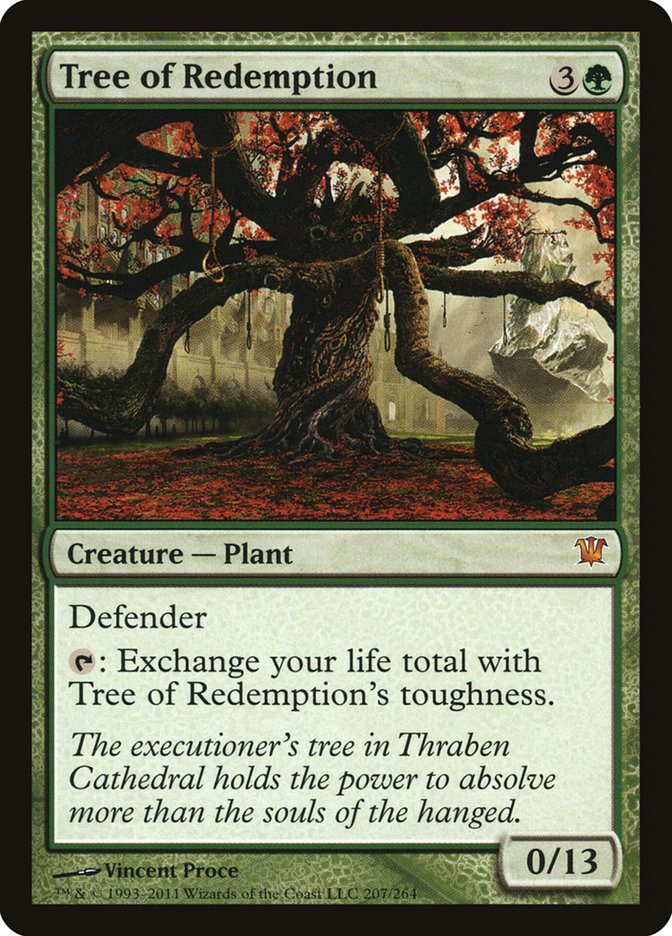

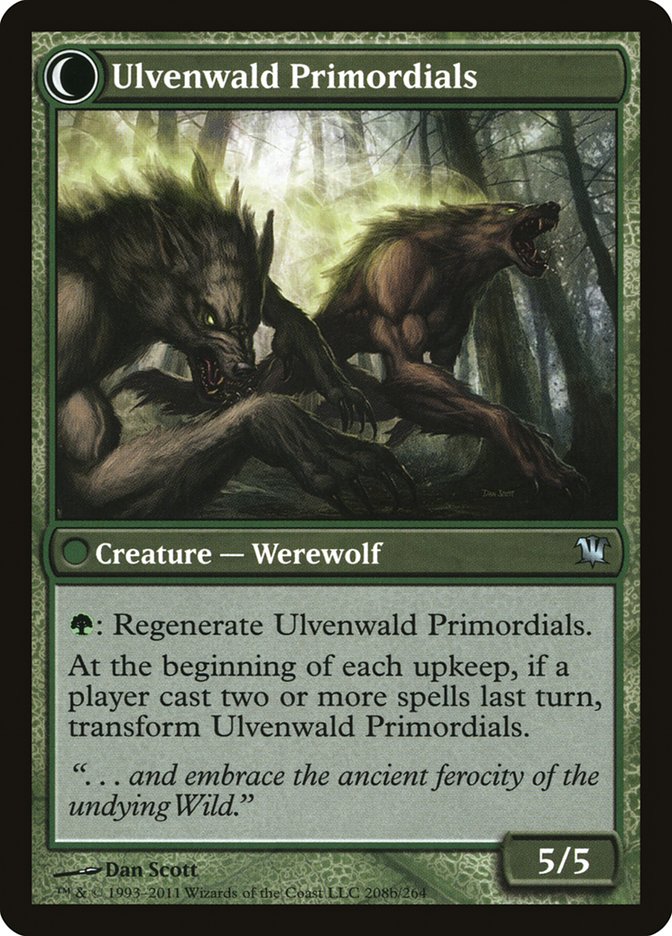
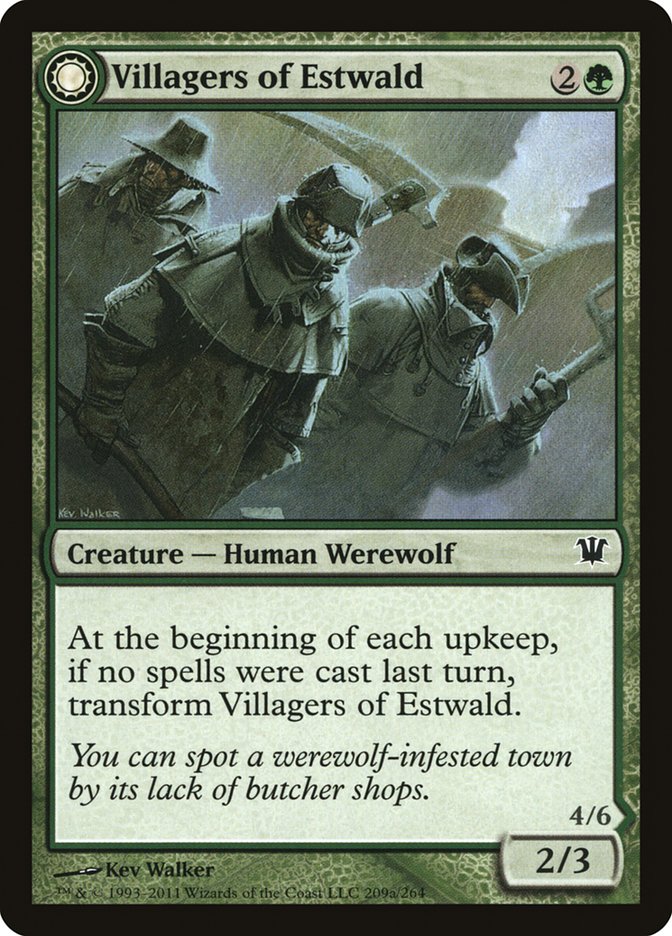


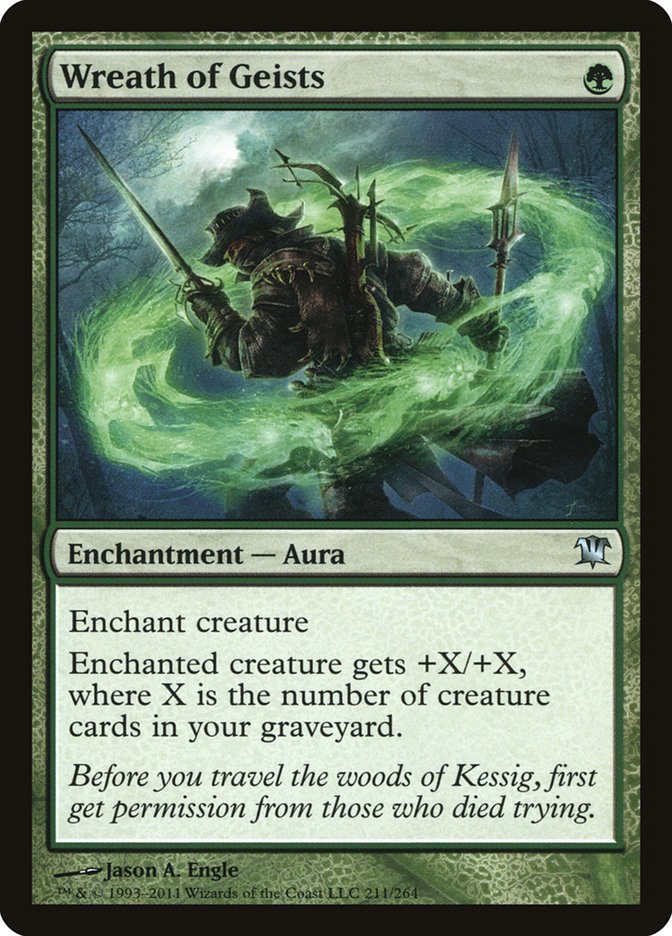
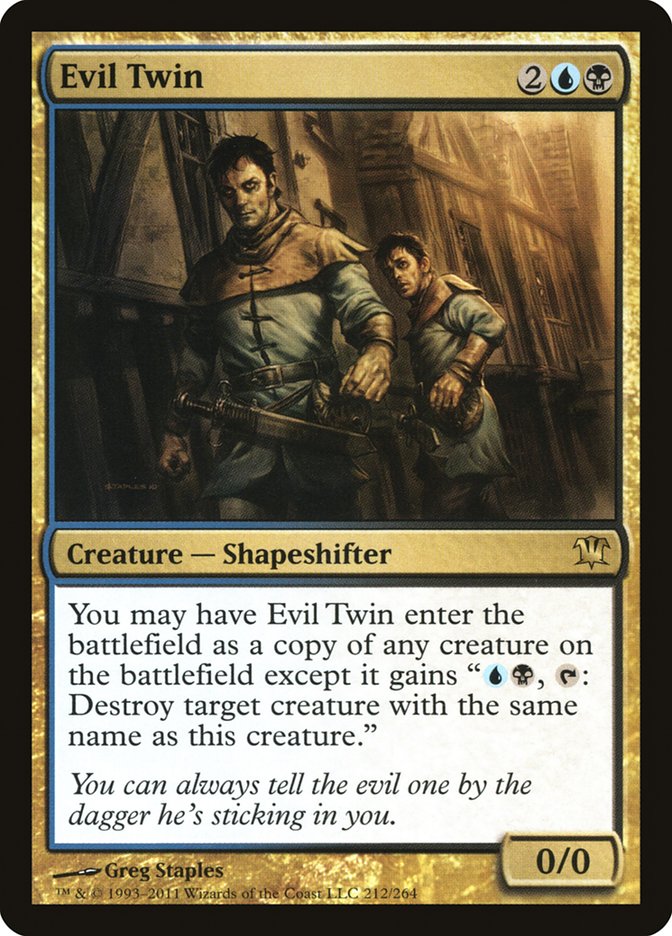
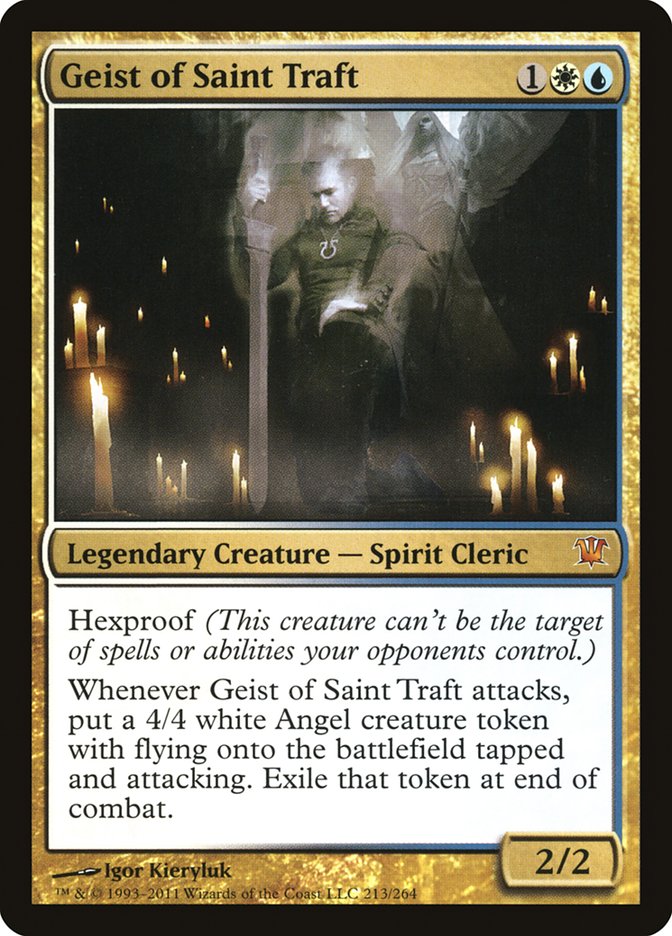


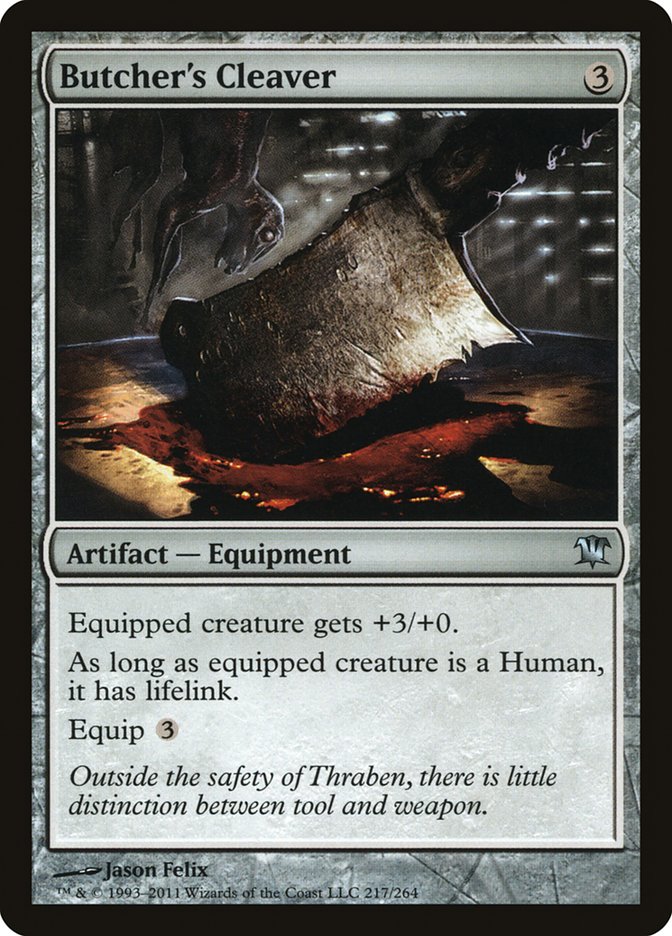
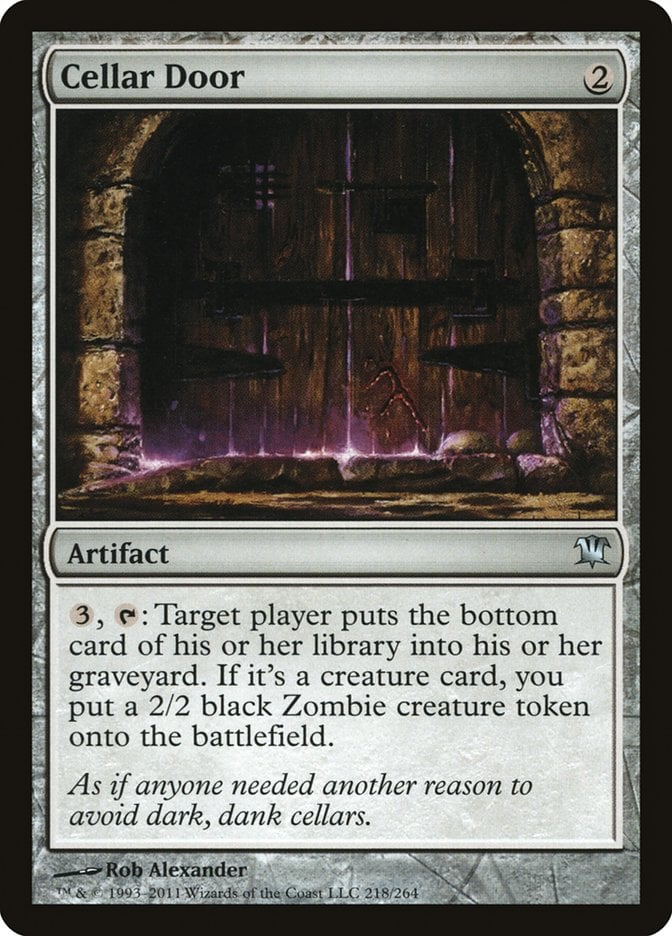
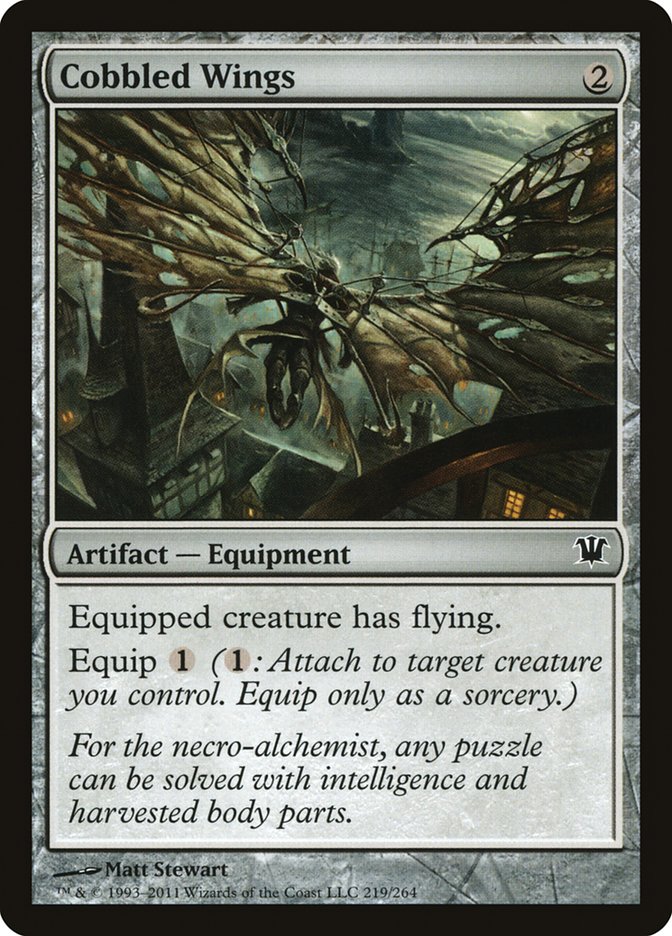
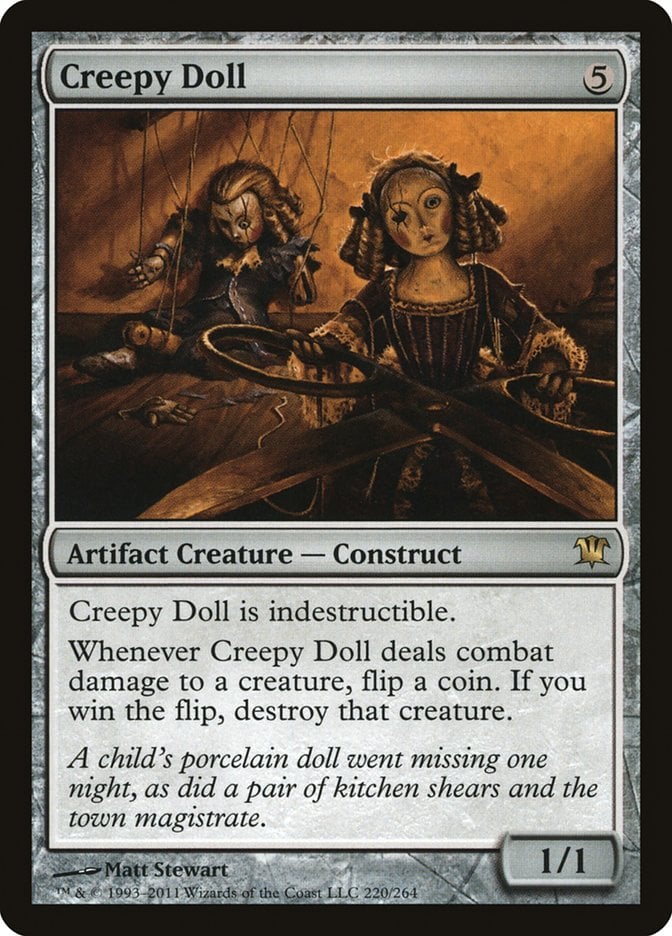
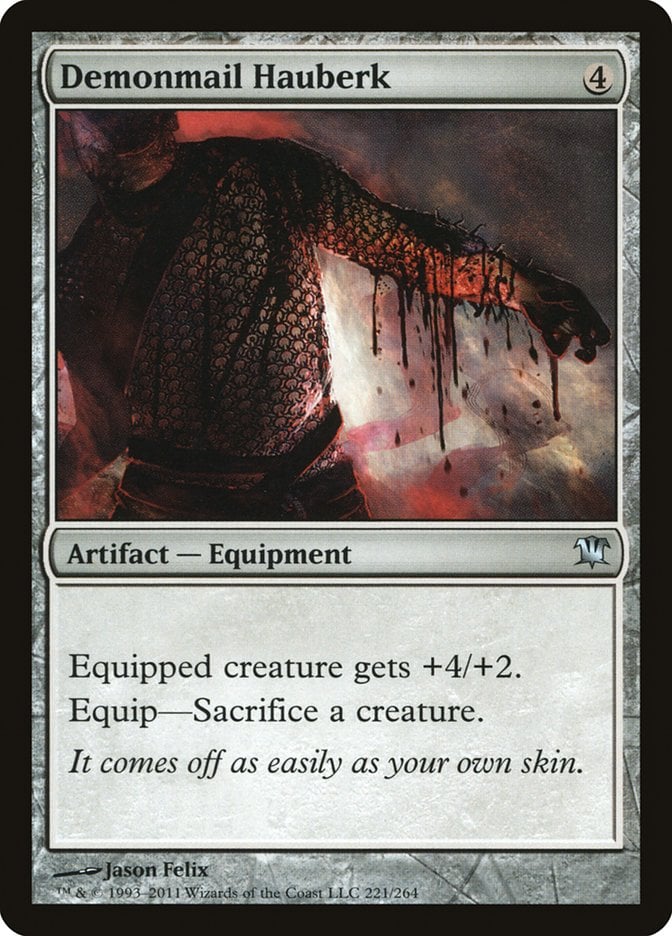
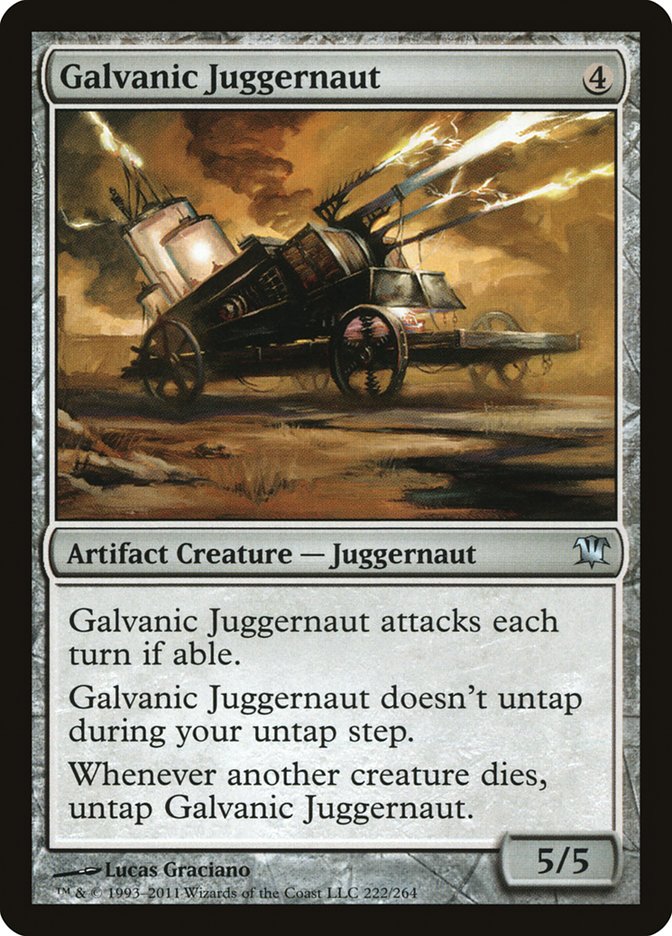


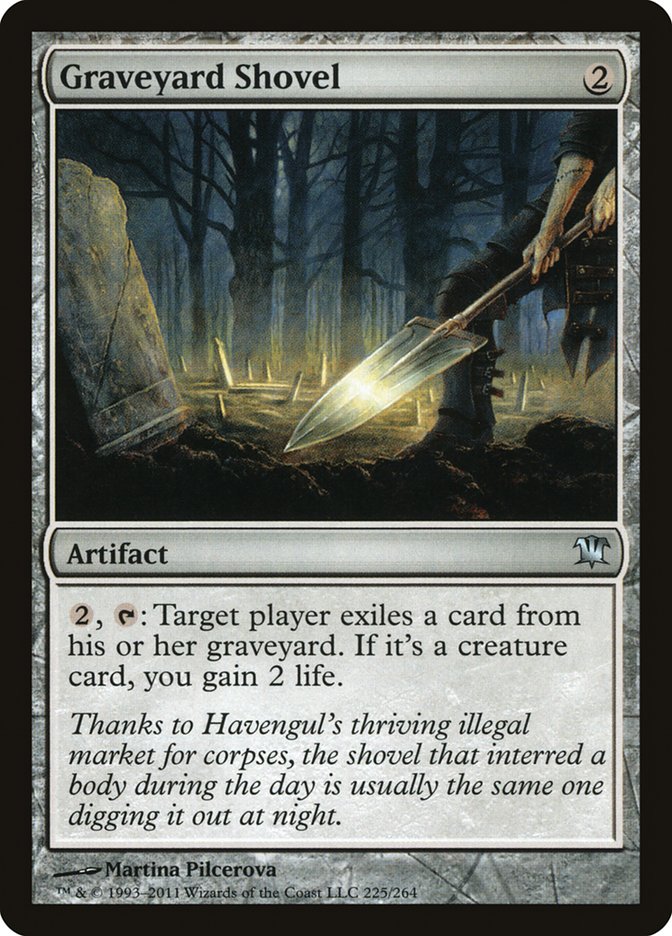
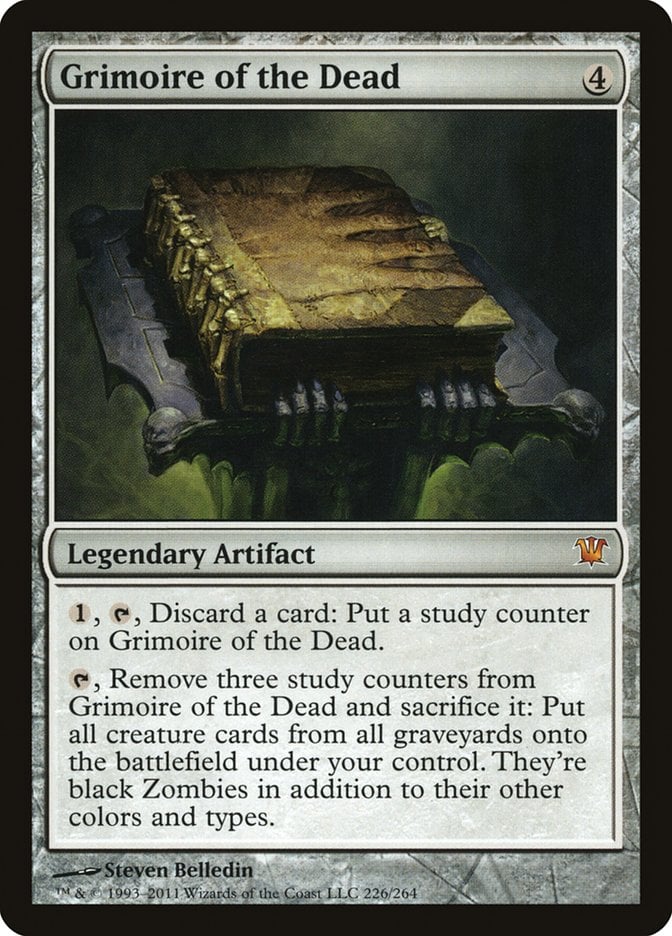
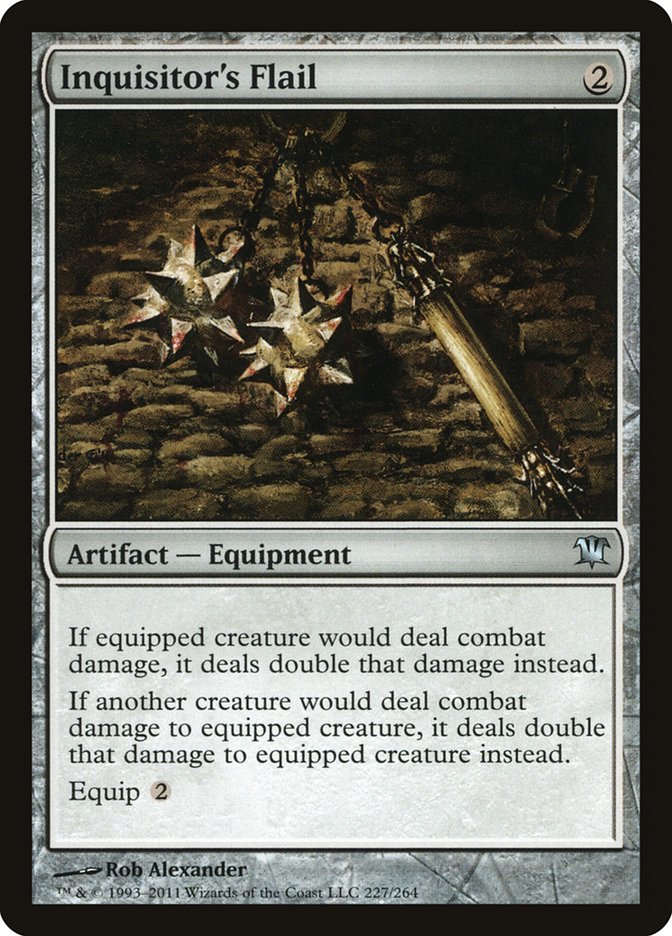
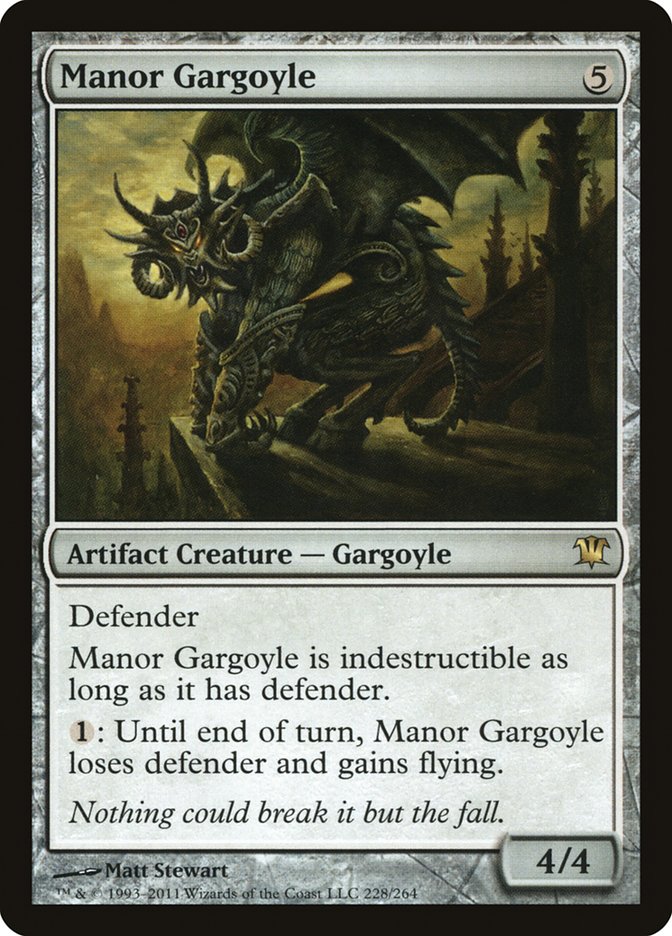
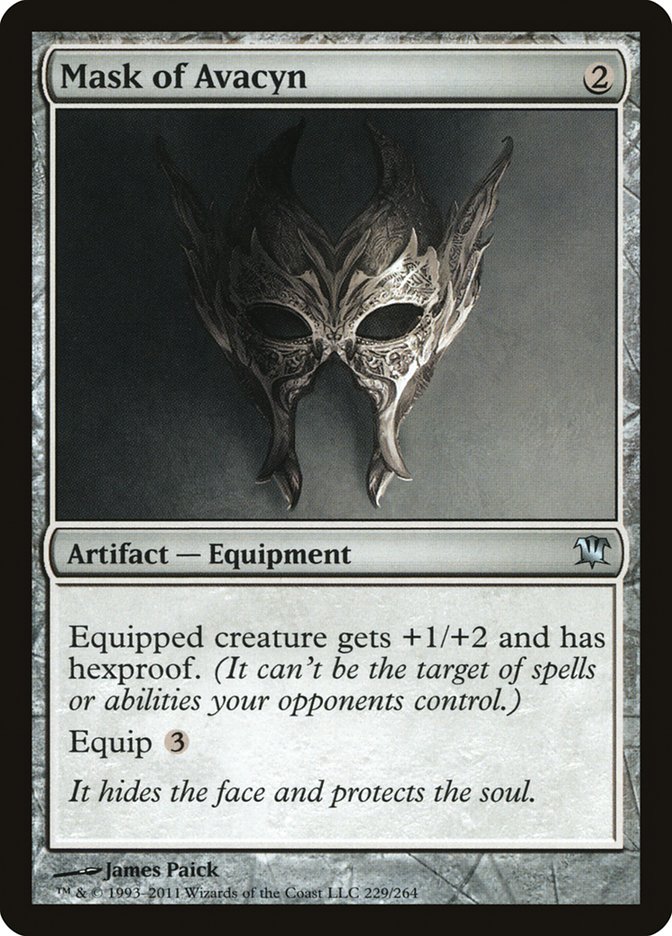
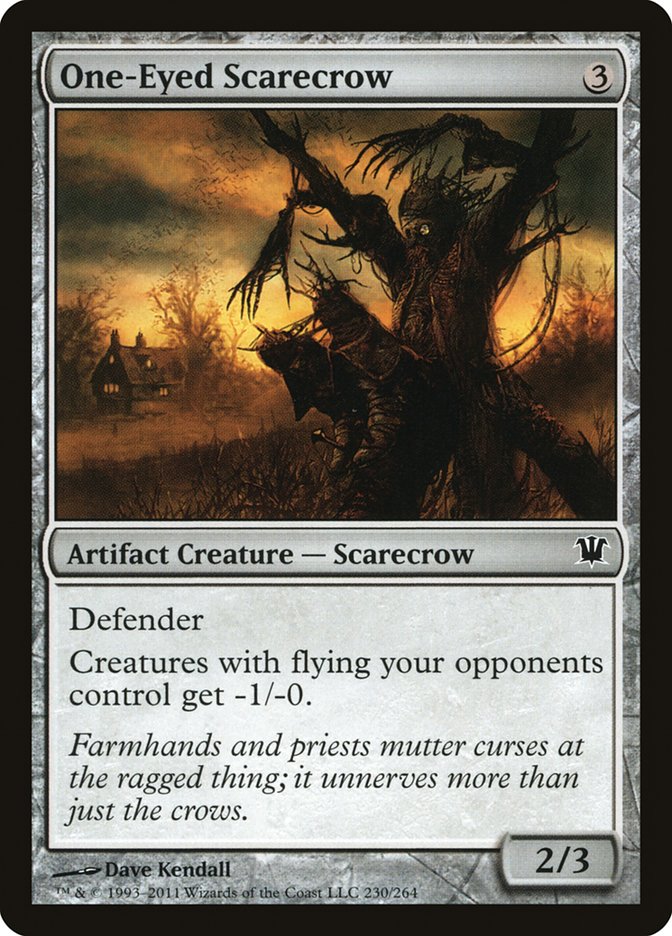






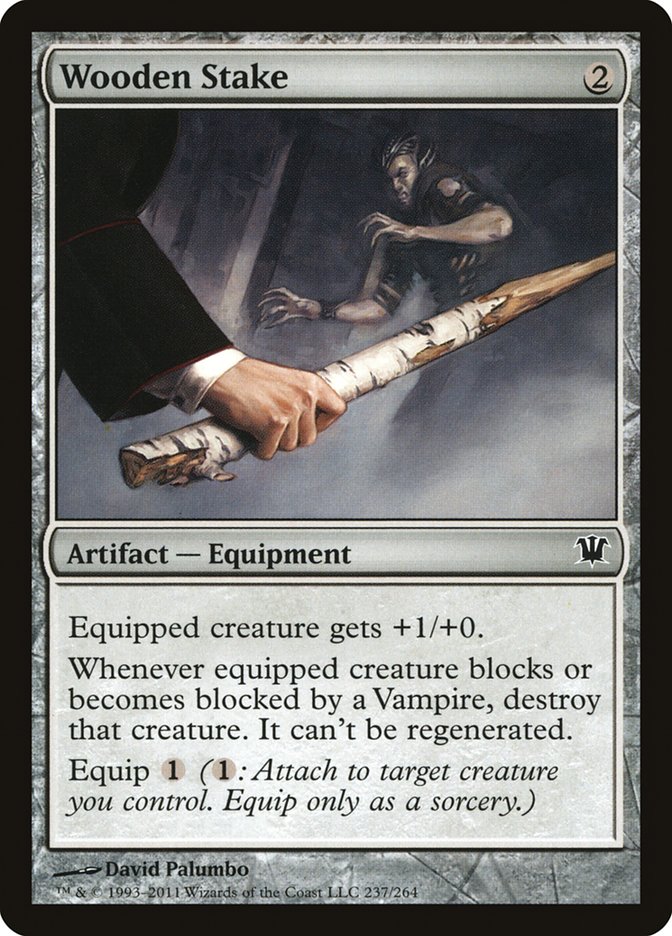
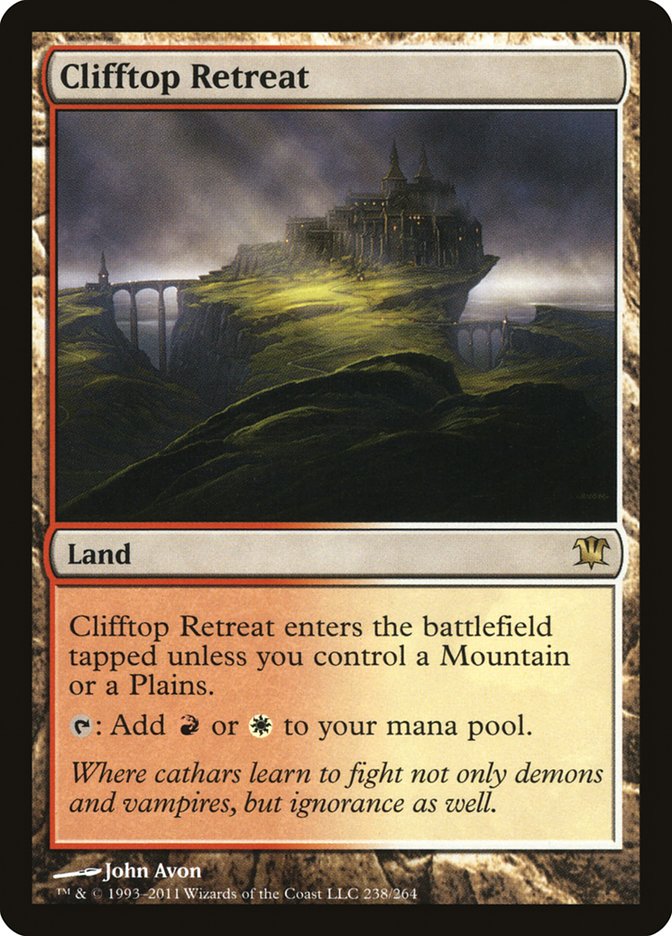


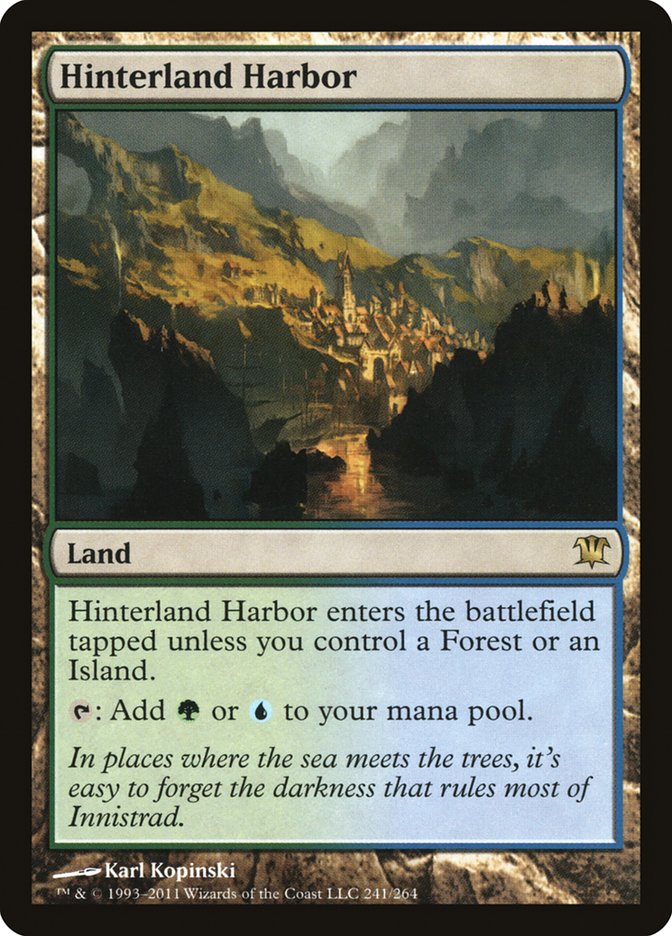
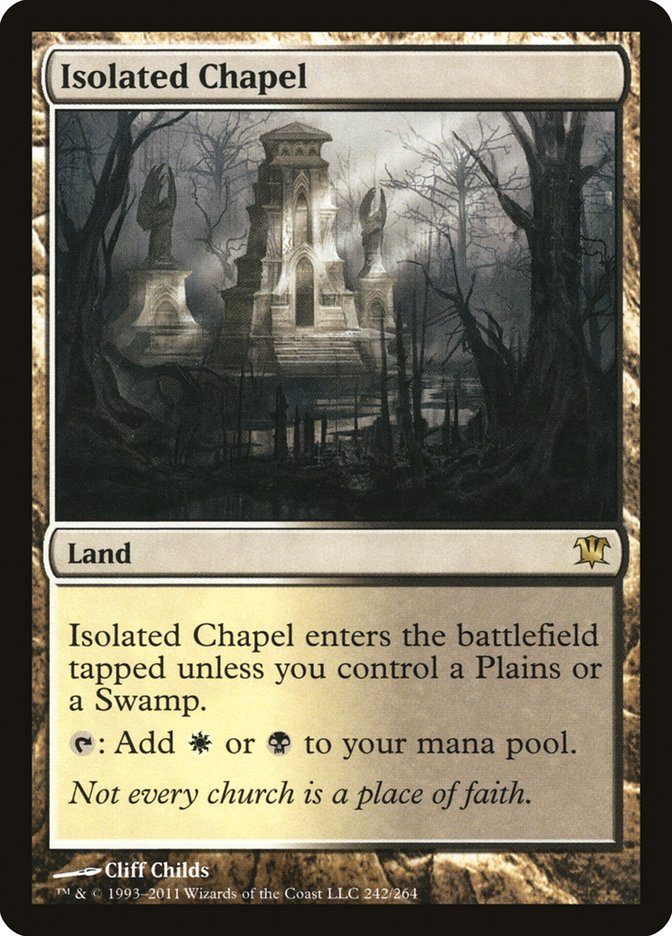

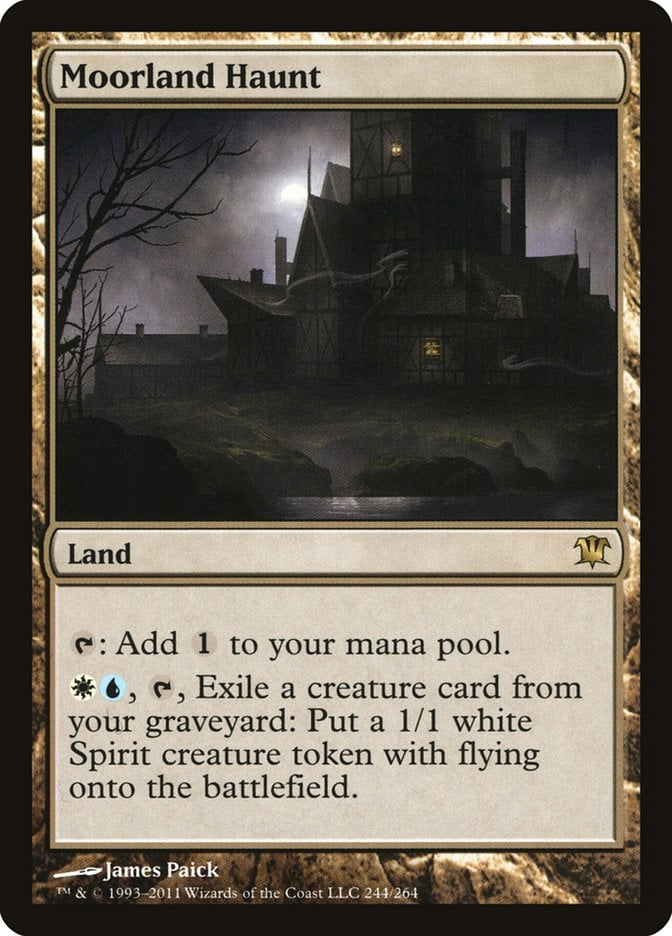
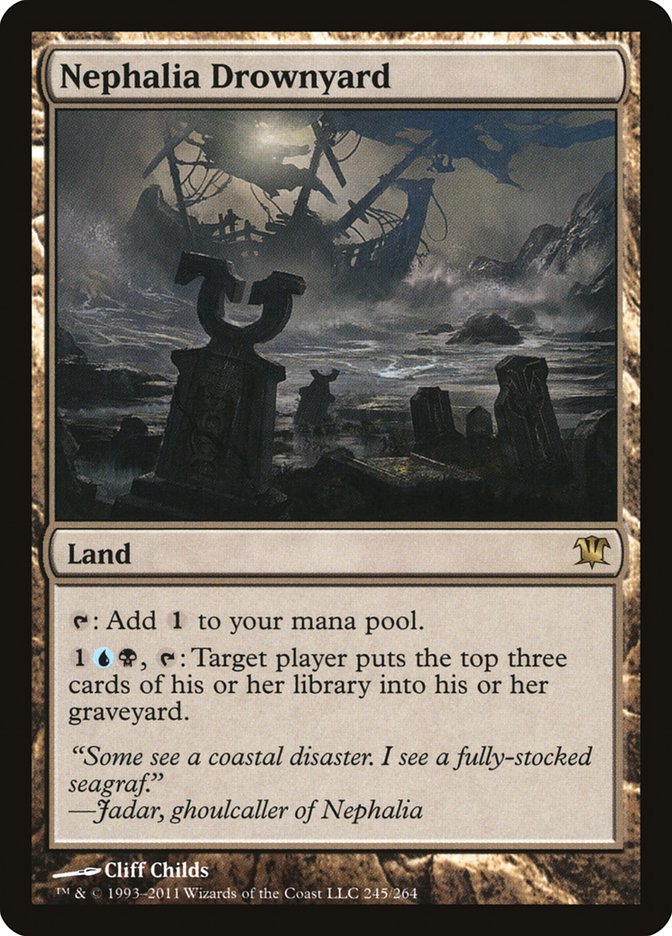
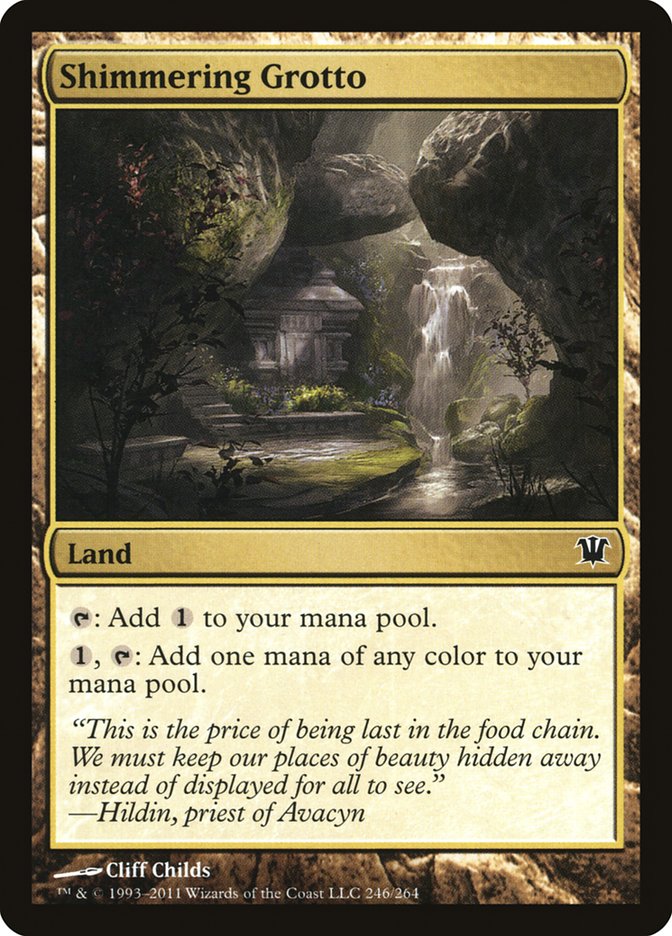
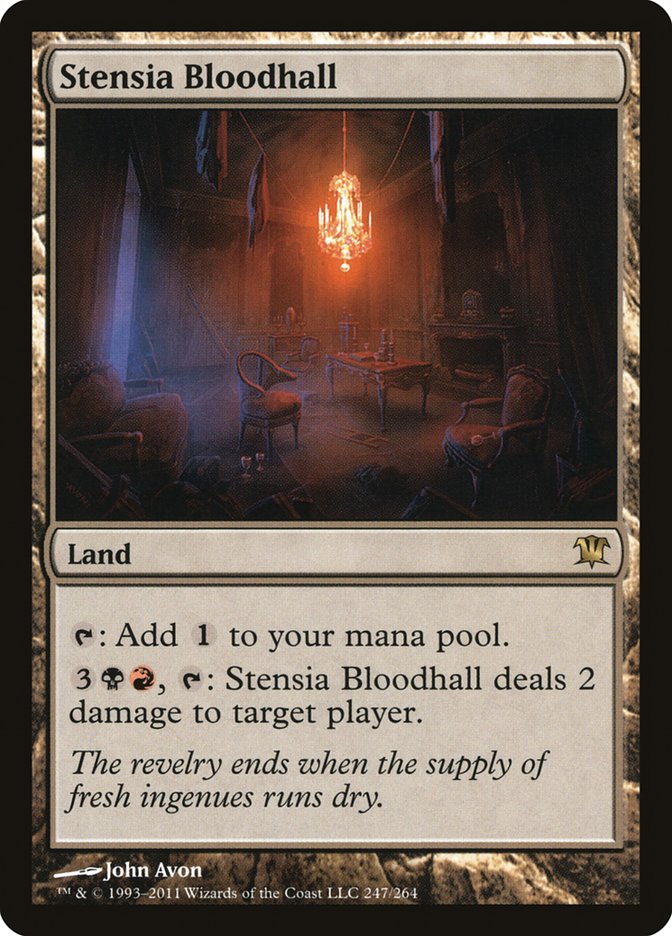
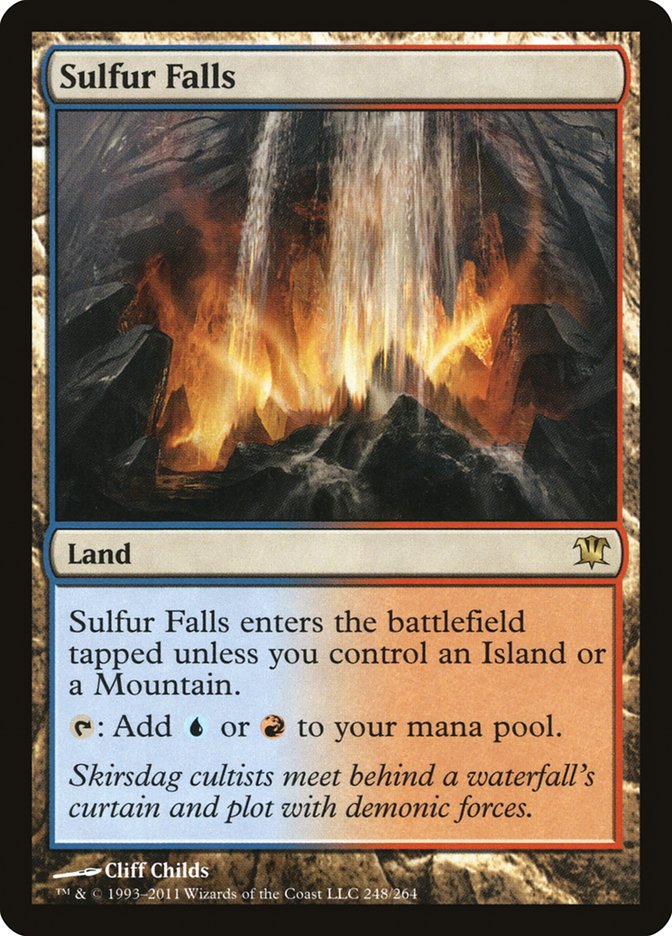
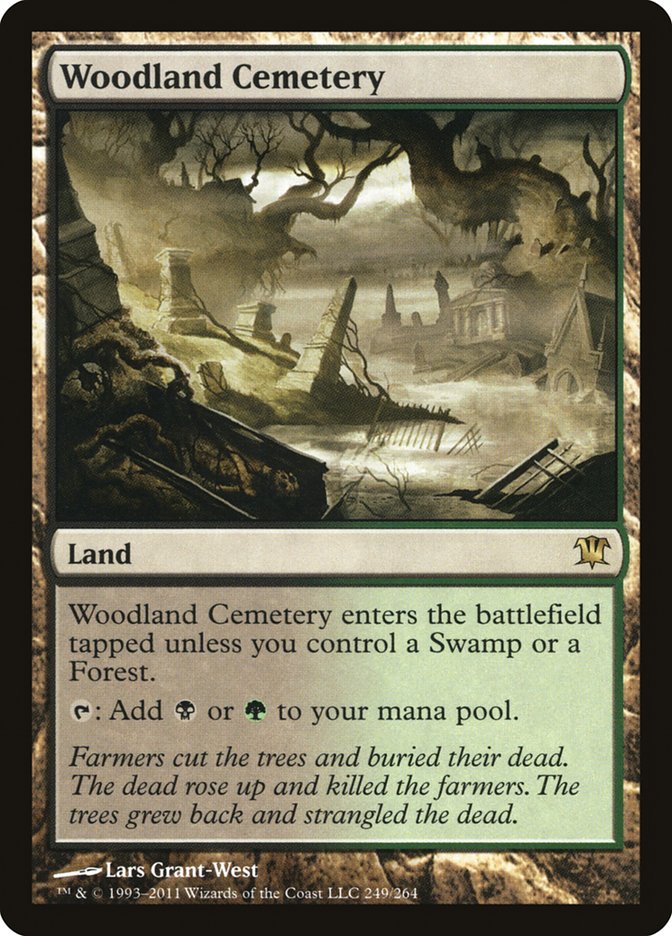

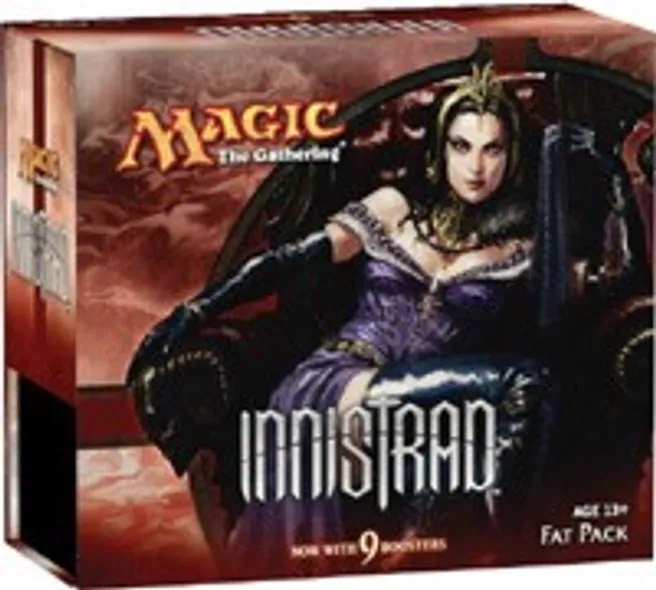
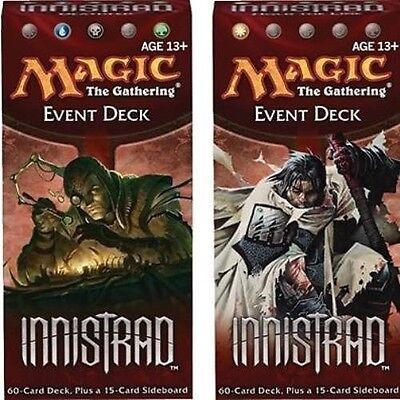


Add Comment